World war one trench mortar Stock Photos and Images
(326)See world war one trench mortar stock video clipsQuick filters:
World war one trench mortar Stock Photos and Images
 WWI Belgian soldiers loading trench mortar with bomb at Diksmuide, West Flanders during the First World War One, Belgium Stock Photohttps://www.alamy.com/image-license-details/?v=1https://www.alamy.com/stock-photo-wwi-belgian-soldiers-loading-trench-mortar-with-bomb-at-diksmuide-29203725.html
WWI Belgian soldiers loading trench mortar with bomb at Diksmuide, West Flanders during the First World War One, Belgium Stock Photohttps://www.alamy.com/image-license-details/?v=1https://www.alamy.com/stock-photo-wwi-belgian-soldiers-loading-trench-mortar-with-bomb-at-diksmuide-29203725.htmlRMBKE9J5–WWI Belgian soldiers loading trench mortar with bomb at Diksmuide, West Flanders during the First World War One, Belgium
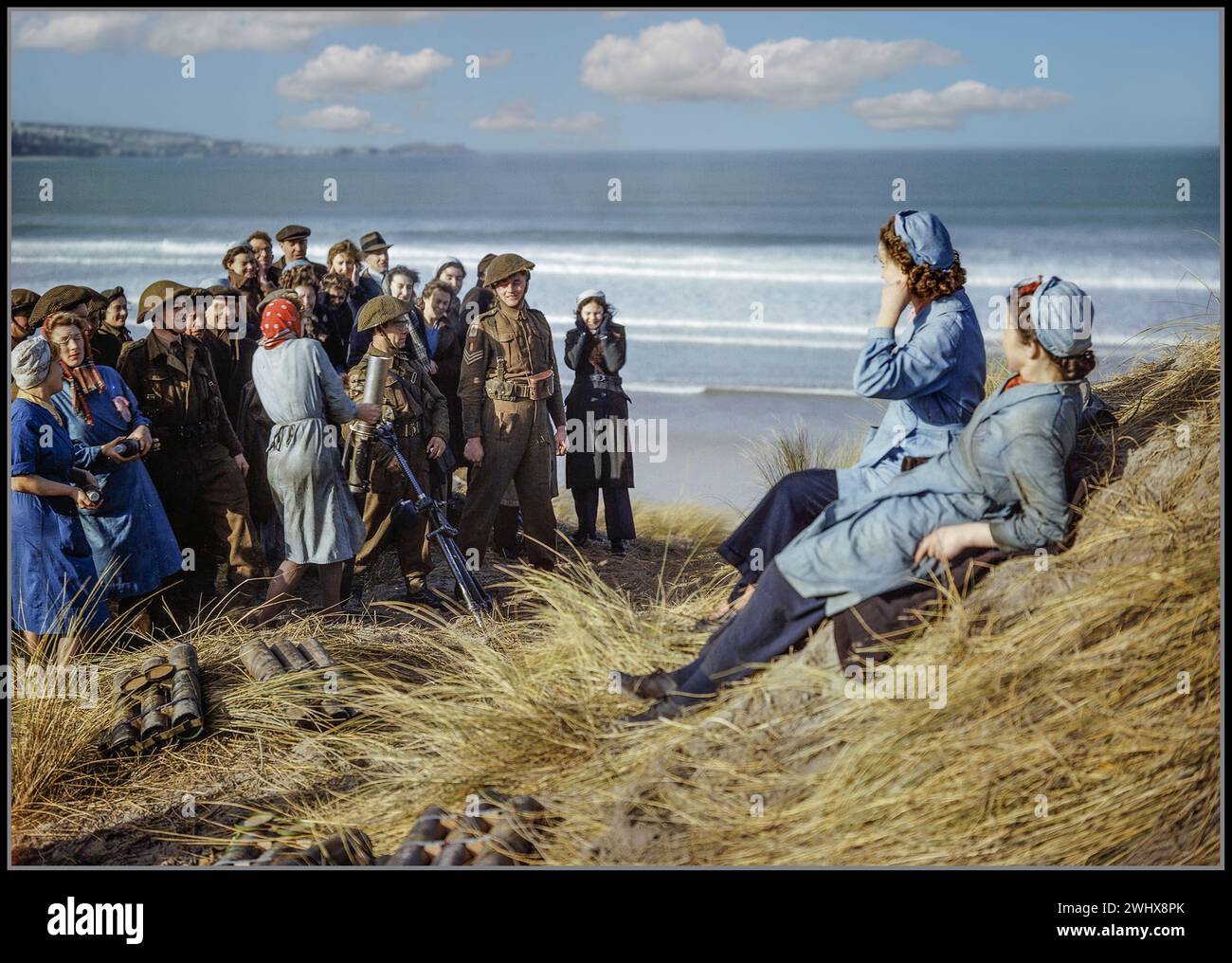 WW2 British UK Women workers from the small West Country arms factory of J & F Pool Ltd in Hayle, Cornwall, are given a mortar firing demonstration, 1943. Women war workers from the small West Country arms factory of J & F Pool Ltd in Hayle, Cornwall, which had produced one million trench mortar bombs, being shown how to fire the bombs on a range. World War II Second World War Date 1943 Stock Photohttps://www.alamy.com/image-license-details/?v=1https://www.alamy.com/ww2-british-uk-women-workers-from-the-small-west-country-arms-factory-of-j-f-pool-ltd-in-hayle-cornwall-are-given-a-mortar-firing-demonstration-1943-women-war-workers-from-the-small-west-country-arms-factory-of-j-f-pool-ltd-in-hayle-cornwall-which-had-produced-one-million-trench-mortar-bombs-being-shown-how-to-fire-the-bombs-on-a-range-world-war-ii-second-world-war-date-1943-image596179323.html
WW2 British UK Women workers from the small West Country arms factory of J & F Pool Ltd in Hayle, Cornwall, are given a mortar firing demonstration, 1943. Women war workers from the small West Country arms factory of J & F Pool Ltd in Hayle, Cornwall, which had produced one million trench mortar bombs, being shown how to fire the bombs on a range. World War II Second World War Date 1943 Stock Photohttps://www.alamy.com/image-license-details/?v=1https://www.alamy.com/ww2-british-uk-women-workers-from-the-small-west-country-arms-factory-of-j-f-pool-ltd-in-hayle-cornwall-are-given-a-mortar-firing-demonstration-1943-women-war-workers-from-the-small-west-country-arms-factory-of-j-f-pool-ltd-in-hayle-cornwall-which-had-produced-one-million-trench-mortar-bombs-being-shown-how-to-fire-the-bombs-on-a-range-world-war-ii-second-world-war-date-1943-image596179323.htmlRM2WHX8PK–WW2 British UK Women workers from the small West Country arms factory of J & F Pool Ltd in Hayle, Cornwall, are given a mortar firing demonstration, 1943. Women war workers from the small West Country arms factory of J & F Pool Ltd in Hayle, Cornwall, which had produced one million trench mortar bombs, being shown how to fire the bombs on a range. World War II Second World War Date 1943
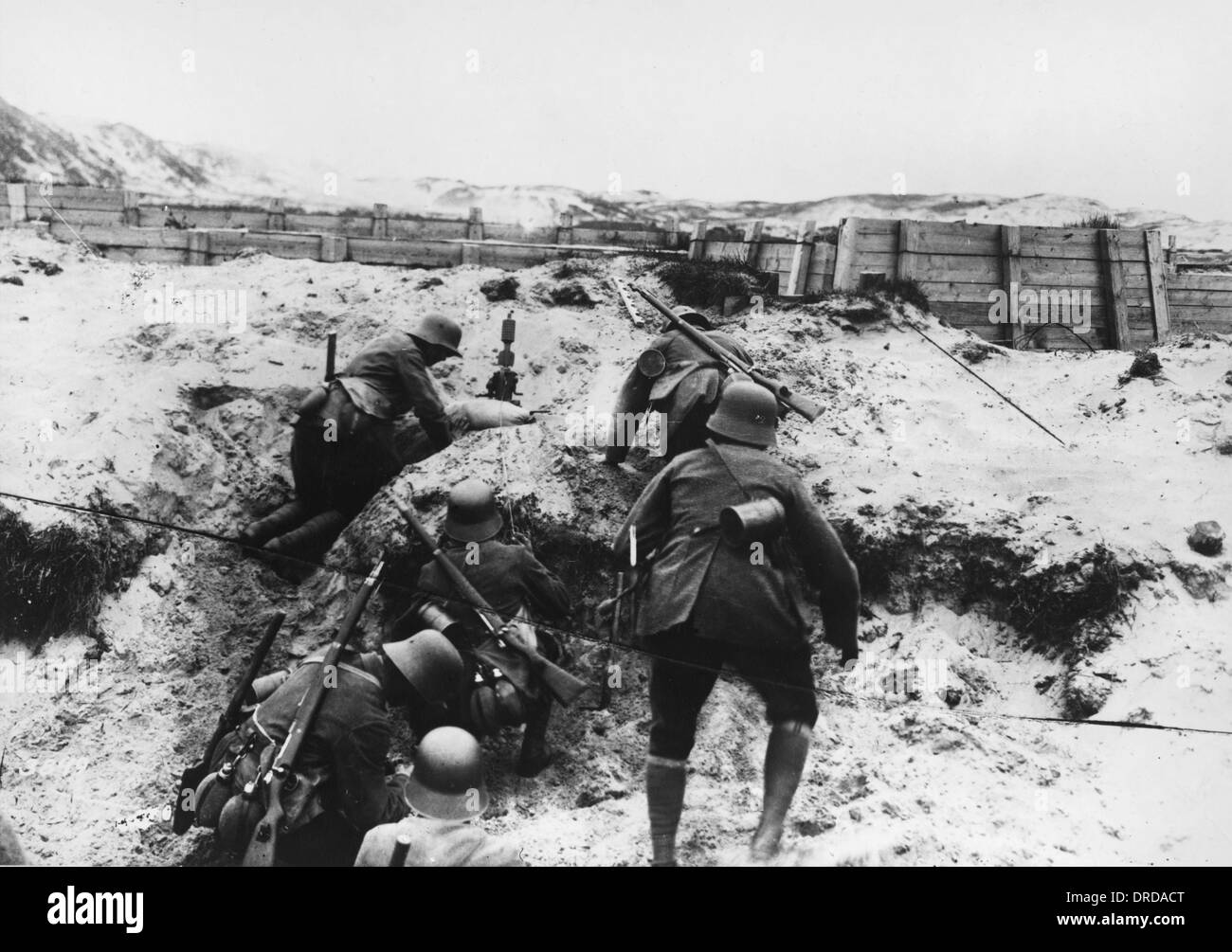 German trench mortar WWI Stock Photohttps://www.alamy.com/image-license-details/?v=1https://www.alamy.com/german-trench-mortar-wwi-image66061768.html
German trench mortar WWI Stock Photohttps://www.alamy.com/image-license-details/?v=1https://www.alamy.com/german-trench-mortar-wwi-image66061768.htmlRMDRDACT–German trench mortar WWI
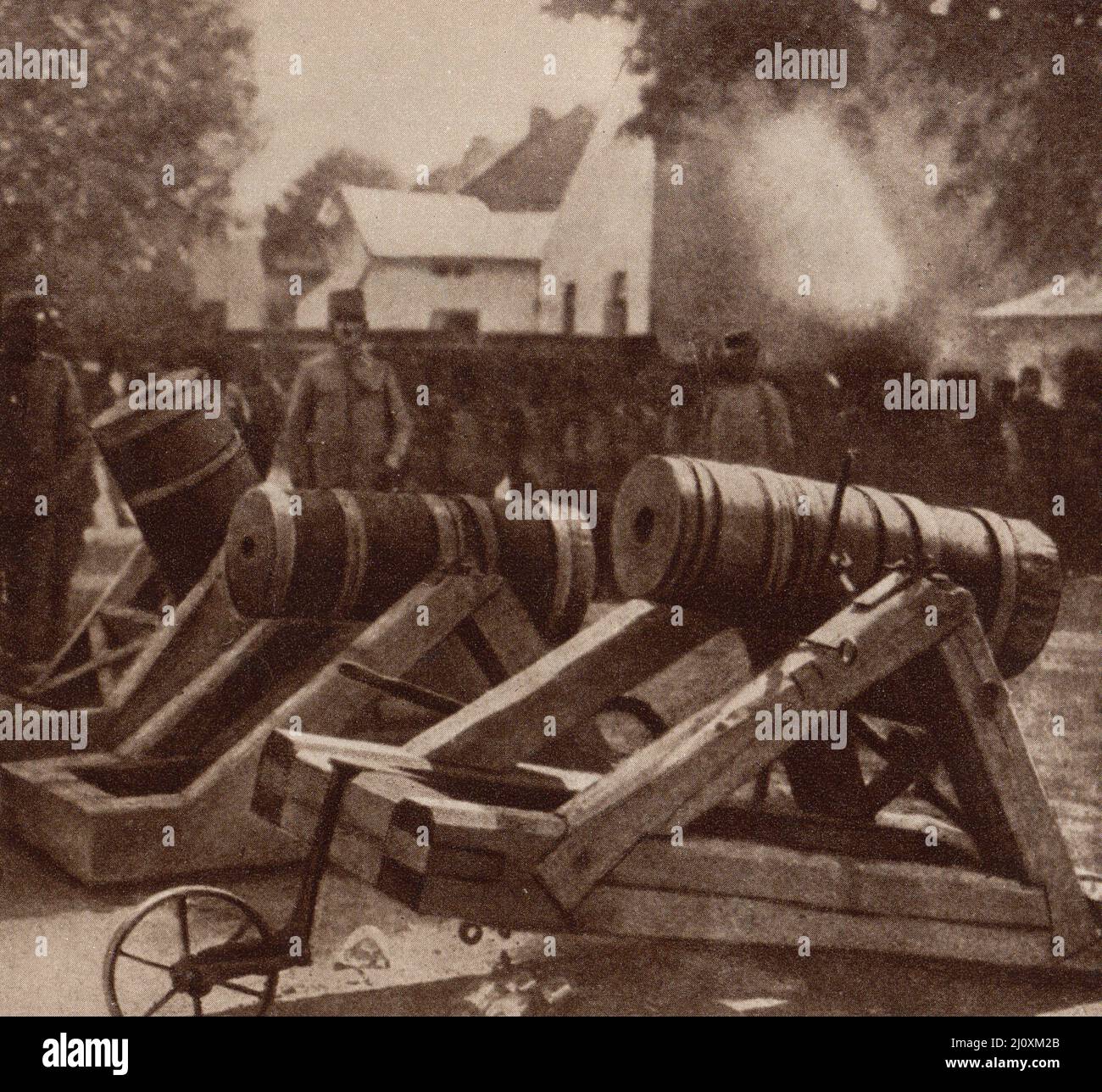 1st World War; Russian trench mortars used in Poland, circa 1915. Black and white photograph Stock Photohttps://www.alamy.com/image-license-details/?v=1https://www.alamy.com/1st-world-war-russian-trench-mortars-used-in-poland-circa-1915-black-and-white-photograph-image465266435.html
1st World War; Russian trench mortars used in Poland, circa 1915. Black and white photograph Stock Photohttps://www.alamy.com/image-license-details/?v=1https://www.alamy.com/1st-world-war-russian-trench-mortars-used-in-poland-circa-1915-black-and-white-photograph-image465266435.htmlRM2J0XM2B–1st World War; Russian trench mortars used in Poland, circa 1915. Black and white photograph
 Illustrated War News - Dog in a trench mortar, WW1 Stock Photohttps://www.alamy.com/image-license-details/?v=1https://www.alamy.com/stock-photo-illustrated-war-news-dog-in-a-trench-mortar-ww1-105345653.html
Illustrated War News - Dog in a trench mortar, WW1 Stock Photohttps://www.alamy.com/image-license-details/?v=1https://www.alamy.com/stock-photo-illustrated-war-news-dog-in-a-trench-mortar-ww1-105345653.htmlRMG3AWCN–Illustrated War News - Dog in a trench mortar, WW1
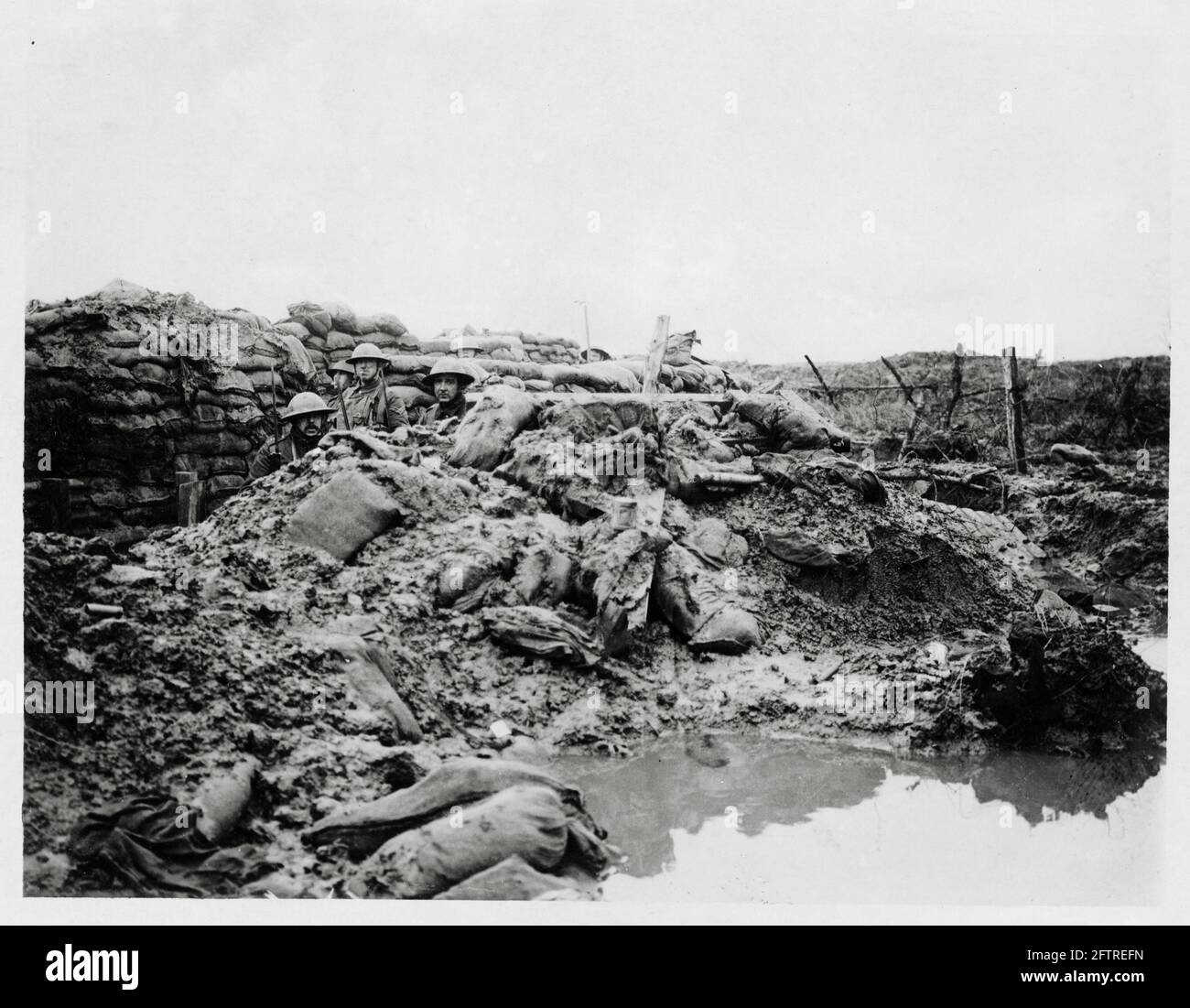 World War One, WWI, Western Front - A destroyed British trench caused by a German mortar, (a 'minnie'), France Stock Photohttps://www.alamy.com/image-license-details/?v=1https://www.alamy.com/world-war-one-wwi-western-front-a-destroyed-british-trench-caused-by-a-german-mortar-a-minnie-france-image428316889.html
World War One, WWI, Western Front - A destroyed British trench caused by a German mortar, (a 'minnie'), France Stock Photohttps://www.alamy.com/image-license-details/?v=1https://www.alamy.com/world-war-one-wwi-western-front-a-destroyed-british-trench-caused-by-a-german-mortar-a-minnie-france-image428316889.htmlRM2FTREFN–World War One, WWI, Western Front - A destroyed British trench caused by a German mortar, (a 'minnie'), France
 German World War One trench mortar with the Sanctuary Wood trenches in the background. Stock Photohttps://www.alamy.com/image-license-details/?v=1https://www.alamy.com/stock-photo-german-world-war-one-trench-mortar-with-the-sanctuary-wood-trenches-54151577.html
German World War One trench mortar with the Sanctuary Wood trenches in the background. Stock Photohttps://www.alamy.com/image-license-details/?v=1https://www.alamy.com/stock-photo-german-world-war-one-trench-mortar-with-the-sanctuary-wood-trenches-54151577.htmlRMD42PTW–German World War One trench mortar with the Sanctuary Wood trenches in the background.
 A captured German 25cm Albrecht Morser trench mortar emplacement between Hamel and Beaumont Hamel, seen in November 1916. Stock Photohttps://www.alamy.com/image-license-details/?v=1https://www.alamy.com/a-captured-german-25cm-albrecht-morser-trench-mortar-emplacement-between-hamel-and-beaumont-hamel-seen-in-november-1916-image466002970.html
A captured German 25cm Albrecht Morser trench mortar emplacement between Hamel and Beaumont Hamel, seen in November 1916. Stock Photohttps://www.alamy.com/image-license-details/?v=1https://www.alamy.com/a-captured-german-25cm-albrecht-morser-trench-mortar-emplacement-between-hamel-and-beaumont-hamel-seen-in-november-1916-image466002970.htmlRM2J247F6–A captured German 25cm Albrecht Morser trench mortar emplacement between Hamel and Beaumont Hamel, seen in November 1916.
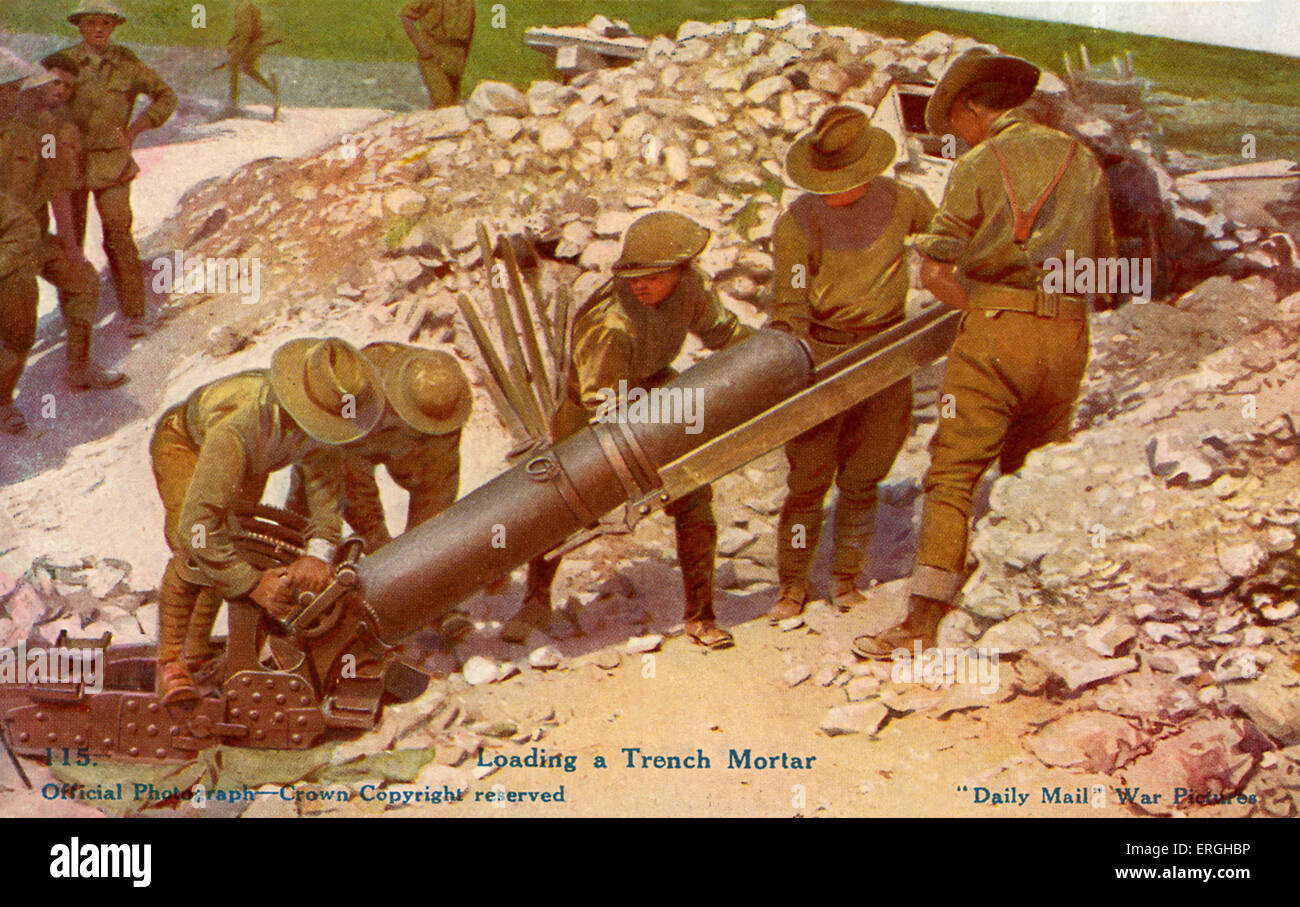 World War 1: British soldiers loading a trench mortar (indirect fire weapon that fires explosive projectiles). British Official Stock Photohttps://www.alamy.com/image-license-details/?v=1https://www.alamy.com/stock-photo-world-war-1-british-soldiers-loading-a-trench-mortar-indirect-fire-83343450.html
World War 1: British soldiers loading a trench mortar (indirect fire weapon that fires explosive projectiles). British Official Stock Photohttps://www.alamy.com/image-license-details/?v=1https://www.alamy.com/stock-photo-world-war-1-british-soldiers-loading-a-trench-mortar-indirect-fire-83343450.htmlRMERGHBP–World War 1: British soldiers loading a trench mortar (indirect fire weapon that fires explosive projectiles). British Official
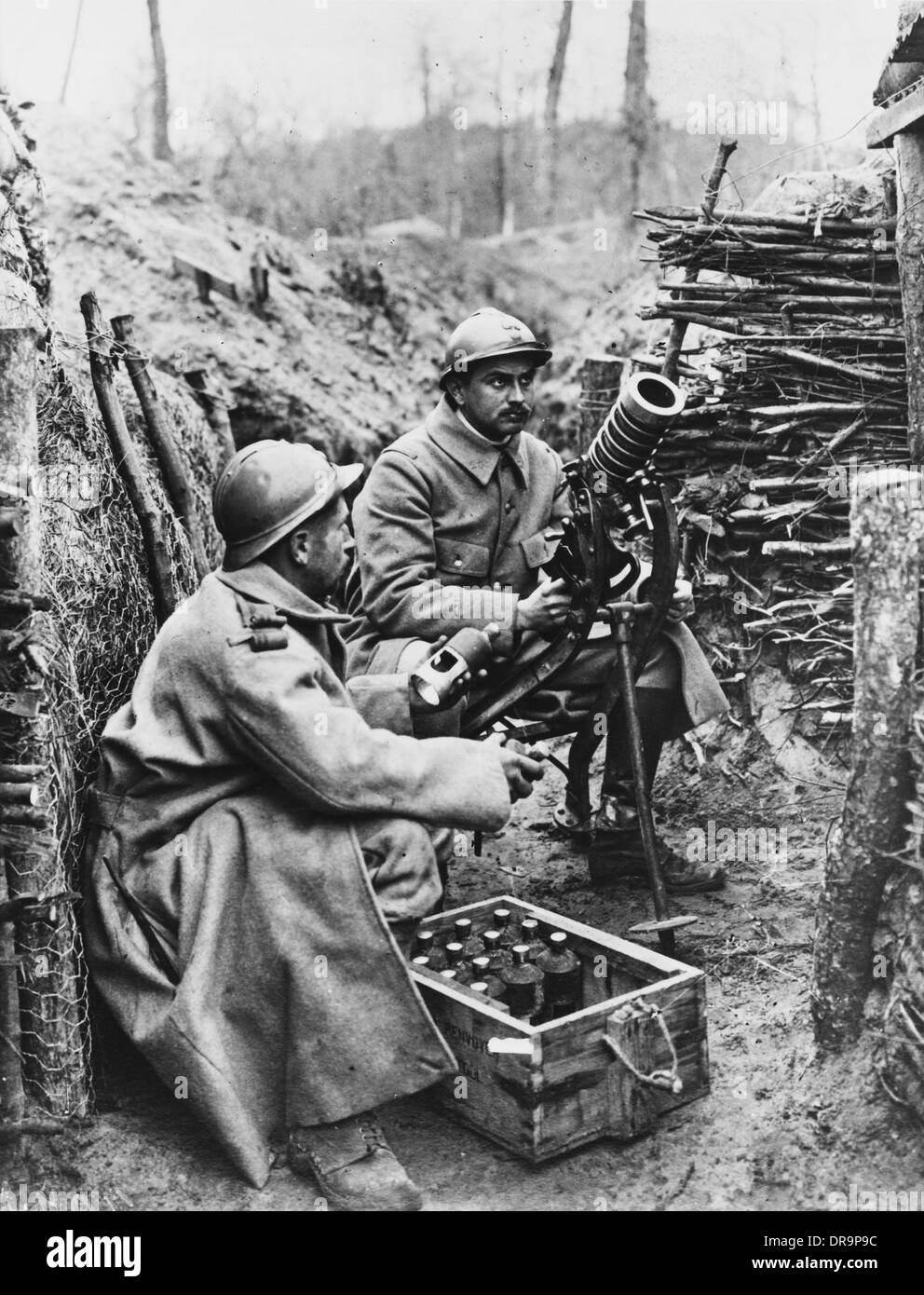 French soldiers in a trench 1916 Stock Photohttps://www.alamy.com/image-license-details/?v=1https://www.alamy.com/french-soldiers-in-a-trench-1916-image65983272.html
French soldiers in a trench 1916 Stock Photohttps://www.alamy.com/image-license-details/?v=1https://www.alamy.com/french-soldiers-in-a-trench-1916-image65983272.htmlRMDR9P9C–French soldiers in a trench 1916
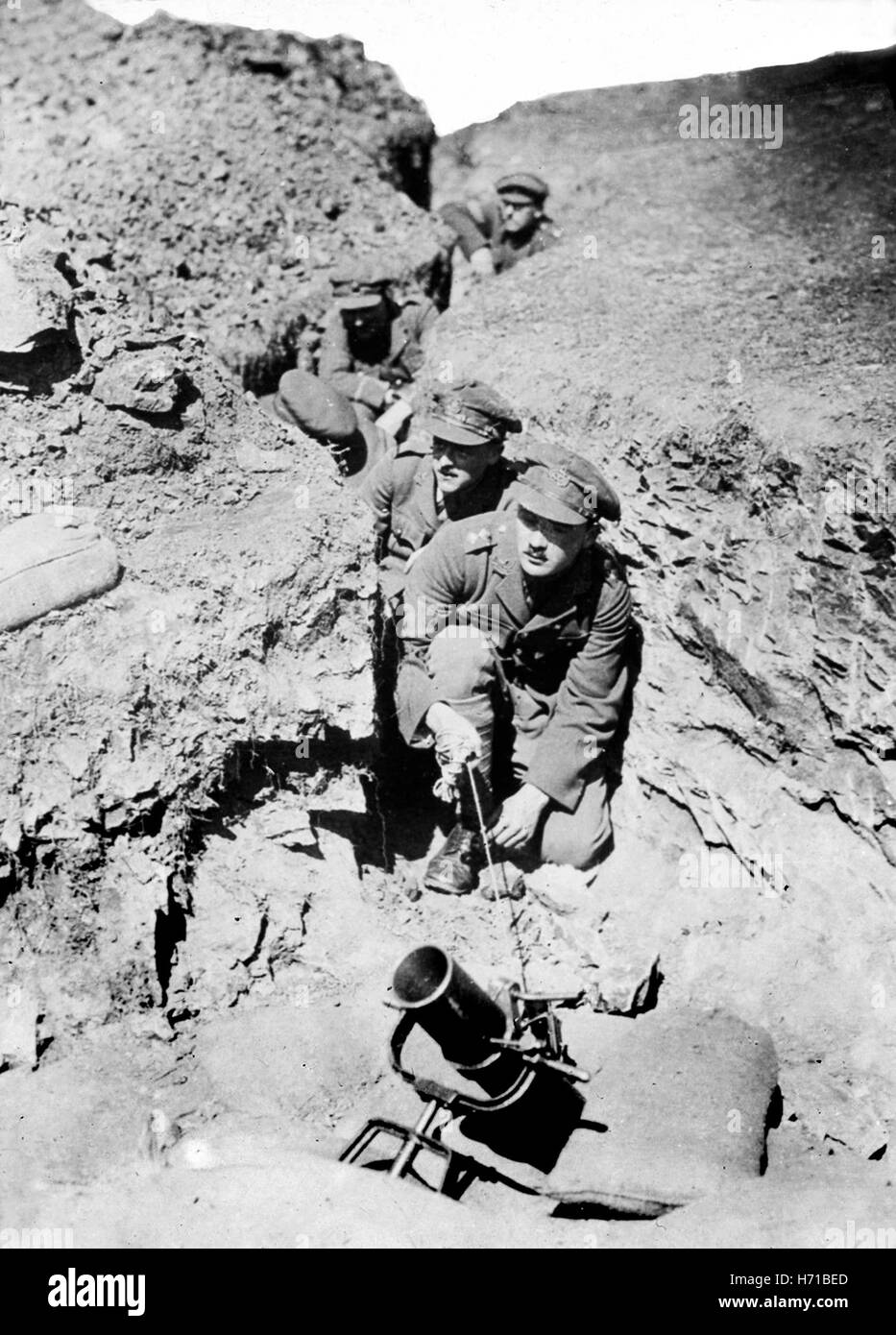 WW1 World War One 1914-18 British artillery firing amunition from Trench Mortar during First World War 1916 Stock Photohttps://www.alamy.com/image-license-details/?v=1https://www.alamy.com/stock-photo-ww1-world-war-one-1914-18-british-artillery-firing-amunition-from-124806149.html
WW1 World War One 1914-18 British artillery firing amunition from Trench Mortar during First World War 1916 Stock Photohttps://www.alamy.com/image-license-details/?v=1https://www.alamy.com/stock-photo-ww1-world-war-one-1914-18-british-artillery-firing-amunition-from-124806149.htmlRMH71BED–WW1 World War One 1914-18 British artillery firing amunition from Trench Mortar during First World War 1916
 Three New Zealand soldiers using a trench mortar in Le Quesnoy, France, during World War I, Three New Zealand soldiers with a 6 inch trench mortar at Le Quesnoy, France, during World War I. One of the soldiers is sponging out between the rounds. Photograph taken in October 1918 Stock Photohttps://www.alamy.com/image-license-details/?v=1https://www.alamy.com/three-new-zealand-soldiers-using-a-trench-mortar-in-le-quesnoy-france-during-world-war-i-three-new-zealand-soldiers-with-a-6-inch-trench-mortar-at-le-quesnoy-france-during-world-war-i-one-of-the-soldiers-is-sponging-out-between-the-rounds-photograph-taken-in-october-1918-image573403197.html
Three New Zealand soldiers using a trench mortar in Le Quesnoy, France, during World War I, Three New Zealand soldiers with a 6 inch trench mortar at Le Quesnoy, France, during World War I. One of the soldiers is sponging out between the rounds. Photograph taken in October 1918 Stock Photohttps://www.alamy.com/image-license-details/?v=1https://www.alamy.com/three-new-zealand-soldiers-using-a-trench-mortar-in-le-quesnoy-france-during-world-war-i-three-new-zealand-soldiers-with-a-6-inch-trench-mortar-at-le-quesnoy-france-during-world-war-i-one-of-the-soldiers-is-sponging-out-between-the-rounds-photograph-taken-in-october-1918-image573403197.htmlRM2T8TNHH–Three New Zealand soldiers using a trench mortar in Le Quesnoy, France, during World War I, Three New Zealand soldiers with a 6 inch trench mortar at Le Quesnoy, France, during World War I. One of the soldiers is sponging out between the rounds. Photograph taken in October 1918
 French Army and equipment. Stock Photohttps://www.alamy.com/image-license-details/?v=1https://www.alamy.com/stock-photo-french-army-and-equipment-91709595.html
French Army and equipment. Stock Photohttps://www.alamy.com/image-license-details/?v=1https://www.alamy.com/stock-photo-french-army-and-equipment-91709595.htmlRMF95MEK–French Army and equipment.
 German trench mortar WWI Stock Photohttps://www.alamy.com/image-license-details/?v=1https://www.alamy.com/german-trench-mortar-wwi-image66063641.html
German trench mortar WWI Stock Photohttps://www.alamy.com/image-license-details/?v=1https://www.alamy.com/german-trench-mortar-wwi-image66063641.htmlRMDRDCRN–German trench mortar WWI
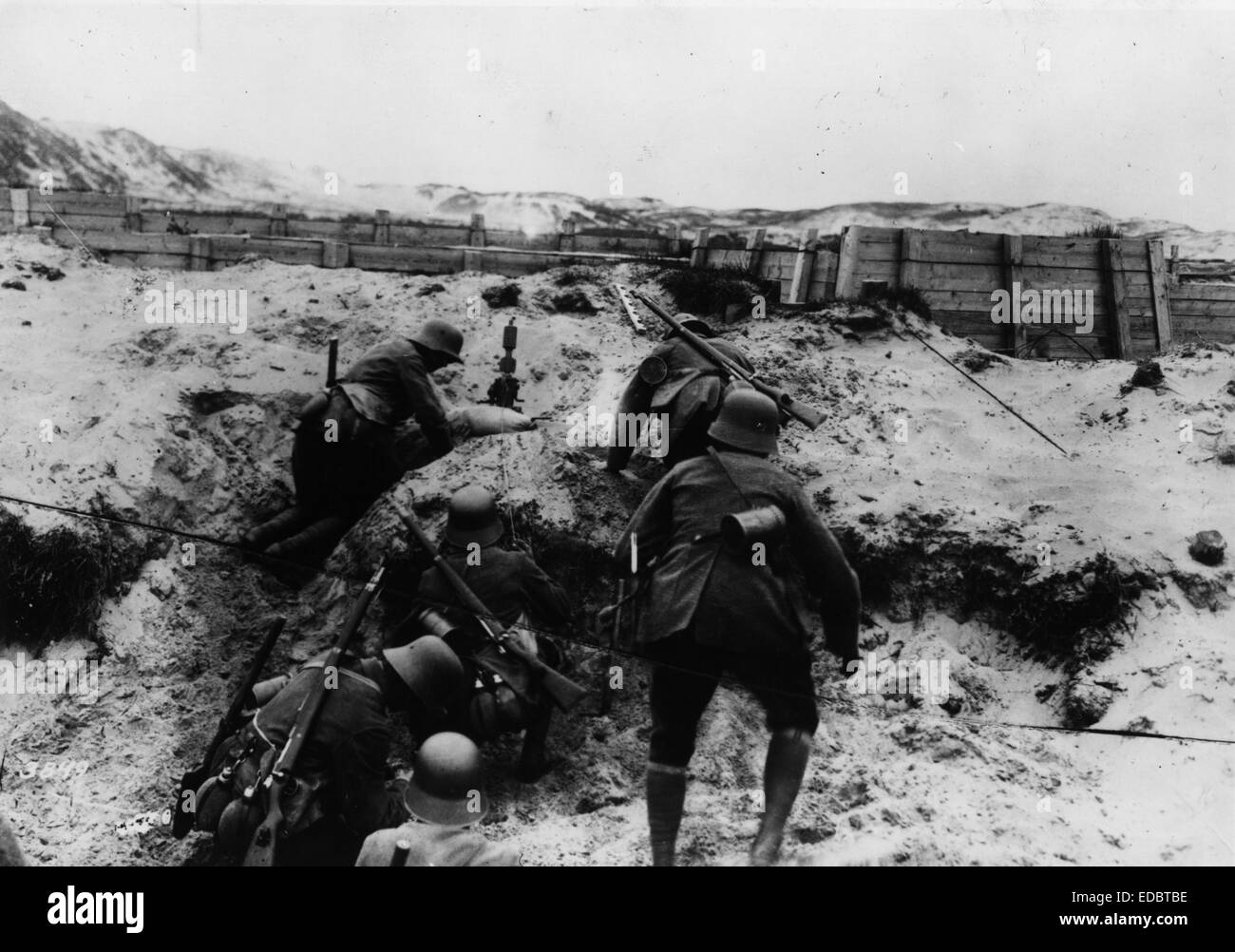 Germany - Belgium, 1914-18. Stock Photohttps://www.alamy.com/image-license-details/?v=1https://www.alamy.com/stock-photo-germany-belgium-1914-18-77092610.html
Germany - Belgium, 1914-18. Stock Photohttps://www.alamy.com/image-license-details/?v=1https://www.alamy.com/stock-photo-germany-belgium-1914-18-77092610.htmlRMEDBTBE–Germany - Belgium, 1914-18.
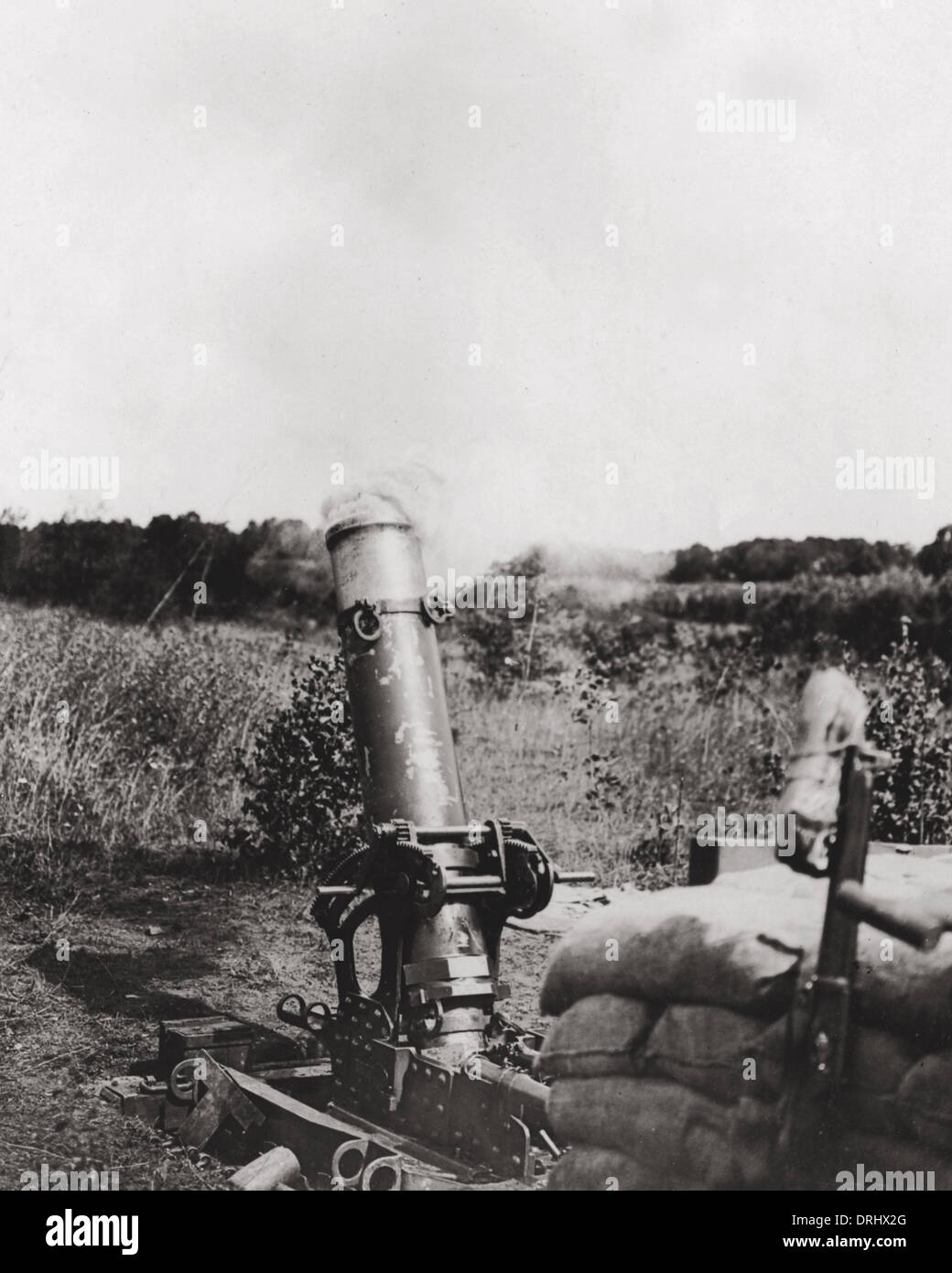 British heavy trench mortar, Western Front, WW1 Stock Photohttps://www.alamy.com/image-license-details/?v=1https://www.alamy.com/british-heavy-trench-mortar-western-front-ww1-image66161832.html
British heavy trench mortar, Western Front, WW1 Stock Photohttps://www.alamy.com/image-license-details/?v=1https://www.alamy.com/british-heavy-trench-mortar-western-front-ww1-image66161832.htmlRMDRHX2G–British heavy trench mortar, Western Front, WW1
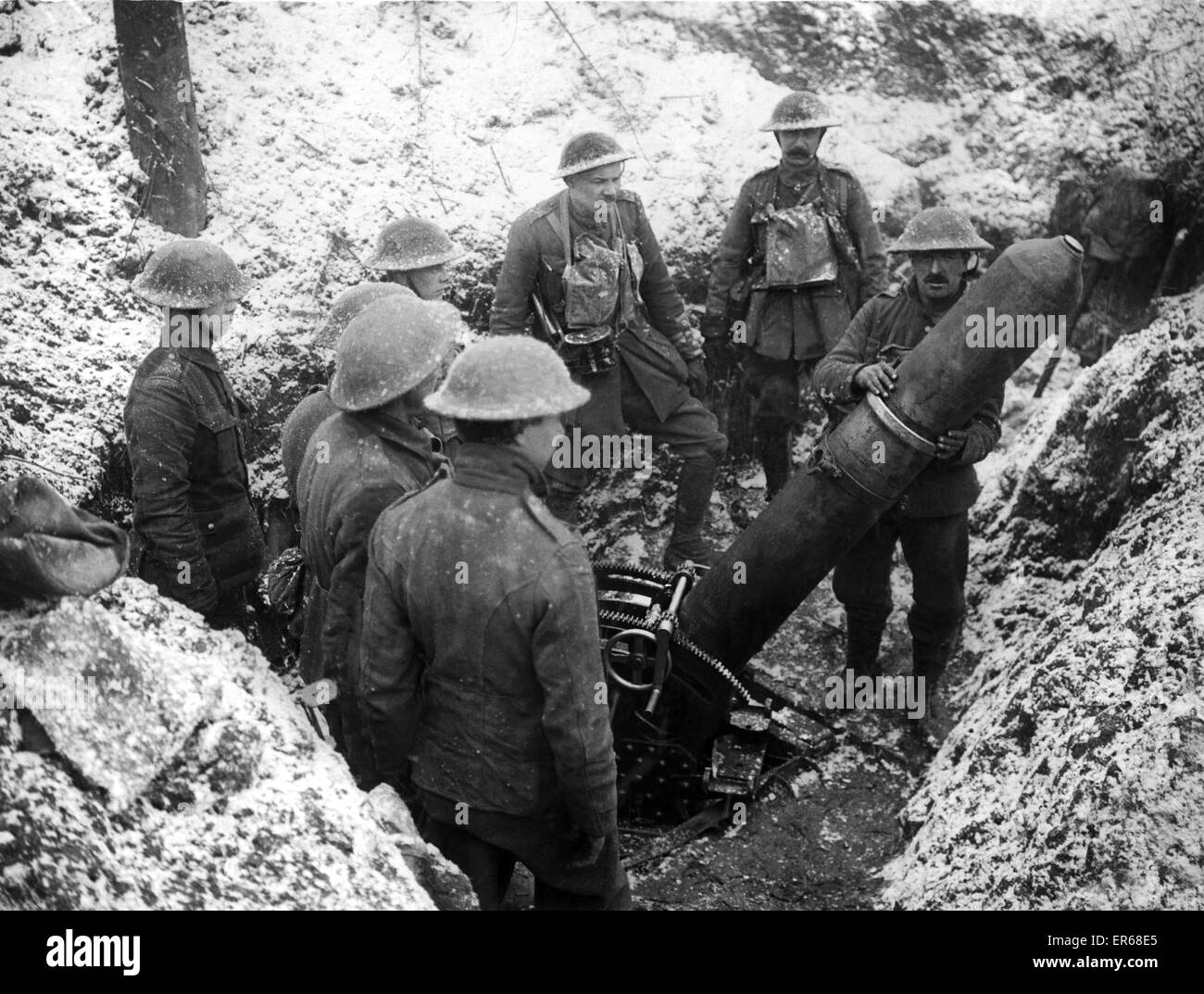 Demonstration of British 9.45 inch trench mortar, in an old German trench in Pigeon Wood, Gommecourt, viewed from front of trench. 17th March 1917 Stock Photohttps://www.alamy.com/image-license-details/?v=1https://www.alamy.com/stock-photo-demonstration-of-british-945-inch-trench-mortar-in-an-old-german-trench-83116941.html
Demonstration of British 9.45 inch trench mortar, in an old German trench in Pigeon Wood, Gommecourt, viewed from front of trench. 17th March 1917 Stock Photohttps://www.alamy.com/image-license-details/?v=1https://www.alamy.com/stock-photo-demonstration-of-british-945-inch-trench-mortar-in-an-old-german-trench-83116941.htmlRMER68E5–Demonstration of British 9.45 inch trench mortar, in an old German trench in Pigeon Wood, Gommecourt, viewed from front of trench. 17th March 1917
 Fields pocked with craters and full of unexploded bombs from WWI near the Canadian National Vimy Memorial (First World War Memorial) near Arras. Stock Photohttps://www.alamy.com/image-license-details/?v=1https://www.alamy.com/fields-pocked-with-craters-and-full-of-unexploded-bombs-from-wwi-near-the-canadian-national-vimy-memorial-first-world-war-memorial-near-arras-image337641082.html
Fields pocked with craters and full of unexploded bombs from WWI near the Canadian National Vimy Memorial (First World War Memorial) near Arras. Stock Photohttps://www.alamy.com/image-license-details/?v=1https://www.alamy.com/fields-pocked-with-craters-and-full-of-unexploded-bombs-from-wwi-near-the-canadian-national-vimy-memorial-first-world-war-memorial-near-arras-image337641082.htmlRF2AH8TJ2–Fields pocked with craters and full of unexploded bombs from WWI near the Canadian National Vimy Memorial (First World War Memorial) near Arras.
 Sir Wilfred Stokes : 9 April 1860 - 7 February 1927 , was the inventor in 1915 of the Stokes Mortar , which saw extensive use in the latter half of the First World War and was one of the first truly portable mortars . 12 February 1927 Stock Photohttps://www.alamy.com/image-license-details/?v=1https://www.alamy.com/sir-wilfred-stokes-9-april-1860-7-february-1927-was-the-inventor-in-1915-of-the-stokes-mortar-which-saw-extensive-use-in-the-latter-half-of-the-first-world-war-and-was-one-of-the-first-truly-portable-mortars-12-february-1927-image623376921.html
Sir Wilfred Stokes : 9 April 1860 - 7 February 1927 , was the inventor in 1915 of the Stokes Mortar , which saw extensive use in the latter half of the First World War and was one of the first truly portable mortars . 12 February 1927 Stock Photohttps://www.alamy.com/image-license-details/?v=1https://www.alamy.com/sir-wilfred-stokes-9-april-1860-7-february-1927-was-the-inventor-in-1915-of-the-stokes-mortar-which-saw-extensive-use-in-the-latter-half-of-the-first-world-war-and-was-one-of-the-first-truly-portable-mortars-12-february-1927-image623376921.htmlRM2Y657HD–Sir Wilfred Stokes : 9 April 1860 - 7 February 1927 , was the inventor in 1915 of the Stokes Mortar , which saw extensive use in the latter half of the First World War and was one of the first truly portable mortars . 12 February 1927
 WWI Belgian soldier loading trench mortar with bomb at Diksmuide in West Flanders during the First World War One, Belgium Stock Photohttps://www.alamy.com/image-license-details/?v=1https://www.alamy.com/stock-photo-wwi-belgian-soldier-loading-trench-mortar-with-bomb-at-diksmuide-in-29205074.html
WWI Belgian soldier loading trench mortar with bomb at Diksmuide in West Flanders during the First World War One, Belgium Stock Photohttps://www.alamy.com/image-license-details/?v=1https://www.alamy.com/stock-photo-wwi-belgian-soldier-loading-trench-mortar-with-bomb-at-diksmuide-in-29205074.htmlRMBKEBAA–WWI Belgian soldier loading trench mortar with bomb at Diksmuide in West Flanders during the First World War One, Belgium
 Photograph of Australians loading a 9.45 inch Heavy Trench mortar, Battle of Pozieres. Stock Photohttps://www.alamy.com/image-license-details/?v=1https://www.alamy.com/photograph-of-australians-loading-a-945-inch-heavy-trench-mortar-battle-of-pozieres-image462689199.html
Photograph of Australians loading a 9.45 inch Heavy Trench mortar, Battle of Pozieres. Stock Photohttps://www.alamy.com/image-license-details/?v=1https://www.alamy.com/photograph-of-australians-loading-a-945-inch-heavy-trench-mortar-battle-of-pozieres-image462689199.htmlRM2HTN8P7–Photograph of Australians loading a 9.45 inch Heavy Trench mortar, Battle of Pozieres.
 This image is a diagram that shows trench and mortar emplacements during World War One. It depicts the difference in appearance based on the direction of light. The diagram also includes details on the plan of construction, head cover, and method of storing ammunition from captured emplacements near Fricourt. Stock Photohttps://www.alamy.com/image-license-details/?v=1https://www.alamy.com/this-image-is-a-diagram-that-shows-trench-and-mortar-emplacements-during-world-war-one-it-depicts-the-difference-in-appearance-based-on-the-direction-of-light-the-diagram-also-includes-details-on-the-plan-of-construction-head-cover-and-method-of-storing-ammunition-from-captured-emplacements-near-fricourt-image558260997.html
This image is a diagram that shows trench and mortar emplacements during World War One. It depicts the difference in appearance based on the direction of light. The diagram also includes details on the plan of construction, head cover, and method of storing ammunition from captured emplacements near Fricourt. Stock Photohttps://www.alamy.com/image-license-details/?v=1https://www.alamy.com/this-image-is-a-diagram-that-shows-trench-and-mortar-emplacements-during-world-war-one-it-depicts-the-difference-in-appearance-based-on-the-direction-of-light-the-diagram-also-includes-details-on-the-plan-of-construction-head-cover-and-method-of-storing-ammunition-from-captured-emplacements-near-fricourt-image558260997.htmlRM2RC6YGN–This image is a diagram that shows trench and mortar emplacements during World War One. It depicts the difference in appearance based on the direction of light. The diagram also includes details on the plan of construction, head cover, and method of storing ammunition from captured emplacements near Fricourt.
 BRITISH TROOPS in France in WWI Stock Photohttps://www.alamy.com/image-license-details/?v=1https://www.alamy.com/stock-photo-british-troops-in-france-in-wwi-23408203.html
BRITISH TROOPS in France in WWI Stock Photohttps://www.alamy.com/image-license-details/?v=1https://www.alamy.com/stock-photo-british-troops-in-france-in-wwi-23408203.htmlRMBA29B7–BRITISH TROOPS in France in WWI
 This photograph shows the 1st Trench Mortar Battery of the 1st Division passing through a French village on their way to the front during World War One. The image was taken by photographer Rico on March 11, 1918 and was issued by the Signal Corps, U.S.A. It was censored and released by the War College Division on March 14, 1918. Stock Photohttps://www.alamy.com/image-license-details/?v=1https://www.alamy.com/this-photograph-shows-the-1st-trench-mortar-battery-of-the-1st-division-passing-through-a-french-village-on-their-way-to-the-front-during-world-war-one-the-image-was-taken-by-photographer-rico-on-march-11-1918-and-was-issued-by-the-signal-corps-usa-it-was-censored-and-released-by-the-war-college-division-on-march-14-1918-image558177566.html
This photograph shows the 1st Trench Mortar Battery of the 1st Division passing through a French village on their way to the front during World War One. The image was taken by photographer Rico on March 11, 1918 and was issued by the Signal Corps, U.S.A. It was censored and released by the War College Division on March 14, 1918. Stock Photohttps://www.alamy.com/image-license-details/?v=1https://www.alamy.com/this-photograph-shows-the-1st-trench-mortar-battery-of-the-1st-division-passing-through-a-french-village-on-their-way-to-the-front-during-world-war-one-the-image-was-taken-by-photographer-rico-on-march-11-1918-and-was-issued-by-the-signal-corps-usa-it-was-censored-and-released-by-the-war-college-division-on-march-14-1918-image558177566.htmlRM2RC3552–This photograph shows the 1st Trench Mortar Battery of the 1st Division passing through a French village on their way to the front during World War One. The image was taken by photographer Rico on March 11, 1918 and was issued by the Signal Corps, U.S.A. It was censored and released by the War College Division on March 14, 1918.
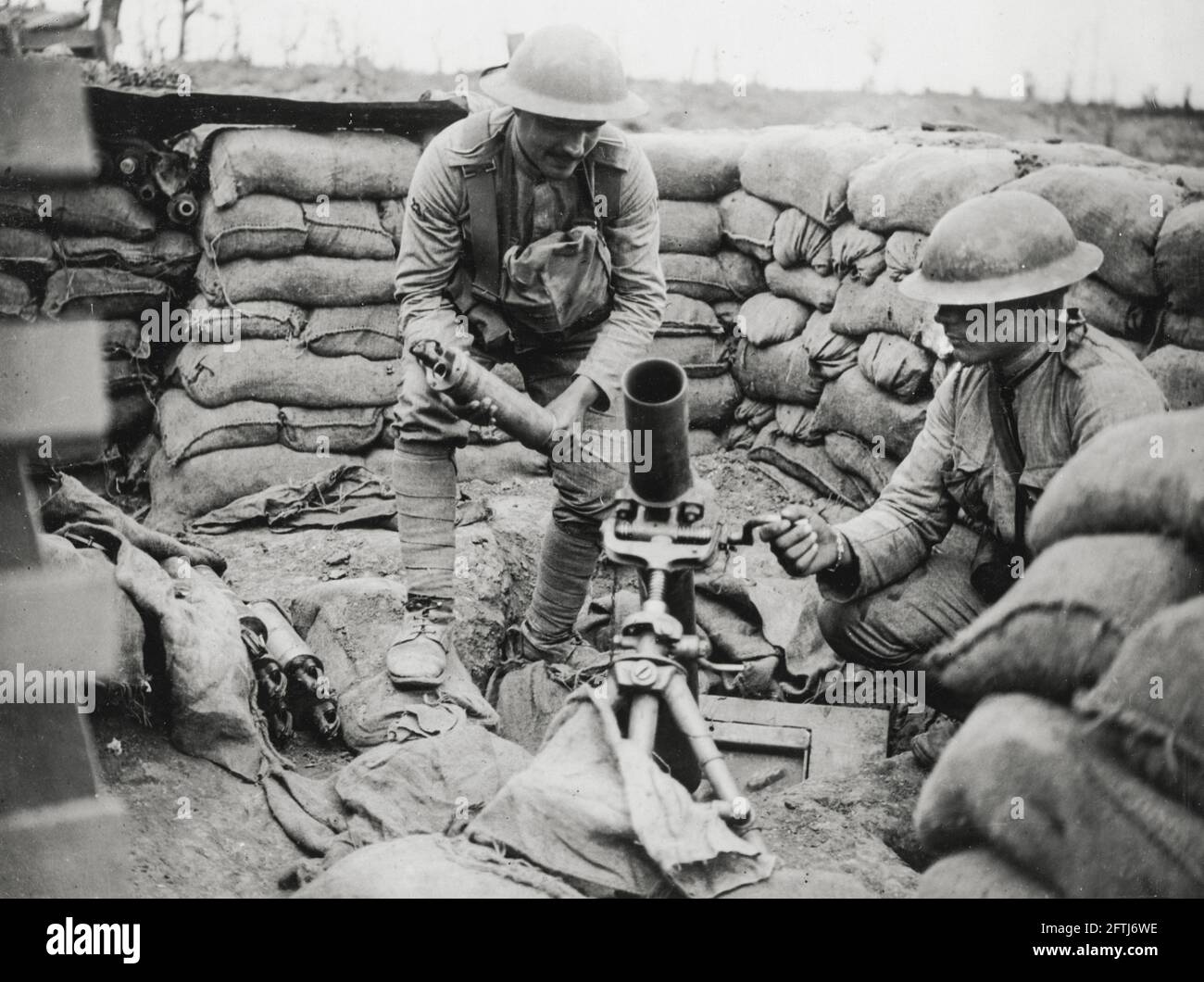 World War One, WWI, Western Front - mortar in action. Stock Photohttps://www.alamy.com/image-license-details/?v=1https://www.alamy.com/world-war-one-wwi-western-front-mortar-in-action-image428201130.html
World War One, WWI, Western Front - mortar in action. Stock Photohttps://www.alamy.com/image-license-details/?v=1https://www.alamy.com/world-war-one-wwi-western-front-mortar-in-action-image428201130.htmlRM2FTJ6WE–World War One, WWI, Western Front - mortar in action.
 German World War One trench mortar with the Sanctuary Wood trenches in the background. Stock Photohttps://www.alamy.com/image-license-details/?v=1https://www.alamy.com/stock-photo-german-world-war-one-trench-mortar-with-the-sanctuary-wood-trenches-53676126.html
German World War One trench mortar with the Sanctuary Wood trenches in the background. Stock Photohttps://www.alamy.com/image-license-details/?v=1https://www.alamy.com/stock-photo-german-world-war-one-trench-mortar-with-the-sanctuary-wood-trenches-53676126.htmlRMD394CE–German World War One trench mortar with the Sanctuary Wood trenches in the background.
 WW1 World War I - Mule and men at the Trench Mortar School, Italy Stock Photohttps://www.alamy.com/image-license-details/?v=1https://www.alamy.com/ww1-world-war-i-mule-and-men-at-the-trench-mortar-school-italy-image574091375.html
WW1 World War I - Mule and men at the Trench Mortar School, Italy Stock Photohttps://www.alamy.com/image-license-details/?v=1https://www.alamy.com/ww1-world-war-i-mule-and-men-at-the-trench-mortar-school-italy-image574091375.htmlRM2TA03BB–WW1 World War I - Mule and men at the Trench Mortar School, Italy
 Sergeant Charles S. Hoover 32nd Division, 158th Field Artillery Brigade During the offensive action near Brabant-sur-Meuse, Sergeant Hoover was in charge of two trench mortars. Wounded by shrapnel and knocked down by the explosion of bombs, he fired the one mortar that was undamaged until it was destroyed. from the book ' Deeds of heroism and bravery : the book of heroes and personal daring ' by Elwyn Alfred Barron and Rupert Hughes, Publication Date 1920 Publisher New York : Harper & Brothers Publishers Stock Photohttps://www.alamy.com/image-license-details/?v=1https://www.alamy.com/sergeant-charles-s-hoover-32nd-division-158th-field-artillery-brigade-during-the-offensive-action-near-brabant-sur-meuse-sergeant-hoover-was-in-charge-of-two-trench-mortars-wounded-by-shrapnel-and-knocked-down-by-the-explosion-of-bombs-he-fired-the-one-mortar-that-was-undamaged-until-it-was-destroyed-from-the-book-deeds-of-heroism-and-bravery-the-book-of-heroes-and-personal-daring-by-elwyn-alfred-barron-and-rupert-hughes-publication-date-1920-publisher-new-york-harper-brothers-publishers-image543772763.html
Sergeant Charles S. Hoover 32nd Division, 158th Field Artillery Brigade During the offensive action near Brabant-sur-Meuse, Sergeant Hoover was in charge of two trench mortars. Wounded by shrapnel and knocked down by the explosion of bombs, he fired the one mortar that was undamaged until it was destroyed. from the book ' Deeds of heroism and bravery : the book of heroes and personal daring ' by Elwyn Alfred Barron and Rupert Hughes, Publication Date 1920 Publisher New York : Harper & Brothers Publishers Stock Photohttps://www.alamy.com/image-license-details/?v=1https://www.alamy.com/sergeant-charles-s-hoover-32nd-division-158th-field-artillery-brigade-during-the-offensive-action-near-brabant-sur-meuse-sergeant-hoover-was-in-charge-of-two-trench-mortars-wounded-by-shrapnel-and-knocked-down-by-the-explosion-of-bombs-he-fired-the-one-mortar-that-was-undamaged-until-it-was-destroyed-from-the-book-deeds-of-heroism-and-bravery-the-book-of-heroes-and-personal-daring-by-elwyn-alfred-barron-and-rupert-hughes-publication-date-1920-publisher-new-york-harper-brothers-publishers-image543772763.htmlRF2PGJYKR–Sergeant Charles S. Hoover 32nd Division, 158th Field Artillery Brigade During the offensive action near Brabant-sur-Meuse, Sergeant Hoover was in charge of two trench mortars. Wounded by shrapnel and knocked down by the explosion of bombs, he fired the one mortar that was undamaged until it was destroyed. from the book ' Deeds of heroism and bravery : the book of heroes and personal daring ' by Elwyn Alfred Barron and Rupert Hughes, Publication Date 1920 Publisher New York : Harper & Brothers Publishers
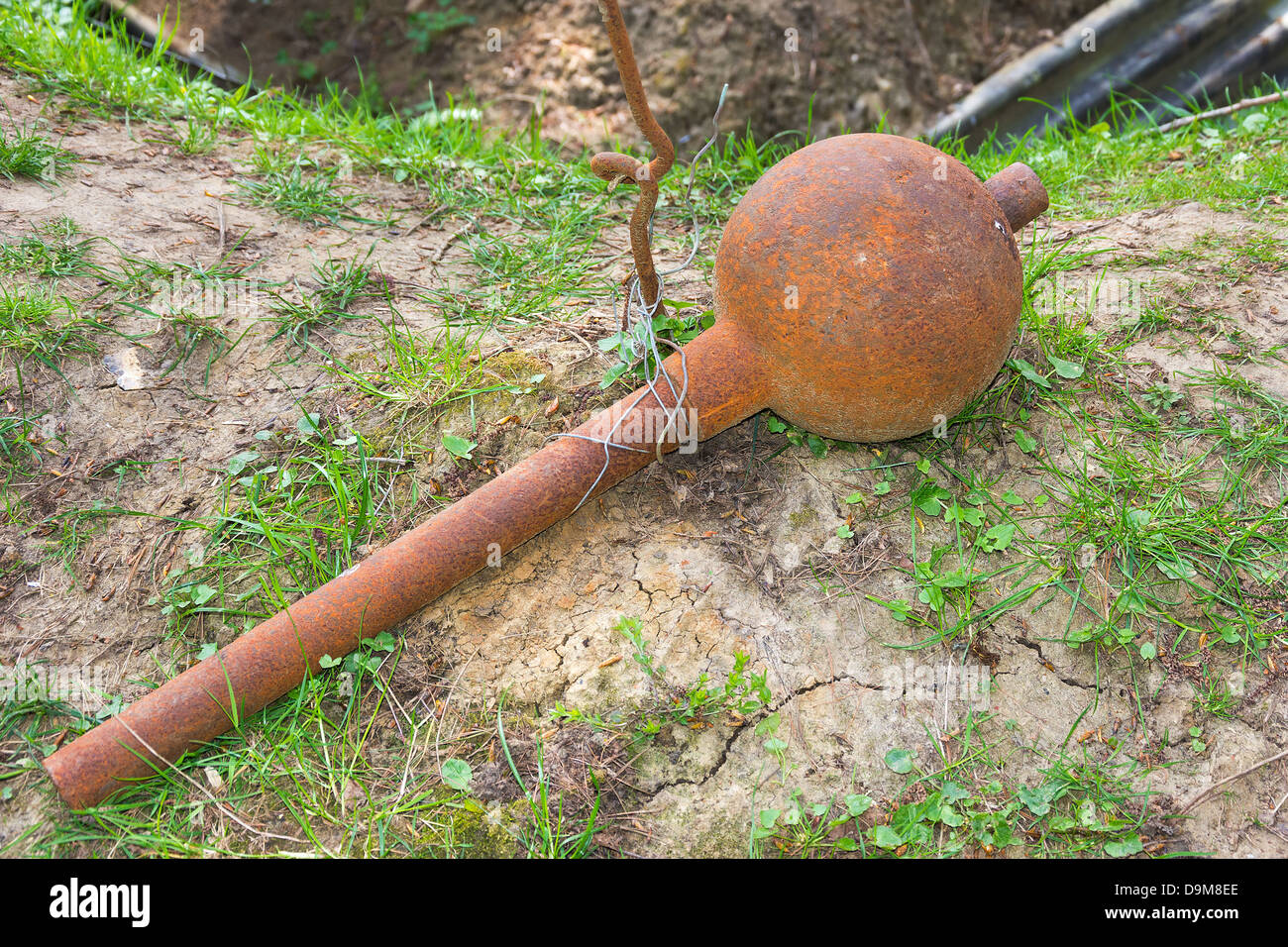 Medium trench mortar or Toffee Apple Bomb or Plum Pudding mortar launched from British trenches between 1915 and 1917. Stock Photohttps://www.alamy.com/image-license-details/?v=1https://www.alamy.com/stock-photo-medium-trench-mortar-or-toffee-apple-bomb-or-plum-pudding-mortar-launched-57608726.html
Medium trench mortar or Toffee Apple Bomb or Plum Pudding mortar launched from British trenches between 1915 and 1917. Stock Photohttps://www.alamy.com/image-license-details/?v=1https://www.alamy.com/stock-photo-medium-trench-mortar-or-toffee-apple-bomb-or-plum-pudding-mortar-launched-57608726.htmlRFD9M8EE–Medium trench mortar or Toffee Apple Bomb or Plum Pudding mortar launched from British trenches between 1915 and 1917.
 Trench mortar and its crew, near Gommecourt Stock Photohttps://www.alamy.com/image-license-details/?v=1https://www.alamy.com/stock-photo-trench-mortar-and-its-crew-near-gommecourt-54838604.html
Trench mortar and its crew, near Gommecourt Stock Photohttps://www.alamy.com/image-license-details/?v=1https://www.alamy.com/stock-photo-trench-mortar-and-its-crew-near-gommecourt-54838604.htmlRMD5635G–Trench mortar and its crew, near Gommecourt
 New Zealand soldiers preparing a 6 inch trench mortar near Le Quesnoy, France, during World War I, Three New Zealand soldiers with a 6' trench mortar near Le Quesnoy, France, during World War 1. One of the soldiers is sponging out between the rounds. The three are standing in a specially dug gun emplacement. Photograph taken 29 October 1918 Stock Photohttps://www.alamy.com/image-license-details/?v=1https://www.alamy.com/new-zealand-soldiers-preparing-a-6-inch-trench-mortar-near-le-quesnoy-france-during-world-war-i-three-new-zealand-soldiers-with-a-6-trench-mortar-near-le-quesnoy-france-during-world-war-1-one-of-the-soldiers-is-sponging-out-between-the-rounds-the-three-are-standing-in-a-specially-dug-gun-emplacement-photograph-taken-29-october-1918-image573403096.html
New Zealand soldiers preparing a 6 inch trench mortar near Le Quesnoy, France, during World War I, Three New Zealand soldiers with a 6' trench mortar near Le Quesnoy, France, during World War 1. One of the soldiers is sponging out between the rounds. The three are standing in a specially dug gun emplacement. Photograph taken 29 October 1918 Stock Photohttps://www.alamy.com/image-license-details/?v=1https://www.alamy.com/new-zealand-soldiers-preparing-a-6-inch-trench-mortar-near-le-quesnoy-france-during-world-war-i-three-new-zealand-soldiers-with-a-6-trench-mortar-near-le-quesnoy-france-during-world-war-1-one-of-the-soldiers-is-sponging-out-between-the-rounds-the-three-are-standing-in-a-specially-dug-gun-emplacement-photograph-taken-29-october-1918-image573403096.htmlRM2T8TNE0–New Zealand soldiers preparing a 6 inch trench mortar near Le Quesnoy, France, during World War I, Three New Zealand soldiers with a 6' trench mortar near Le Quesnoy, France, during World War 1. One of the soldiers is sponging out between the rounds. The three are standing in a specially dug gun emplacement. Photograph taken 29 October 1918
 The British made Stokes Mortar could fire as many as 25 bombs per minute and had a maximum range of 800 yards. Extremely useful in the muddy trenches of the Western Front, mortars were praised because of the bombs' high angle of flight, A mortar round cou Stock Photohttps://www.alamy.com/image-license-details/?v=1https://www.alamy.com/stock-photo-the-british-made-stokes-mortar-could-fire-as-many-as-25-bombs-per-104017946.html
The British made Stokes Mortar could fire as many as 25 bombs per minute and had a maximum range of 800 yards. Extremely useful in the muddy trenches of the Western Front, mortars were praised because of the bombs' high angle of flight, A mortar round cou Stock Photohttps://www.alamy.com/image-license-details/?v=1https://www.alamy.com/stock-photo-the-british-made-stokes-mortar-could-fire-as-many-as-25-bombs-per-104017946.htmlRMG16BXJ–The British made Stokes Mortar could fire as many as 25 bombs per minute and had a maximum range of 800 yards. Extremely useful in the muddy trenches of the Western Front, mortars were praised because of the bombs' high angle of flight, A mortar round cou
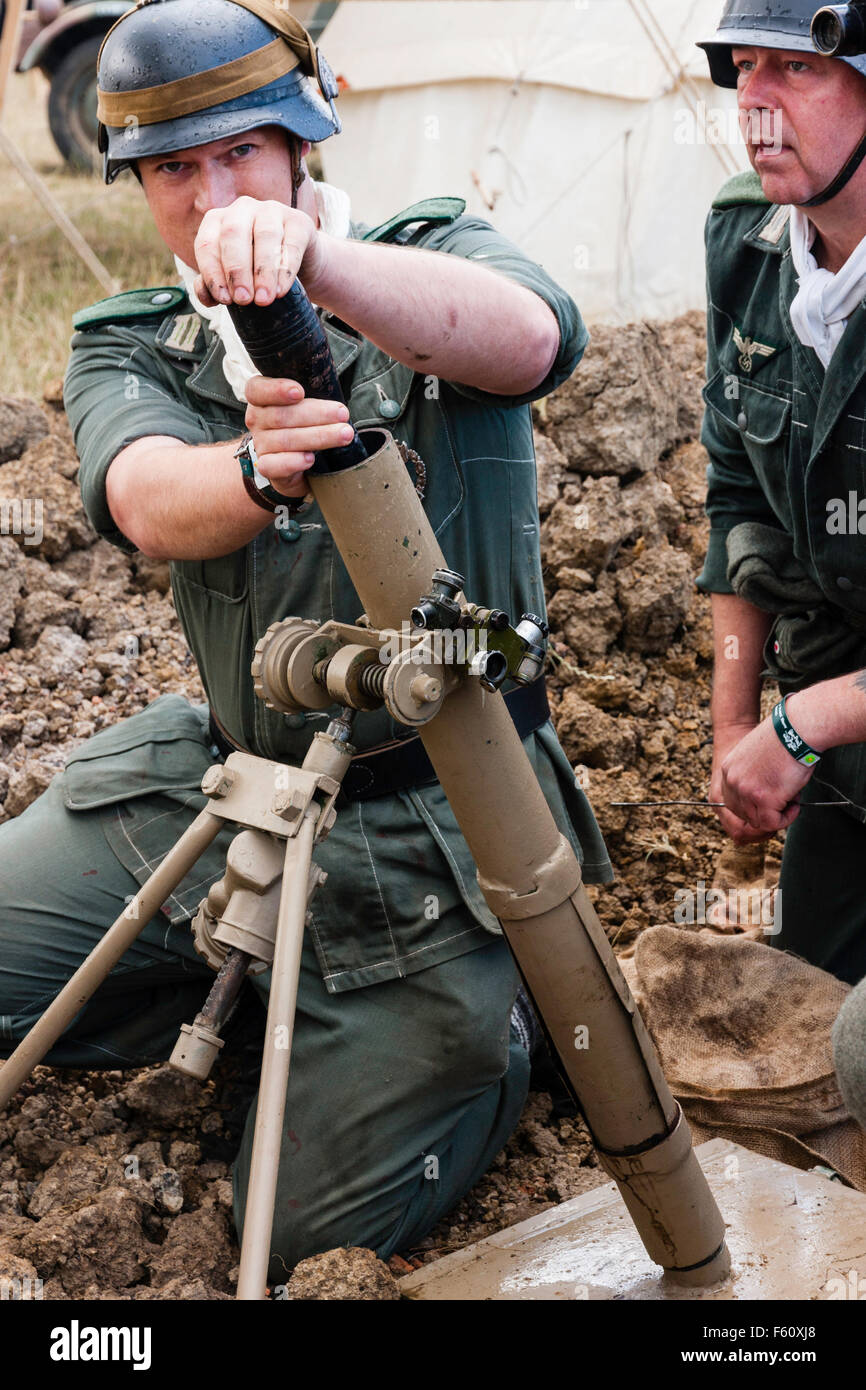 Second world war re-enactment. Two men mortar team in small dugout. one soldier loading 8 cm mortar shell into light trench mortar. Close up. Stock Photohttps://www.alamy.com/image-license-details/?v=1https://www.alamy.com/stock-photo-second-world-war-re-enactment-two-men-mortar-team-in-small-dugout-89760672.html
Second world war re-enactment. Two men mortar team in small dugout. one soldier loading 8 cm mortar shell into light trench mortar. Close up. Stock Photohttps://www.alamy.com/image-license-details/?v=1https://www.alamy.com/stock-photo-second-world-war-re-enactment-two-men-mortar-team-in-small-dugout-89760672.htmlRMF60XJ8–Second world war re-enactment. Two men mortar team in small dugout. one soldier loading 8 cm mortar shell into light trench mortar. Close up.
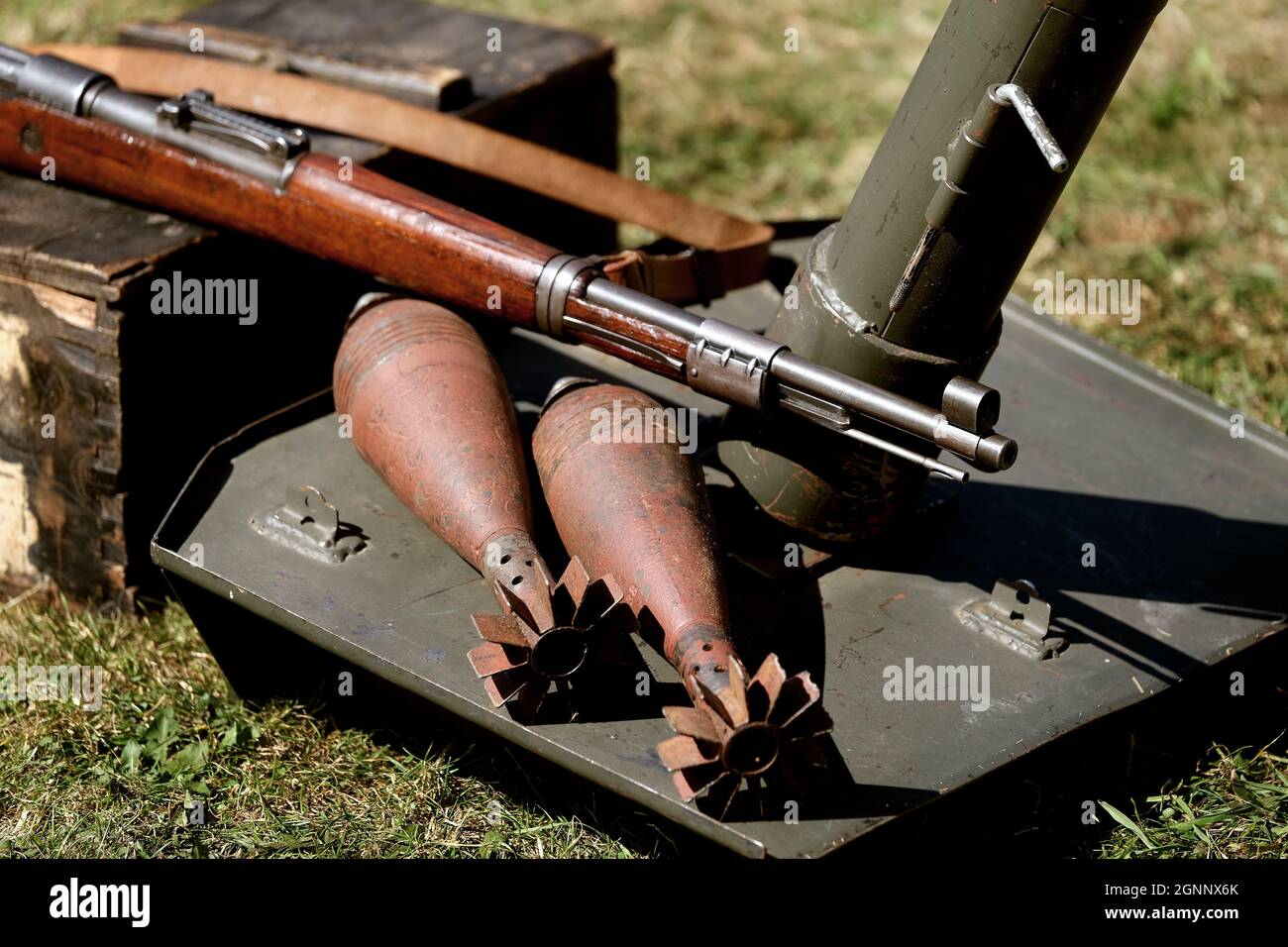 Second world war era mortar rounds or bombs. Stock Photohttps://www.alamy.com/image-license-details/?v=1https://www.alamy.com/second-world-war-era-mortar-rounds-or-bombs-image443648539.html
Second world war era mortar rounds or bombs. Stock Photohttps://www.alamy.com/image-license-details/?v=1https://www.alamy.com/second-world-war-era-mortar-rounds-or-bombs-image443648539.htmlRM2GNNX6K–Second world war era mortar rounds or bombs.
 Austrian gunners operating 12cm trench mortar, WW1 Stock Photohttps://www.alamy.com/image-license-details/?v=1https://www.alamy.com/austrian-gunners-operating-12cm-trench-mortar-ww1-image66163270.html
Austrian gunners operating 12cm trench mortar, WW1 Stock Photohttps://www.alamy.com/image-license-details/?v=1https://www.alamy.com/austrian-gunners-operating-12cm-trench-mortar-ww1-image66163270.htmlRMDRHYWX–Austrian gunners operating 12cm trench mortar, WW1
 This historic World War I photograph shows soldiers in the field setting up or operating a gas gun, a specialized artillery piece used to launch gas shells during the war. Their uniforms, equipment, and rugged outdoor environment provide a rare glimpse into the use of chemical weapons on the battlefield. The image highlights the challenging conditions and evolving military technology of the early 20th century, capturing a unique and somber aspect of World War I warfare. Stock Photohttps://www.alamy.com/image-license-details/?v=1https://www.alamy.com/this-historic-world-war-i-photograph-shows-soldiers-in-the-field-setting-up-or-operating-a-gas-gun-a-specialized-artillery-piece-used-to-launch-gas-shells-during-the-war-their-uniforms-equipment-and-rugged-outdoor-environment-provide-a-rare-glimpse-into-the-use-of-chemical-weapons-on-the-battlefield-the-image-highlights-the-challenging-conditions-and-evolving-military-technology-of-the-early-20th-century-capturing-a-unique-and-somber-aspect-of-world-war-i-warfare-image629812592.html
This historic World War I photograph shows soldiers in the field setting up or operating a gas gun, a specialized artillery piece used to launch gas shells during the war. Their uniforms, equipment, and rugged outdoor environment provide a rare glimpse into the use of chemical weapons on the battlefield. The image highlights the challenging conditions and evolving military technology of the early 20th century, capturing a unique and somber aspect of World War I warfare. Stock Photohttps://www.alamy.com/image-license-details/?v=1https://www.alamy.com/this-historic-world-war-i-photograph-shows-soldiers-in-the-field-setting-up-or-operating-a-gas-gun-a-specialized-artillery-piece-used-to-launch-gas-shells-during-the-war-their-uniforms-equipment-and-rugged-outdoor-environment-provide-a-rare-glimpse-into-the-use-of-chemical-weapons-on-the-battlefield-the-image-highlights-the-challenging-conditions-and-evolving-military-technology-of-the-early-20th-century-capturing-a-unique-and-somber-aspect-of-world-war-i-warfare-image629812592.htmlRF2YGJCAT–This historic World War I photograph shows soldiers in the field setting up or operating a gas gun, a specialized artillery piece used to launch gas shells during the war. Their uniforms, equipment, and rugged outdoor environment provide a rare glimpse into the use of chemical weapons on the battlefield. The image highlights the challenging conditions and evolving military technology of the early 20th century, capturing a unique and somber aspect of World War I warfare.
 British soldiers carrying trench-mortar ammunition Stock Photohttps://www.alamy.com/image-license-details/?v=1https://www.alamy.com/british-soldiers-carrying-trench-mortar-ammunition-image501363160.html
British soldiers carrying trench-mortar ammunition Stock Photohttps://www.alamy.com/image-license-details/?v=1https://www.alamy.com/british-soldiers-carrying-trench-mortar-ammunition-image501363160.htmlRM2M3K1R4–British soldiers carrying trench-mortar ammunition
 Fields pocked with craters and full of unexploded bombs from WWI near the Canadian National Vimy Memorial (First World War Memorial) near Arras. Stock Photohttps://www.alamy.com/image-license-details/?v=1https://www.alamy.com/fields-pocked-with-craters-and-full-of-unexploded-bombs-from-wwi-near-the-canadian-national-vimy-memorial-first-world-war-memorial-near-arras-image337641096.html
Fields pocked with craters and full of unexploded bombs from WWI near the Canadian National Vimy Memorial (First World War Memorial) near Arras. Stock Photohttps://www.alamy.com/image-license-details/?v=1https://www.alamy.com/fields-pocked-with-craters-and-full-of-unexploded-bombs-from-wwi-near-the-canadian-national-vimy-memorial-first-world-war-memorial-near-arras-image337641096.htmlRF2AH8TJG–Fields pocked with craters and full of unexploded bombs from WWI near the Canadian National Vimy Memorial (First World War Memorial) near Arras.
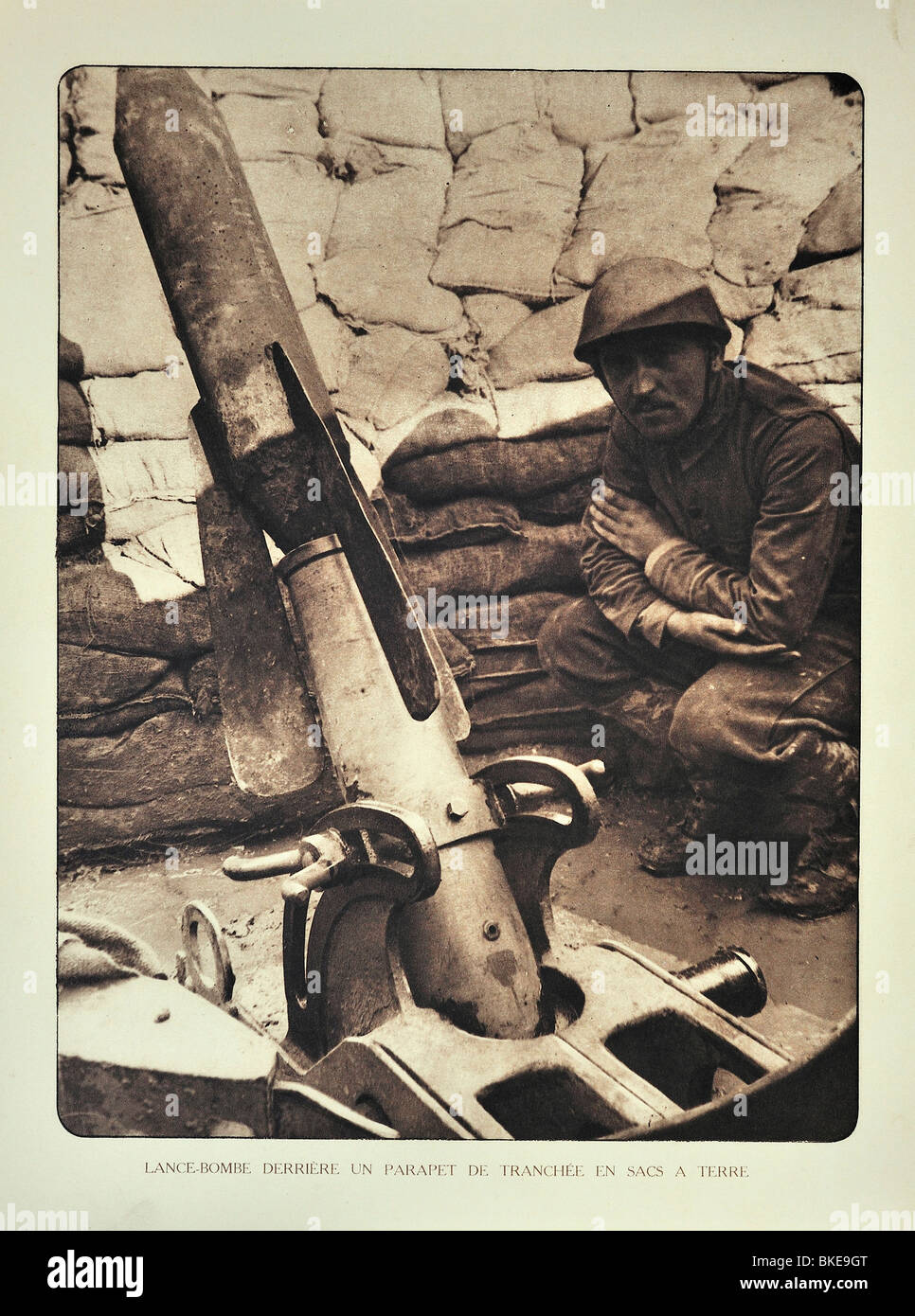 Belgian WWI soldier / gunner and trench mortar loaded with bomb in West Flanders during the First World War One, Belgium Stock Photohttps://www.alamy.com/image-license-details/?v=1https://www.alamy.com/stock-photo-belgian-wwi-soldier-gunner-and-trench-mortar-loaded-with-bomb-in-west-29203688.html
Belgian WWI soldier / gunner and trench mortar loaded with bomb in West Flanders during the First World War One, Belgium Stock Photohttps://www.alamy.com/image-license-details/?v=1https://www.alamy.com/stock-photo-belgian-wwi-soldier-gunner-and-trench-mortar-loaded-with-bomb-in-west-29203688.htmlRMBKE9GT–Belgian WWI soldier / gunner and trench mortar loaded with bomb in West Flanders during the First World War One, Belgium
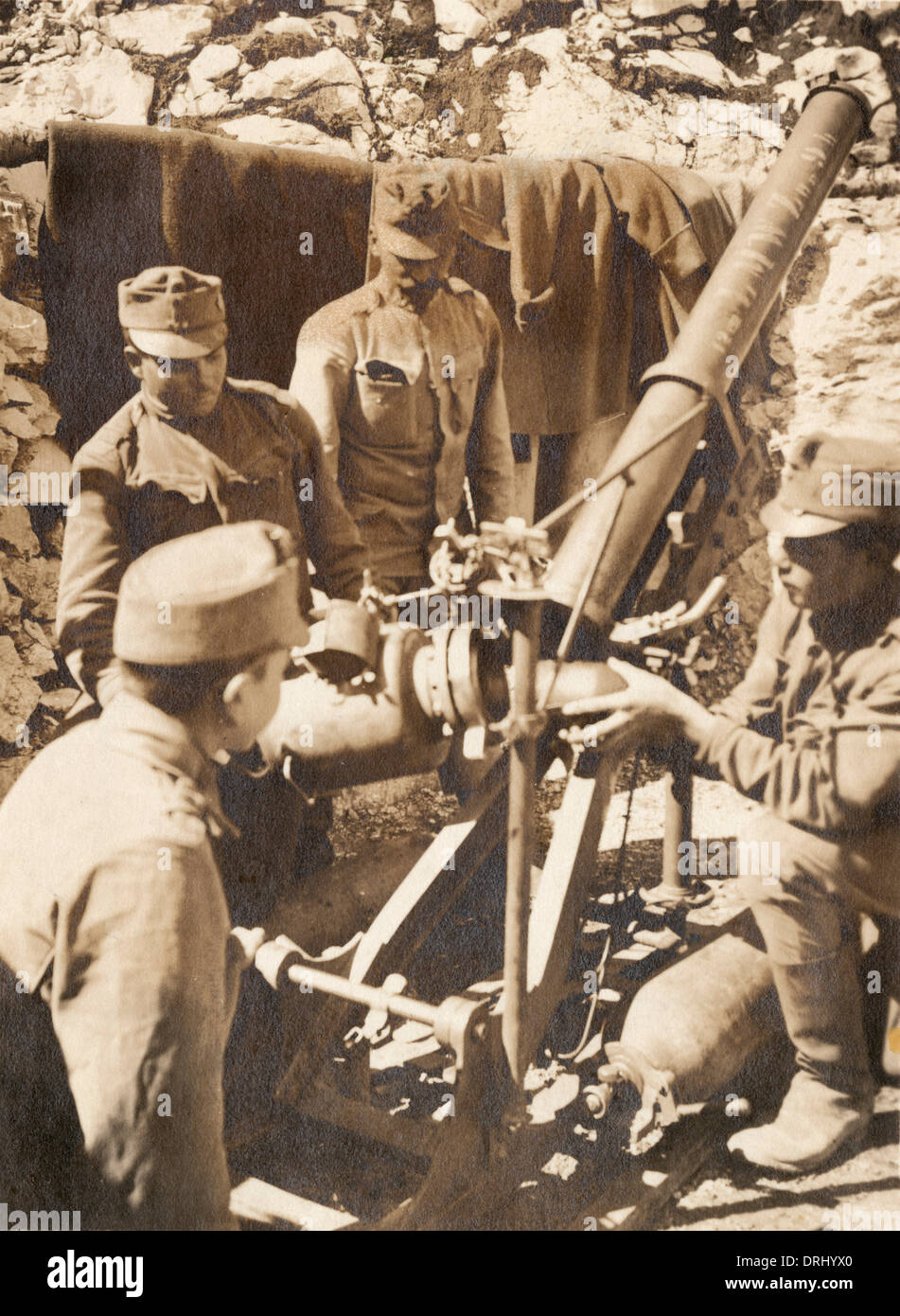 Austrian gunners loading 12cm trench mortar, WW1 Stock Photohttps://www.alamy.com/image-license-details/?v=1https://www.alamy.com/austrian-gunners-loading-12cm-trench-mortar-ww1-image66163272.html
Austrian gunners loading 12cm trench mortar, WW1 Stock Photohttps://www.alamy.com/image-license-details/?v=1https://www.alamy.com/austrian-gunners-loading-12cm-trench-mortar-ww1-image66163272.htmlRMDRHYX0–Austrian gunners loading 12cm trench mortar, WW1
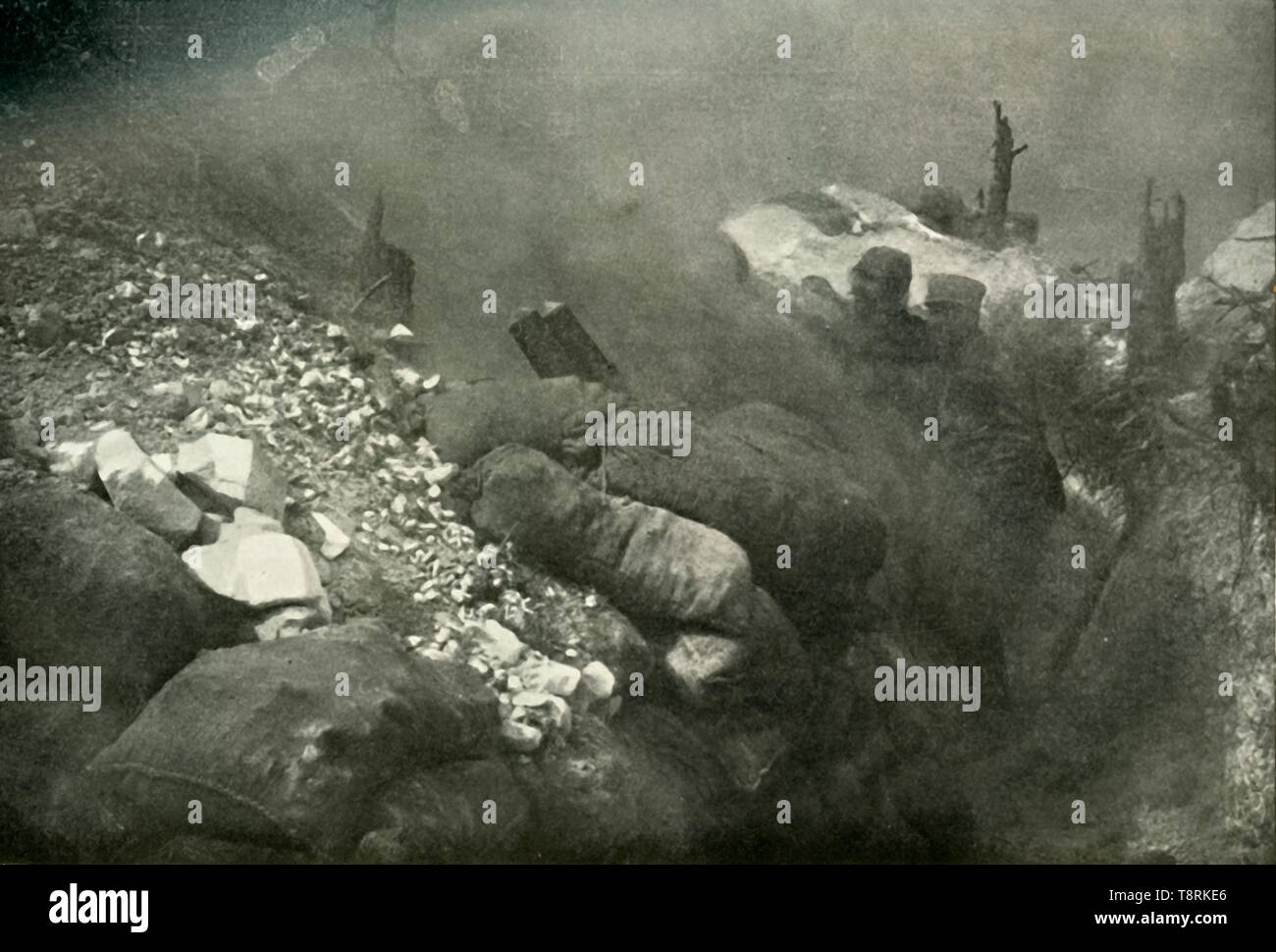 'Trench Warfare in the Argonne', (1919). Creator: Unknown. Stock Photohttps://www.alamy.com/image-license-details/?v=1https://www.alamy.com/trench-warfare-in-the-argonne-1919-creator-unknown-image246382590.html
'Trench Warfare in the Argonne', (1919). Creator: Unknown. Stock Photohttps://www.alamy.com/image-license-details/?v=1https://www.alamy.com/trench-warfare-in-the-argonne-1919-creator-unknown-image246382590.htmlRMT8RKE6–'Trench Warfare in the Argonne', (1919). Creator: Unknown.
 2 G55 F1 1917 18 E WW1 French officer with periscope History World War One France A French officer observes enemy lines with a p Stock Photohttps://www.alamy.com/image-license-details/?v=1https://www.alamy.com/stock-photo-2-g55-f1-1917-18-e-ww1-french-officer-with-periscope-history-world-20729394.html
2 G55 F1 1917 18 E WW1 French officer with periscope History World War One France A French officer observes enemy lines with a p Stock Photohttps://www.alamy.com/image-license-details/?v=1https://www.alamy.com/stock-photo-2-g55-f1-1917-18-e-ww1-french-officer-with-periscope-history-world-20729394.htmlRMB5M8FE–2 G55 F1 1917 18 E WW1 French officer with periscope History World War One France A French officer observes enemy lines with a p
 Image depicts members of the First Trench Mortar Battery from the First Division of the American military during World War One. They are on their way to the front lines. Photograph was taken on January 18, 1918, and received on March 11, 1918. The photograph was censored and released by the War College Division. Stock Photohttps://www.alamy.com/image-license-details/?v=1https://www.alamy.com/image-depicts-members-of-the-first-trench-mortar-battery-from-the-first-division-of-the-american-military-during-world-war-one-they-are-on-their-way-to-the-front-lines-photograph-was-taken-on-january-18-1918-and-received-on-march-11-1918-the-photograph-was-censored-and-released-by-the-war-college-division-image558162511.html
Image depicts members of the First Trench Mortar Battery from the First Division of the American military during World War One. They are on their way to the front lines. Photograph was taken on January 18, 1918, and received on March 11, 1918. The photograph was censored and released by the War College Division. Stock Photohttps://www.alamy.com/image-license-details/?v=1https://www.alamy.com/image-depicts-members-of-the-first-trench-mortar-battery-from-the-first-division-of-the-american-military-during-world-war-one-they-are-on-their-way-to-the-front-lines-photograph-was-taken-on-january-18-1918-and-received-on-march-11-1918-the-photograph-was-censored-and-released-by-the-war-college-division-image558162511.htmlRM2RC2DYB–Image depicts members of the First Trench Mortar Battery from the First Division of the American military during World War One. They are on their way to the front lines. Photograph was taken on January 18, 1918, and received on March 11, 1918. The photograph was censored and released by the War College Division.
 First Trench Mortar Battery on its way to the front. First Division. Bonvillers France May 1918 Stock Photohttps://www.alamy.com/image-license-details/?v=1https://www.alamy.com/first-trench-mortar-battery-on-its-way-to-the-front-first-division-bonvillers-france-may-1918-image601161122.html
First Trench Mortar Battery on its way to the front. First Division. Bonvillers France May 1918 Stock Photohttps://www.alamy.com/image-license-details/?v=1https://www.alamy.com/first-trench-mortar-battery-on-its-way-to-the-front-first-division-bonvillers-france-may-1918-image601161122.htmlRM2WX1742–First Trench Mortar Battery on its way to the front. First Division. Bonvillers France May 1918
 German World War One trench mortar with the Sanctuary Wood trenches in the background. Stock Photohttps://www.alamy.com/image-license-details/?v=1https://www.alamy.com/stock-photo-german-world-war-one-trench-mortar-with-the-sanctuary-wood-trenches-54151634.html
German World War One trench mortar with the Sanctuary Wood trenches in the background. Stock Photohttps://www.alamy.com/image-license-details/?v=1https://www.alamy.com/stock-photo-german-world-war-one-trench-mortar-with-the-sanctuary-wood-trenches-54151634.htmlRMD42PXX–German World War One trench mortar with the Sanctuary Wood trenches in the background.
 World War One, WWI, Western Front - Firing a heavy trench mortar, France Stock Photohttps://www.alamy.com/image-license-details/?v=1https://www.alamy.com/world-war-one-wwi-western-front-firing-a-heavy-trench-mortar-france-image428116710.html
World War One, WWI, Western Front - Firing a heavy trench mortar, France Stock Photohttps://www.alamy.com/image-license-details/?v=1https://www.alamy.com/world-war-one-wwi-western-front-firing-a-heavy-trench-mortar-france-image428116710.htmlRM2FTEB6E–World War One, WWI, Western Front - Firing a heavy trench mortar, France
 Canadian instructors providing trench mortar instruction during World War One. The photo, taken in 1919, shows the instructors carefully demonstrating the use of the trench mortar to soldiers. This image captures a training session aimed at equipping soldiers with the necessary skills for military activities during the war. Stock Photohttps://www.alamy.com/image-license-details/?v=1https://www.alamy.com/canadian-instructors-providing-trench-mortar-instruction-during-world-war-one-the-photo-taken-in-1919-shows-the-instructors-carefully-demonstrating-the-use-of-the-trench-mortar-to-soldiers-this-image-captures-a-training-session-aimed-at-equipping-soldiers-with-the-necessary-skills-for-military-activities-during-the-war-image558169065.html
Canadian instructors providing trench mortar instruction during World War One. The photo, taken in 1919, shows the instructors carefully demonstrating the use of the trench mortar to soldiers. This image captures a training session aimed at equipping soldiers with the necessary skills for military activities during the war. Stock Photohttps://www.alamy.com/image-license-details/?v=1https://www.alamy.com/canadian-instructors-providing-trench-mortar-instruction-during-world-war-one-the-photo-taken-in-1919-shows-the-instructors-carefully-demonstrating-the-use-of-the-trench-mortar-to-soldiers-this-image-captures-a-training-session-aimed-at-equipping-soldiers-with-the-necessary-skills-for-military-activities-during-the-war-image558169065.htmlRM2RC2P9D–Canadian instructors providing trench mortar instruction during World War One. The photo, taken in 1919, shows the instructors carefully demonstrating the use of the trench mortar to soldiers. This image captures a training session aimed at equipping soldiers with the necessary skills for military activities during the war.
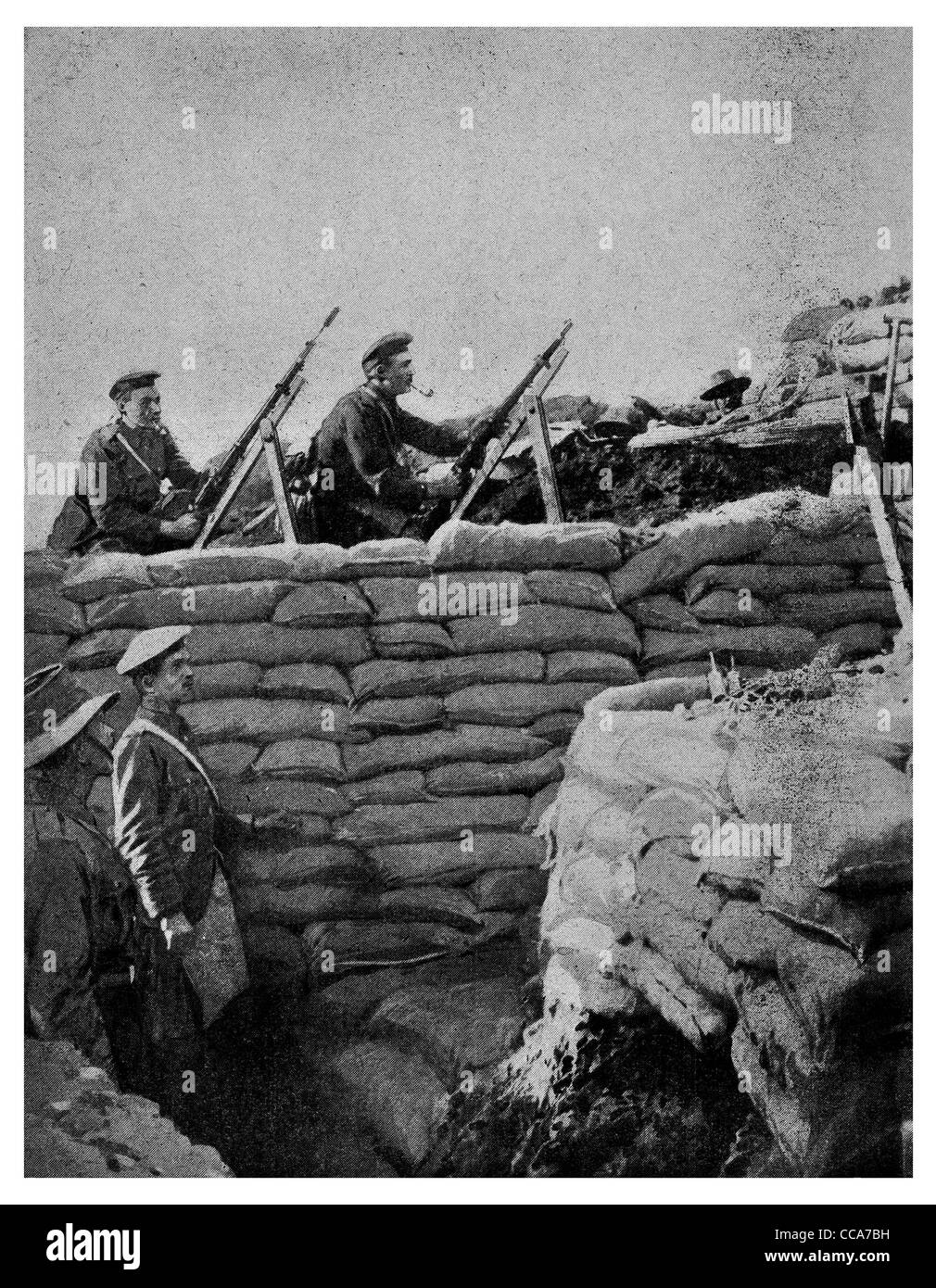 1916 firing grenades front line British trench Grenade Launcher mortar sand bag bombing bomb explosive projectile weapon Stock Photohttps://www.alamy.com/image-license-details/?v=1https://www.alamy.com/stock-photo-1916-firing-grenades-front-line-british-trench-grenade-launcher-mortar-42021941.html
1916 firing grenades front line British trench Grenade Launcher mortar sand bag bombing bomb explosive projectile weapon Stock Photohttps://www.alamy.com/image-license-details/?v=1https://www.alamy.com/stock-photo-1916-firing-grenades-front-line-british-trench-grenade-launcher-mortar-42021941.htmlRMCCA7BH–1916 firing grenades front line British trench Grenade Launcher mortar sand bag bombing bomb explosive projectile weapon
 Staff of a trench mortar school in France Stock Photohttps://www.alamy.com/image-license-details/?v=1https://www.alamy.com/stock-photo-staff-of-a-trench-mortar-school-in-france-54836987.html
Staff of a trench mortar school in France Stock Photohttps://www.alamy.com/image-license-details/?v=1https://www.alamy.com/stock-photo-staff-of-a-trench-mortar-school-in-france-54836987.htmlRMD5613R–Staff of a trench mortar school in France
 A photograph taken by the Signal Corps during World War One, labeled as number 44617. The photo was taken on March 10, 1921, and shows a French soldier with a trench mortar. The soldier is identified by the symbol 'EU.' Additional notes can be found under number 4481. Stock Photohttps://www.alamy.com/image-license-details/?v=1https://www.alamy.com/a-photograph-taken-by-the-signal-corps-during-world-war-one-labeled-as-number-44617-the-photo-was-taken-on-march-10-1921-and-shows-a-french-soldier-with-a-trench-mortar-the-soldier-is-identified-by-the-symbol-eu-additional-notes-can-be-found-under-number-4481-image558233878.html
A photograph taken by the Signal Corps during World War One, labeled as number 44617. The photo was taken on March 10, 1921, and shows a French soldier with a trench mortar. The soldier is identified by the symbol 'EU.' Additional notes can be found under number 4481. Stock Photohttps://www.alamy.com/image-license-details/?v=1https://www.alamy.com/a-photograph-taken-by-the-signal-corps-during-world-war-one-labeled-as-number-44617-the-photo-was-taken-on-march-10-1921-and-shows-a-french-soldier-with-a-trench-mortar-the-soldier-is-identified-by-the-symbol-eu-additional-notes-can-be-found-under-number-4481-image558233878.htmlRM2RC5N06–A photograph taken by the Signal Corps during World War One, labeled as number 44617. The photo was taken on March 10, 1921, and shows a French soldier with a trench mortar. The soldier is identified by the symbol 'EU.' Additional notes can be found under number 4481.
 2 G55 W1 1915 23 Damaged German position WWI c 1915 History World War I Western Front Trench warfare German soldiers in a fortif Stock Photohttps://www.alamy.com/image-license-details/?v=1https://www.alamy.com/stock-photo-2-g55-w1-1915-23-damaged-german-position-wwi-c-1915-history-world-20730822.html
2 G55 W1 1915 23 Damaged German position WWI c 1915 History World War I Western Front Trench warfare German soldiers in a fortif Stock Photohttps://www.alamy.com/image-license-details/?v=1https://www.alamy.com/stock-photo-2-g55-w1-1915-23-damaged-german-position-wwi-c-1915-history-world-20730822.htmlRMB5MAAE–2 G55 W1 1915 23 Damaged German position WWI c 1915 History World War I Western Front Trench warfare German soldiers in a fortif
 A photograph of the Ordnance Department during World War One showing the issuance of a 240mm trench mortar at the Aberdeen Proving Grounds in Maryland in April 1918. Stock Photohttps://www.alamy.com/image-license-details/?v=1https://www.alamy.com/a-photograph-of-the-ordnance-department-during-world-war-one-showing-the-issuance-of-a-240mm-trench-mortar-at-the-aberdeen-proving-grounds-in-maryland-in-april-1918-image558331785.html
A photograph of the Ordnance Department during World War One showing the issuance of a 240mm trench mortar at the Aberdeen Proving Grounds in Maryland in April 1918. Stock Photohttps://www.alamy.com/image-license-details/?v=1https://www.alamy.com/a-photograph-of-the-ordnance-department-during-world-war-one-showing-the-issuance-of-a-240mm-trench-mortar-at-the-aberdeen-proving-grounds-in-maryland-in-april-1918-image558331785.htmlRM2RCA5TW–A photograph of the Ordnance Department during World War One showing the issuance of a 240mm trench mortar at the Aberdeen Proving Grounds in Maryland in April 1918.
 Second world war re-enactment. Two men mortar team in small dugout. one soldier loading 8 cm mortar shell into light trench mortar. Close up. Stock Photohttps://www.alamy.com/image-license-details/?v=1https://www.alamy.com/stock-photo-second-world-war-re-enactment-two-men-mortar-team-in-small-dugout-89761033.html
Second world war re-enactment. Two men mortar team in small dugout. one soldier loading 8 cm mortar shell into light trench mortar. Close up. Stock Photohttps://www.alamy.com/image-license-details/?v=1https://www.alamy.com/stock-photo-second-world-war-re-enactment-two-men-mortar-team-in-small-dugout-89761033.htmlRMF60Y35–Second world war re-enactment. Two men mortar team in small dugout. one soldier loading 8 cm mortar shell into light trench mortar. Close up.
 Canadian instructors providing trench mortar instruction. The photograph, taken in 1919 and labeled as number 47465, shows soldiers receiving training in the use of trench mortars during World War One. Stock Photohttps://www.alamy.com/image-license-details/?v=1https://www.alamy.com/canadian-instructors-providing-trench-mortar-instruction-the-photograph-taken-in-1919-and-labeled-as-number-47465-shows-soldiers-receiving-training-in-the-use-of-trench-mortars-during-world-war-one-image558197871.html
Canadian instructors providing trench mortar instruction. The photograph, taken in 1919 and labeled as number 47465, shows soldiers receiving training in the use of trench mortars during World War One. Stock Photohttps://www.alamy.com/image-license-details/?v=1https://www.alamy.com/canadian-instructors-providing-trench-mortar-instruction-the-photograph-taken-in-1919-and-labeled-as-number-47465-shows-soldiers-receiving-training-in-the-use-of-trench-mortars-during-world-war-one-image558197871.htmlRM2RC4327–Canadian instructors providing trench mortar instruction. The photograph, taken in 1919 and labeled as number 47465, shows soldiers receiving training in the use of trench mortars during World War One.
 War Workers in the West Country, Britain, 1943 Women war workers from the small West Country arms factory of J & F Pool Ltd in Hayle, Cornwall, which had produced one million trench mortar bombs, being shown how to fire the bombs on a range. Stock Photohttps://www.alamy.com/image-license-details/?v=1https://www.alamy.com/war-workers-in-the-west-country-britain-1943-women-war-workers-from-the-small-west-country-arms-factory-of-j-f-pool-ltd-in-hayle-cornwall-which-had-produced-one-million-trench-mortar-bombs-being-shown-how-to-fire-the-bombs-on-a-range-image568987368.html
War Workers in the West Country, Britain, 1943 Women war workers from the small West Country arms factory of J & F Pool Ltd in Hayle, Cornwall, which had produced one million trench mortar bombs, being shown how to fire the bombs on a range. Stock Photohttps://www.alamy.com/image-license-details/?v=1https://www.alamy.com/war-workers-in-the-west-country-britain-1943-women-war-workers-from-the-small-west-country-arms-factory-of-j-f-pool-ltd-in-hayle-cornwall-which-had-produced-one-million-trench-mortar-bombs-being-shown-how-to-fire-the-bombs-on-a-range-image568987368.htmlRM2T1KH5C–War Workers in the West Country, Britain, 1943 Women war workers from the small West Country arms factory of J & F Pool Ltd in Hayle, Cornwall, which had produced one million trench mortar bombs, being shown how to fire the bombs on a range.
 Interior view of H.C. Dodge Inc. in South Boston, Massachusetts, showing a section of the shop where they manufactured Stokes trench mortar shells during World War One. The company played a crucial role in producing ammunition to support the Allies in the war. Fiche. Stock Photohttps://www.alamy.com/image-license-details/?v=1https://www.alamy.com/interior-view-of-hc-dodge-inc-in-south-boston-massachusetts-showing-a-section-of-the-shop-where-they-manufactured-stokes-trench-mortar-shells-during-world-war-one-the-company-played-a-crucial-role-in-producing-ammunition-to-support-the-allies-in-the-war-fiche-image558286373.html
Interior view of H.C. Dodge Inc. in South Boston, Massachusetts, showing a section of the shop where they manufactured Stokes trench mortar shells during World War One. The company played a crucial role in producing ammunition to support the Allies in the war. Fiche. Stock Photohttps://www.alamy.com/image-license-details/?v=1https://www.alamy.com/interior-view-of-hc-dodge-inc-in-south-boston-massachusetts-showing-a-section-of-the-shop-where-they-manufactured-stokes-trench-mortar-shells-during-world-war-one-the-company-played-a-crucial-role-in-producing-ammunition-to-support-the-allies-in-the-war-fiche-image558286373.htmlRM2RC83Y1–Interior view of H.C. Dodge Inc. in South Boston, Massachusetts, showing a section of the shop where they manufactured Stokes trench mortar shells during World War One. The company played a crucial role in producing ammunition to support the Allies in the war. Fiche.
 Fields pocked with craters and full of unexploded bombs from WWI near the Canadian National Vimy Memorial (First World War Memorial) near Arras. Stock Photohttps://www.alamy.com/image-license-details/?v=1https://www.alamy.com/fields-pocked-with-craters-and-full-of-unexploded-bombs-from-wwi-near-the-canadian-national-vimy-memorial-first-world-war-memorial-near-arras-image337641030.html
Fields pocked with craters and full of unexploded bombs from WWI near the Canadian National Vimy Memorial (First World War Memorial) near Arras. Stock Photohttps://www.alamy.com/image-license-details/?v=1https://www.alamy.com/fields-pocked-with-craters-and-full-of-unexploded-bombs-from-wwi-near-the-canadian-national-vimy-memorial-first-world-war-memorial-near-arras-image337641030.htmlRF2AH8TG6–Fields pocked with craters and full of unexploded bombs from WWI near the Canadian National Vimy Memorial (First World War Memorial) near Arras.
 WW1 soldier and trench mortar loaded with bomb at trench in Kaaskerke, West Flanders during the First World War One, Belgium Stock Photohttps://www.alamy.com/image-license-details/?v=1https://www.alamy.com/stock-photo-ww1-soldier-and-trench-mortar-loaded-with-bomb-at-trench-in-kaaskerke-29205129.html
WW1 soldier and trench mortar loaded with bomb at trench in Kaaskerke, West Flanders during the First World War One, Belgium Stock Photohttps://www.alamy.com/image-license-details/?v=1https://www.alamy.com/stock-photo-ww1-soldier-and-trench-mortar-loaded-with-bomb-at-trench-in-kaaskerke-29205129.htmlRMBKEBC9–WW1 soldier and trench mortar loaded with bomb at trench in Kaaskerke, West Flanders during the First World War One, Belgium
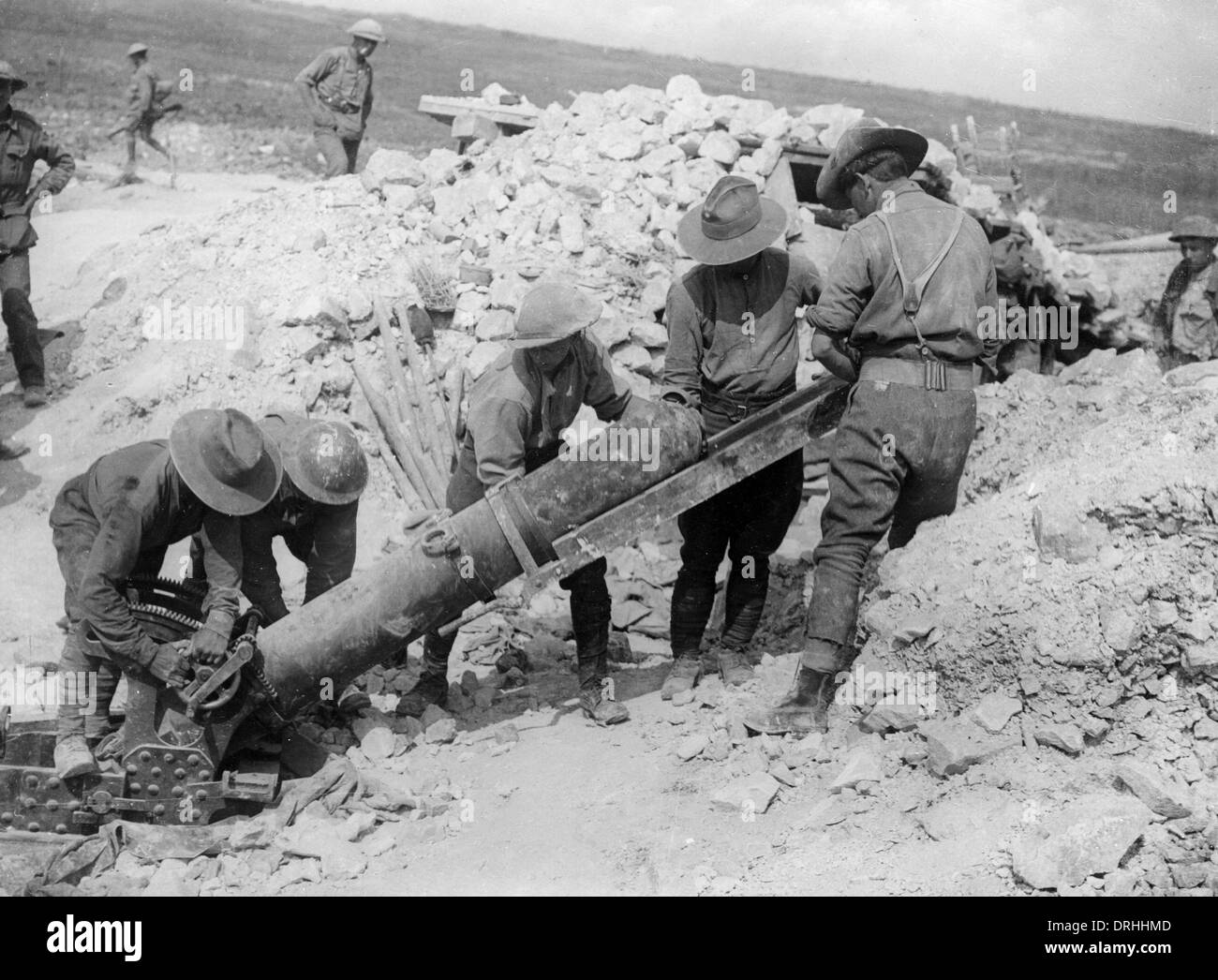 Loading a trench mortar, Western Front, France, WW1 Stock Photohttps://www.alamy.com/image-license-details/?v=1https://www.alamy.com/loading-a-trench-mortar-western-front-france-ww1-image66155277.html
Loading a trench mortar, Western Front, France, WW1 Stock Photohttps://www.alamy.com/image-license-details/?v=1https://www.alamy.com/loading-a-trench-mortar-western-front-france-ww1-image66155277.htmlRMDRHHMD–Loading a trench mortar, Western Front, France, WW1
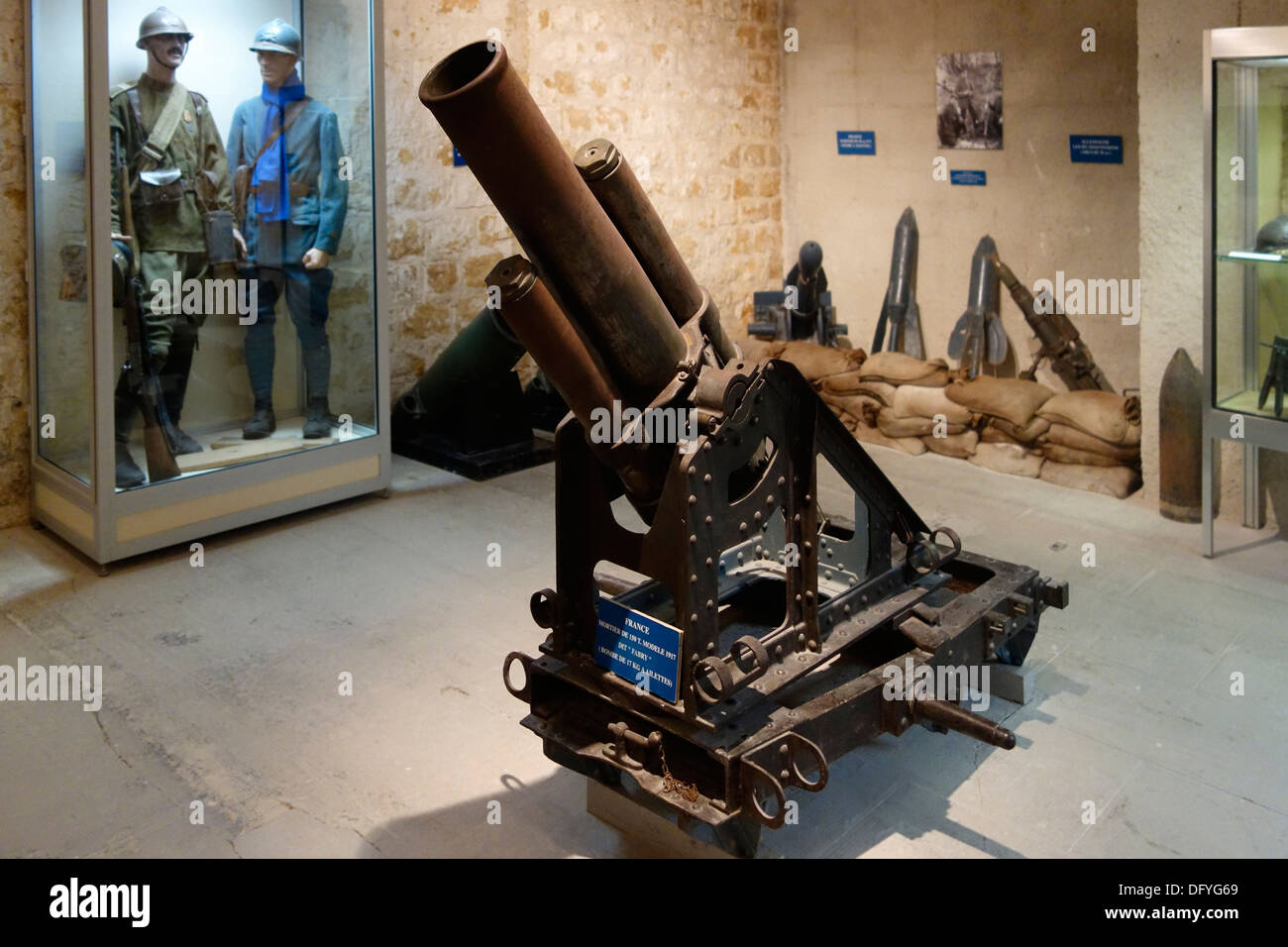 French First World War One Fabry Trench Mortar at WW1 Fort de la Pompelle / Fort Herbillon, Battle of the Marne, Reims, France Stock Photohttps://www.alamy.com/image-license-details/?v=1https://www.alamy.com/french-first-world-war-one-fabry-trench-mortar-at-ww1-fort-de-la-pompelle-image61456369.html
French First World War One Fabry Trench Mortar at WW1 Fort de la Pompelle / Fort Herbillon, Battle of the Marne, Reims, France Stock Photohttps://www.alamy.com/image-license-details/?v=1https://www.alamy.com/french-first-world-war-one-fabry-trench-mortar-at-ww1-fort-de-la-pompelle-image61456369.htmlRMDFYG69–French First World War One Fabry Trench Mortar at WW1 Fort de la Pompelle / Fort Herbillon, Battle of the Marne, Reims, France
 A cart designed for a 240mm trench mortar is seen at Aberdeen Proving Grounds, Maryland in April 1918. This image belongs to the Ordnance Department and is part of the official records regarding military activities during World War One. Stock Photohttps://www.alamy.com/image-license-details/?v=1https://www.alamy.com/a-cart-designed-for-a-240mm-trench-mortar-is-seen-at-aberdeen-proving-grounds-maryland-in-april-1918-this-image-belongs-to-the-ordnance-department-and-is-part-of-the-official-records-regarding-military-activities-during-world-war-one-image558390253.html
A cart designed for a 240mm trench mortar is seen at Aberdeen Proving Grounds, Maryland in April 1918. This image belongs to the Ordnance Department and is part of the official records regarding military activities during World War One. Stock Photohttps://www.alamy.com/image-license-details/?v=1https://www.alamy.com/a-cart-designed-for-a-240mm-trench-mortar-is-seen-at-aberdeen-proving-grounds-maryland-in-april-1918-this-image-belongs-to-the-ordnance-department-and-is-part-of-the-official-records-regarding-military-activities-during-world-war-one-image558390253.htmlRM2RCCTD1–A cart designed for a 240mm trench mortar is seen at Aberdeen Proving Grounds, Maryland in April 1918. This image belongs to the Ordnance Department and is part of the official records regarding military activities during World War One.
 Belgian WWI soldier / gunner loading trench mortar with bomb at Diksmuide in West Flanders during First World War One, Belgium Stock Photohttps://www.alamy.com/image-license-details/?v=1https://www.alamy.com/stock-photo-belgian-wwi-soldier-gunner-loading-trench-mortar-with-bomb-at-diksmuide-29203736.html
Belgian WWI soldier / gunner loading trench mortar with bomb at Diksmuide in West Flanders during First World War One, Belgium Stock Photohttps://www.alamy.com/image-license-details/?v=1https://www.alamy.com/stock-photo-belgian-wwi-soldier-gunner-loading-trench-mortar-with-bomb-at-diksmuide-29203736.htmlRMBKE9JG–Belgian WWI soldier / gunner loading trench mortar with bomb at Diksmuide in West Flanders during First World War One, Belgium
 Image shows a stockpile of 240mm trench mortar shells, along with their caps and two boxes, at the Aberdeen Proving Grounds in Maryland. These shells were used during World War One. The photograph was taken in May 1918 and was not intended for publication. Stock Photohttps://www.alamy.com/image-license-details/?v=1https://www.alamy.com/image-shows-a-stockpile-of-240mm-trench-mortar-shells-along-with-their-caps-and-two-boxes-at-the-aberdeen-proving-grounds-in-maryland-these-shells-were-used-during-world-war-one-the-photograph-was-taken-in-may-1918-and-was-not-intended-for-publication-image558074663.html
Image shows a stockpile of 240mm trench mortar shells, along with their caps and two boxes, at the Aberdeen Proving Grounds in Maryland. These shells were used during World War One. The photograph was taken in May 1918 and was not intended for publication. Stock Photohttps://www.alamy.com/image-license-details/?v=1https://www.alamy.com/image-shows-a-stockpile-of-240mm-trench-mortar-shells-along-with-their-caps-and-two-boxes-at-the-aberdeen-proving-grounds-in-maryland-these-shells-were-used-during-world-war-one-the-photograph-was-taken-in-may-1918-and-was-not-intended-for-publication-image558074663.htmlRM2RBXDWY–Image shows a stockpile of 240mm trench mortar shells, along with their caps and two boxes, at the Aberdeen Proving Grounds in Maryland. These shells were used during World War One. The photograph was taken in May 1918 and was not intended for publication.
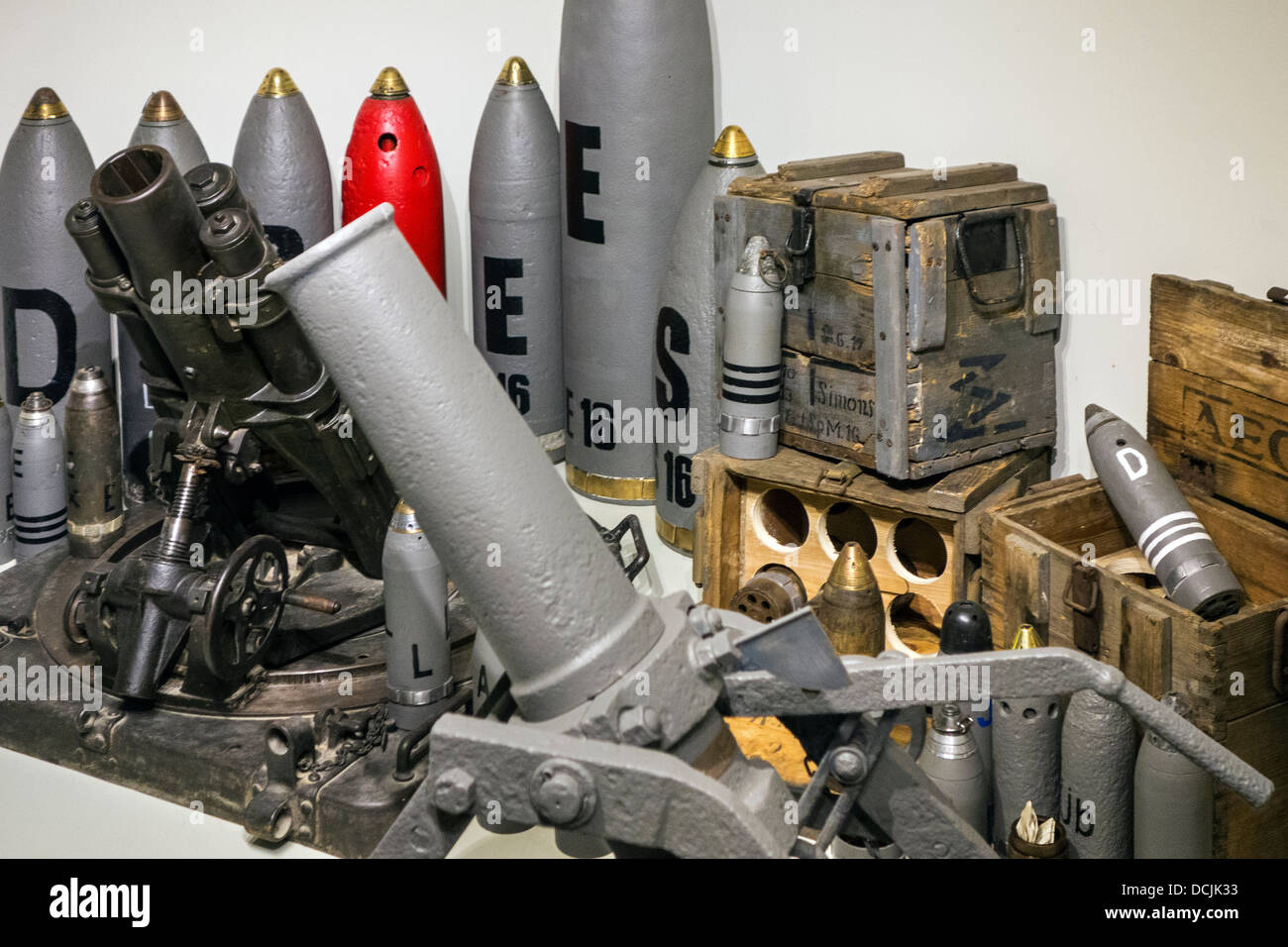 First World War One artillery munitions and Minenwerfer, German trench mortar in the Memorial Museum Passchendaele 1917, Belgium Stock Photohttps://www.alamy.com/image-license-details/?v=1https://www.alamy.com/stock-photo-first-world-war-one-artillery-munitions-and-minenwerfer-german-trench-59417095.html
First World War One artillery munitions and Minenwerfer, German trench mortar in the Memorial Museum Passchendaele 1917, Belgium Stock Photohttps://www.alamy.com/image-license-details/?v=1https://www.alamy.com/stock-photo-first-world-war-one-artillery-munitions-and-minenwerfer-german-trench-59417095.htmlRMDCJK33–First World War One artillery munitions and Minenwerfer, German trench mortar in the Memorial Museum Passchendaele 1917, Belgium
 German World War One trench mortar with the Sanctuary Wood trenches in the background. Stock Photohttps://www.alamy.com/image-license-details/?v=1https://www.alamy.com/stock-photo-german-world-war-one-trench-mortar-with-the-sanctuary-wood-trenches-54151683.html
German World War One trench mortar with the Sanctuary Wood trenches in the background. Stock Photohttps://www.alamy.com/image-license-details/?v=1https://www.alamy.com/stock-photo-german-world-war-one-trench-mortar-with-the-sanctuary-wood-trenches-54151683.htmlRMD42R0K–German World War One trench mortar with the Sanctuary Wood trenches in the background.
 Soldiers inspect a deserted caisson on a slightly sunken road that was used by the Germans as a trench mortar position during World War One. The road was captured by French and American forces during their advance. The photo was taken on July 16, 1918, in Missyaux Bois, France. Stock Photohttps://www.alamy.com/image-license-details/?v=1https://www.alamy.com/soldiers-inspect-a-deserted-caisson-on-a-slightly-sunken-road-that-was-used-by-the-germans-as-a-trench-mortar-position-during-world-war-one-the-road-was-captured-by-french-and-american-forces-during-their-advance-the-photo-was-taken-on-july-16-1918-in-missyaux-bois-france-image558570113.html
Soldiers inspect a deserted caisson on a slightly sunken road that was used by the Germans as a trench mortar position during World War One. The road was captured by French and American forces during their advance. The photo was taken on July 16, 1918, in Missyaux Bois, France. Stock Photohttps://www.alamy.com/image-license-details/?v=1https://www.alamy.com/soldiers-inspect-a-deserted-caisson-on-a-slightly-sunken-road-that-was-used-by-the-germans-as-a-trench-mortar-position-during-world-war-one-the-road-was-captured-by-french-and-american-forces-during-their-advance-the-photo-was-taken-on-july-16-1918-in-missyaux-bois-france-image558570113.htmlRM2RCN1TH–Soldiers inspect a deserted caisson on a slightly sunken road that was used by the Germans as a trench mortar position during World War One. The road was captured by French and American forces during their advance. The photo was taken on July 16, 1918, in Missyaux Bois, France.
 First Trench Mortar Battery on its way to the front. First Division. Bonvillers France May 1918 Stock Photohttps://www.alamy.com/image-license-details/?v=1https://www.alamy.com/first-trench-mortar-battery-on-its-way-to-the-front-first-division-bonvillers-france-may-1918-image601566665.html
First Trench Mortar Battery on its way to the front. First Division. Bonvillers France May 1918 Stock Photohttps://www.alamy.com/image-license-details/?v=1https://www.alamy.com/first-trench-mortar-battery-on-its-way-to-the-front-first-division-bonvillers-france-may-1918-image601566665.htmlRM2WXKMBN–First Trench Mortar Battery on its way to the front. First Division. Bonvillers France May 1918
 H.M. watching a trench mortar bombardment Stock Photohttps://www.alamy.com/image-license-details/?v=1https://www.alamy.com/stock-photo-hm-watching-a-trench-mortar-bombardment-54838764.html
H.M. watching a trench mortar bombardment Stock Photohttps://www.alamy.com/image-license-details/?v=1https://www.alamy.com/stock-photo-hm-watching-a-trench-mortar-bombardment-54838764.htmlRMD563B8–H.M. watching a trench mortar bombardment
 Soldiers at Camp Lee, Virginia practicing trench mortar techniques in June 1918. This image depicts members of the 80th Division engaging in training exercises for their military activities during World War One. The photograph was taken in June 1918 and is numbered 12,678. Stock Photohttps://www.alamy.com/image-license-details/?v=1https://www.alamy.com/soldiers-at-camp-lee-virginia-practicing-trench-mortar-techniques-in-june-1918-this-image-depicts-members-of-the-80th-division-engaging-in-training-exercises-for-their-military-activities-during-world-war-one-the-photograph-was-taken-in-june-1918-and-is-numbered-12678-image558588018.html
Soldiers at Camp Lee, Virginia practicing trench mortar techniques in June 1918. This image depicts members of the 80th Division engaging in training exercises for their military activities during World War One. The photograph was taken in June 1918 and is numbered 12,678. Stock Photohttps://www.alamy.com/image-license-details/?v=1https://www.alamy.com/soldiers-at-camp-lee-virginia-practicing-trench-mortar-techniques-in-june-1918-this-image-depicts-members-of-the-80th-division-engaging-in-training-exercises-for-their-military-activities-during-world-war-one-the-photograph-was-taken-in-june-1918-and-is-numbered-12678-image558588018.htmlRM2RCNTM2–Soldiers at Camp Lee, Virginia practicing trench mortar techniques in June 1918. This image depicts members of the 80th Division engaging in training exercises for their military activities during World War One. The photograph was taken in June 1918 and is numbered 12,678.
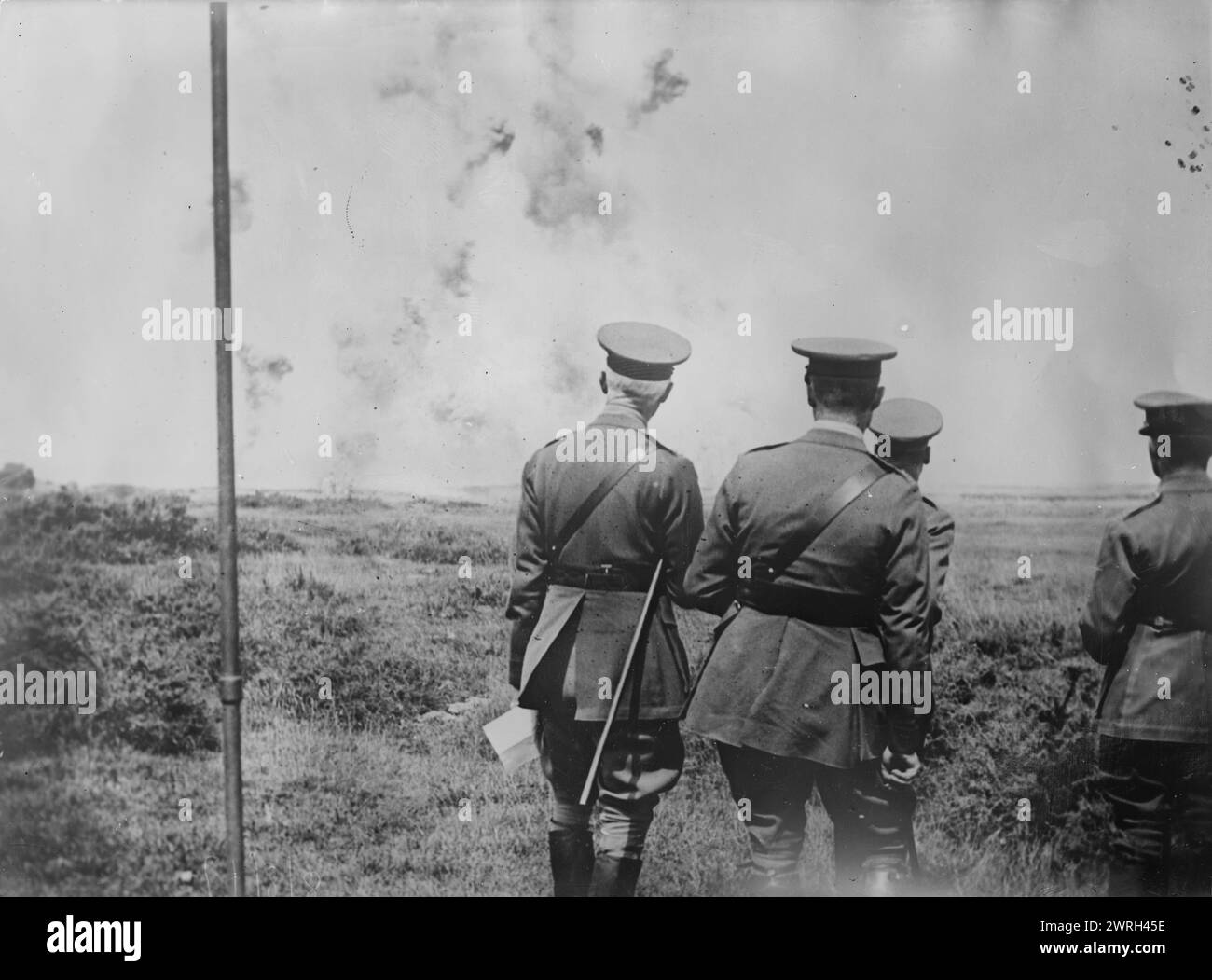 King George V sees trench bombing, 7 Jul 1917. Trench mortar bombardment during King George V's visit to the Gas School, Helfaut, France on July 7, 1917 during World War I. Stock Photohttps://www.alamy.com/image-license-details/?v=1https://www.alamy.com/king-george-v-sees-trench-bombing-7-jul-1917-trench-mortar-bombardment-during-king-george-vs-visit-to-the-gas-school-helfaut-france-on-july-7-1917-during-world-war-i-image599666074.html
King George V sees trench bombing, 7 Jul 1917. Trench mortar bombardment during King George V's visit to the Gas School, Helfaut, France on July 7, 1917 during World War I. Stock Photohttps://www.alamy.com/image-license-details/?v=1https://www.alamy.com/king-george-v-sees-trench-bombing-7-jul-1917-trench-mortar-bombardment-during-king-george-vs-visit-to-the-gas-school-helfaut-france-on-july-7-1917-during-world-war-i-image599666074.htmlRM2WRH45E–King George V sees trench bombing, 7 Jul 1917. Trench mortar bombardment during King George V's visit to the Gas School, Helfaut, France on July 7, 1917 during World War I.
 Image of the Army Trench Mortar School at Fort Be la Bonnelle in Langres, France during World War One. The picture shows a captured German 17 cm Medium 'Minenwerfer' model 1914. This photograph is not intended for publication and is for official use only. Date: September 5, 1918. Stock Photohttps://www.alamy.com/image-license-details/?v=1https://www.alamy.com/image-of-the-army-trench-mortar-school-at-fort-be-la-bonnelle-in-langres-france-during-world-war-one-the-picture-shows-a-captured-german-17-cm-medium-minenwerfer-model-1914-this-photograph-is-not-intended-for-publication-and-is-for-official-use-only-date-september-5-1918-image558578388.html
Image of the Army Trench Mortar School at Fort Be la Bonnelle in Langres, France during World War One. The picture shows a captured German 17 cm Medium 'Minenwerfer' model 1914. This photograph is not intended for publication and is for official use only. Date: September 5, 1918. Stock Photohttps://www.alamy.com/image-license-details/?v=1https://www.alamy.com/image-of-the-army-trench-mortar-school-at-fort-be-la-bonnelle-in-langres-france-during-world-war-one-the-picture-shows-a-captured-german-17-cm-medium-minenwerfer-model-1914-this-photograph-is-not-intended-for-publication-and-is-for-official-use-only-date-september-5-1918-image558578388.htmlRM2RCNCC4–Image of the Army Trench Mortar School at Fort Be la Bonnelle in Langres, France during World War One. The picture shows a captured German 17 cm Medium 'Minenwerfer' model 1914. This photograph is not intended for publication and is for official use only. Date: September 5, 1918.
![Trench mortars captured from the Germans, First World War, 1914, (c1920). 'Siege Warfare in Flanders'. From "The Great World War - A History" Volume II, edited by Frank A Mumby. [The Gresham Publishing Company Ltd, London, c1920] Stock Photo Trench mortars captured from the Germans, First World War, 1914, (c1920). 'Siege Warfare in Flanders'. From "The Great World War - A History" Volume II, edited by Frank A Mumby. [The Gresham Publishing Company Ltd, London, c1920] Stock Photo](https://c8.alamy.com/comp/W6P879/trench-mortars-captured-from-the-germans-first-world-war-1914-c1920-siege-warfare-in-flanders-from-quotthe-great-world-war-a-historyquot-volume-ii-edited-by-frank-a-mumby-the-gresham-publishing-company-ltd-london-c1920-W6P879.jpg) Trench mortars captured from the Germans, First World War, 1914, (c1920). 'Siege Warfare in Flanders'. From "The Great World War - A History" Volume II, edited by Frank A Mumby. [The Gresham Publishing Company Ltd, London, c1920] Stock Photohttps://www.alamy.com/image-license-details/?v=1https://www.alamy.com/trench-mortars-captured-from-the-germans-first-world-war-1914-c1920-siege-warfare-in-flanders-from-quotthe-great-world-war-a-historyquot-volume-ii-edited-by-frank-a-mumby-the-gresham-publishing-company-ltd-london-c1920-image262332877.html
Trench mortars captured from the Germans, First World War, 1914, (c1920). 'Siege Warfare in Flanders'. From "The Great World War - A History" Volume II, edited by Frank A Mumby. [The Gresham Publishing Company Ltd, London, c1920] Stock Photohttps://www.alamy.com/image-license-details/?v=1https://www.alamy.com/trench-mortars-captured-from-the-germans-first-world-war-1914-c1920-siege-warfare-in-flanders-from-quotthe-great-world-war-a-historyquot-volume-ii-edited-by-frank-a-mumby-the-gresham-publishing-company-ltd-london-c1920-image262332877.htmlRMW6P879–Trench mortars captured from the Germans, First World War, 1914, (c1920). 'Siege Warfare in Flanders'. From "The Great World War - A History" Volume II, edited by Frank A Mumby. [The Gresham Publishing Company Ltd, London, c1920]
 The photograph shows a bed plate for an 11' mortar, which was built by the J. G. Brill Co. in Philadelphia for the US Ordnance Department during World War One. The gun is mounted on the bed plate, and it is a 11' Button Trench mortar. This information is designated for official use only. Stock Photohttps://www.alamy.com/image-license-details/?v=1https://www.alamy.com/the-photograph-shows-a-bed-plate-for-an-11-mortar-which-was-built-by-the-j-g-brill-co-in-philadelphia-for-the-us-ordnance-department-during-world-war-one-the-gun-is-mounted-on-the-bed-plate-and-it-is-a-11-button-trench-mortar-this-information-is-designated-for-official-use-only-image558577350.html
The photograph shows a bed plate for an 11' mortar, which was built by the J. G. Brill Co. in Philadelphia for the US Ordnance Department during World War One. The gun is mounted on the bed plate, and it is a 11' Button Trench mortar. This information is designated for official use only. Stock Photohttps://www.alamy.com/image-license-details/?v=1https://www.alamy.com/the-photograph-shows-a-bed-plate-for-an-11-mortar-which-was-built-by-the-j-g-brill-co-in-philadelphia-for-the-us-ordnance-department-during-world-war-one-the-gun-is-mounted-on-the-bed-plate-and-it-is-a-11-button-trench-mortar-this-information-is-designated-for-official-use-only-image558577350.htmlRM2RCNB32–The photograph shows a bed plate for an 11' mortar, which was built by the J. G. Brill Co. in Philadelphia for the US Ordnance Department during World War One. The gun is mounted on the bed plate, and it is a 11' Button Trench mortar. This information is designated for official use only.
 War Workers in the West Country, Britain, 1943 Women war workers on their way to the small West Country arms factory of J & F Pool Ltd in Hayle, Cornwall. The factory had produced one million trench mortar bombs and the workers were allowed to visit the range and see their work in action. Stock Photohttps://www.alamy.com/image-license-details/?v=1https://www.alamy.com/war-workers-in-the-west-country-britain-1943-women-war-workers-on-their-way-to-the-small-west-country-arms-factory-of-j-f-pool-ltd-in-hayle-cornwall-the-factory-had-produced-one-million-trench-mortar-bombs-and-the-workers-were-allowed-to-visit-the-range-and-see-their-work-in-action-image568987401.html
War Workers in the West Country, Britain, 1943 Women war workers on their way to the small West Country arms factory of J & F Pool Ltd in Hayle, Cornwall. The factory had produced one million trench mortar bombs and the workers were allowed to visit the range and see their work in action. Stock Photohttps://www.alamy.com/image-license-details/?v=1https://www.alamy.com/war-workers-in-the-west-country-britain-1943-women-war-workers-on-their-way-to-the-small-west-country-arms-factory-of-j-f-pool-ltd-in-hayle-cornwall-the-factory-had-produced-one-million-trench-mortar-bombs-and-the-workers-were-allowed-to-visit-the-range-and-see-their-work-in-action-image568987401.htmlRM2T1KH6H–War Workers in the West Country, Britain, 1943 Women war workers on their way to the small West Country arms factory of J & F Pool Ltd in Hayle, Cornwall. The factory had produced one million trench mortar bombs and the workers were allowed to visit the range and see their work in action.
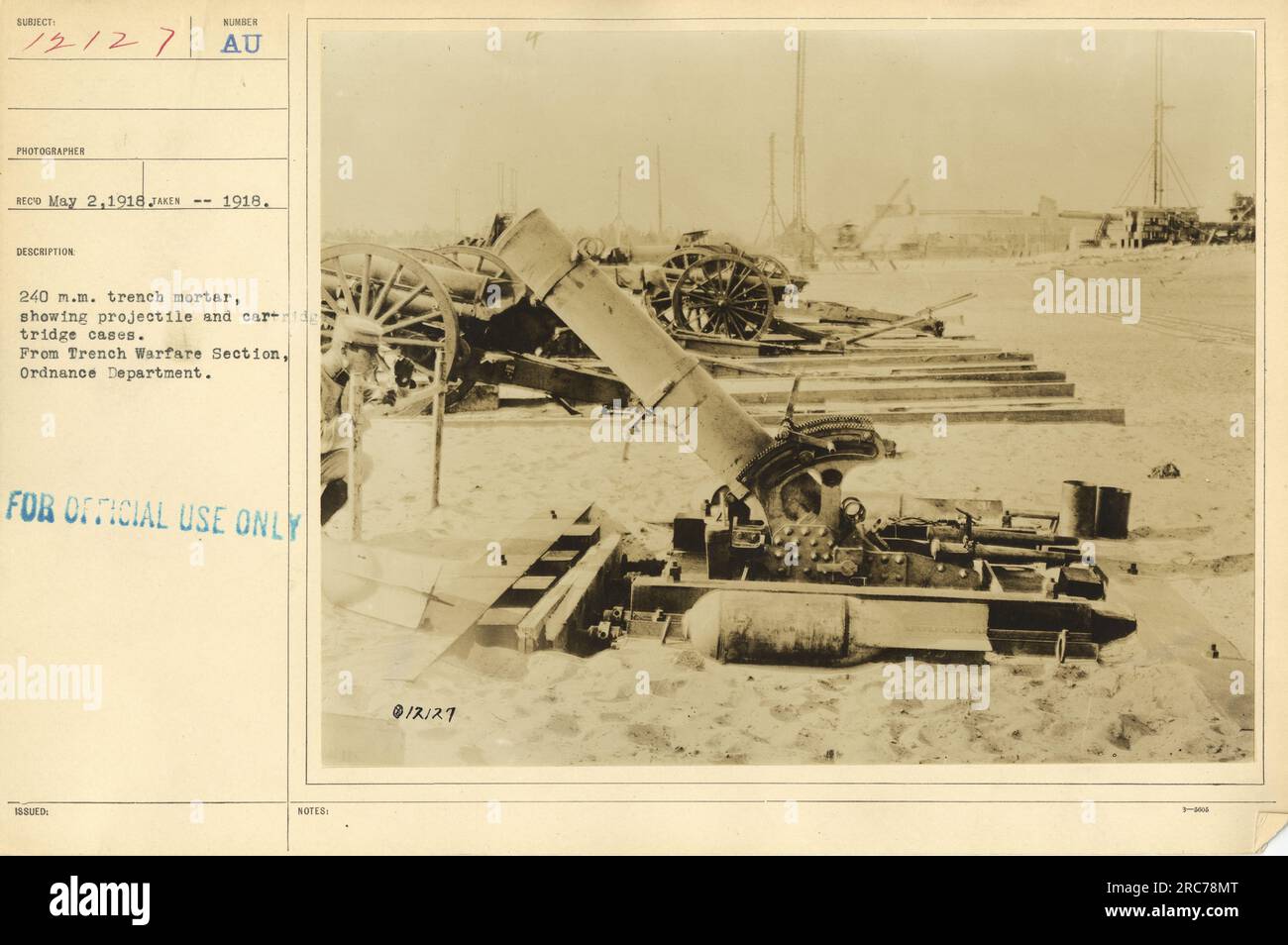 This photograph illustrates a 240 m.m. trench mortar from the Trench Warfare Section of the Ordnance Department during World War One. The image showcases both the projectile and cartridge cases used in the mortar. The photograph was taken on May 2, 1918. Classified as 111-SC-12127 and recorded by Photographer RECO. Stock Photohttps://www.alamy.com/image-license-details/?v=1https://www.alamy.com/this-photograph-illustrates-a-240-mm-trench-mortar-from-the-trench-warfare-section-of-the-ordnance-department-during-world-war-one-the-image-showcases-both-the-projectile-and-cartridge-cases-used-in-the-mortar-the-photograph-was-taken-on-may-2-1918-classified-as-111-sc-12127-and-recorded-by-photographer-reco-image558268168.html
This photograph illustrates a 240 m.m. trench mortar from the Trench Warfare Section of the Ordnance Department during World War One. The image showcases both the projectile and cartridge cases used in the mortar. The photograph was taken on May 2, 1918. Classified as 111-SC-12127 and recorded by Photographer RECO. Stock Photohttps://www.alamy.com/image-license-details/?v=1https://www.alamy.com/this-photograph-illustrates-a-240-mm-trench-mortar-from-the-trench-warfare-section-of-the-ordnance-department-during-world-war-one-the-image-showcases-both-the-projectile-and-cartridge-cases-used-in-the-mortar-the-photograph-was-taken-on-may-2-1918-classified-as-111-sc-12127-and-recorded-by-photographer-reco-image558268168.htmlRM2RC78MT–This photograph illustrates a 240 m.m. trench mortar from the Trench Warfare Section of the Ordnance Department during World War One. The image showcases both the projectile and cartridge cases used in the mortar. The photograph was taken on May 2, 1918. Classified as 111-SC-12127 and recorded by Photographer RECO.
 Fields pocked with craters and full of unexploded bombs from WWI near the Canadian National Vimy Memorial (First World War Memorial) near Arras. Stock Photohttps://www.alamy.com/image-license-details/?v=1https://www.alamy.com/fields-pocked-with-craters-and-full-of-unexploded-bombs-from-wwi-near-the-canadian-national-vimy-memorial-first-world-war-memorial-near-arras-image337641043.html
Fields pocked with craters and full of unexploded bombs from WWI near the Canadian National Vimy Memorial (First World War Memorial) near Arras. Stock Photohttps://www.alamy.com/image-license-details/?v=1https://www.alamy.com/fields-pocked-with-craters-and-full-of-unexploded-bombs-from-wwi-near-the-canadian-national-vimy-memorial-first-world-war-memorial-near-arras-image337641043.htmlRF2AH8TGK–Fields pocked with craters and full of unexploded bombs from WWI near the Canadian National Vimy Memorial (First World War Memorial) near Arras.
 Men of the 110th Trench Mortar Artillery Battalion hauling a Newton 6 inch trench mortar on a road in Vitrey, Vernois, France. This photograph was taken by photographer W.R. Sears on April 14, 1919. The image is part of the collection titled 'Photographs of American Military Activities during World War One.' Stock Photohttps://www.alamy.com/image-license-details/?v=1https://www.alamy.com/men-of-the-110th-trench-mortar-artillery-battalion-hauling-a-newton-6-inch-trench-mortar-on-a-road-in-vitrey-vernois-france-this-photograph-was-taken-by-photographer-wr-sears-on-april-14-1919-the-image-is-part-of-the-collection-titled-photographs-of-american-military-activities-during-world-war-one-image558479523.html
Men of the 110th Trench Mortar Artillery Battalion hauling a Newton 6 inch trench mortar on a road in Vitrey, Vernois, France. This photograph was taken by photographer W.R. Sears on April 14, 1919. The image is part of the collection titled 'Photographs of American Military Activities during World War One.' Stock Photohttps://www.alamy.com/image-license-details/?v=1https://www.alamy.com/men-of-the-110th-trench-mortar-artillery-battalion-hauling-a-newton-6-inch-trench-mortar-on-a-road-in-vitrey-vernois-france-this-photograph-was-taken-by-photographer-wr-sears-on-april-14-1919-the-image-is-part-of-the-collection-titled-photographs-of-american-military-activities-during-world-war-one-image558479523.htmlRM2RCGX97–Men of the 110th Trench Mortar Artillery Battalion hauling a Newton 6 inch trench mortar on a road in Vitrey, Vernois, France. This photograph was taken by photographer W.R. Sears on April 14, 1919. The image is part of the collection titled 'Photographs of American Military Activities during World War One.'
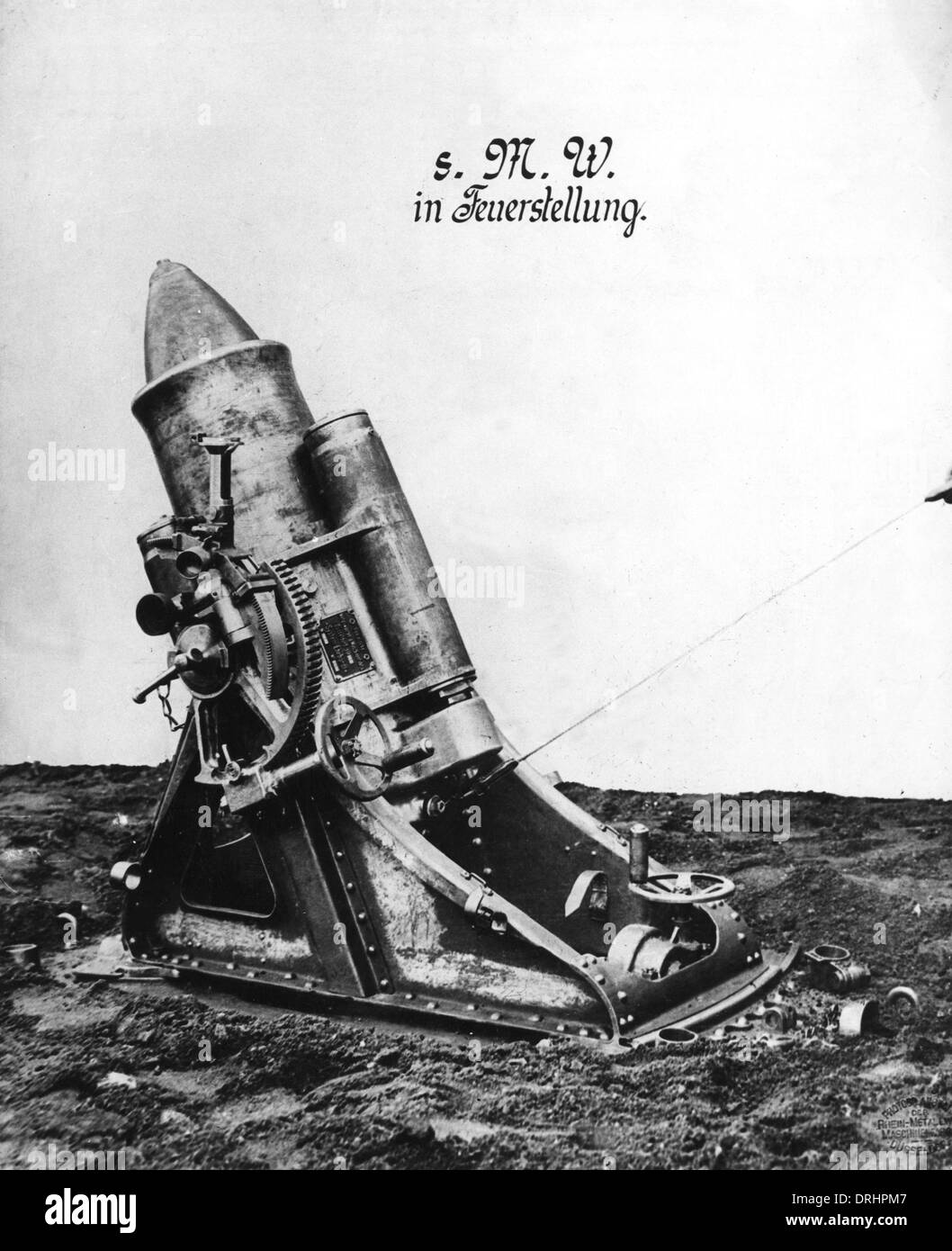 German 25cm heavy trench mortar in firing position, WW1 Stock Photohttps://www.alamy.com/image-license-details/?v=1https://www.alamy.com/german-25cm-heavy-trench-mortar-in-firing-position-ww1-image66159191.html
German 25cm heavy trench mortar in firing position, WW1 Stock Photohttps://www.alamy.com/image-license-details/?v=1https://www.alamy.com/german-25cm-heavy-trench-mortar-in-firing-position-ww1-image66159191.htmlRMDRHPM7–German 25cm heavy trench mortar in firing position, WW1
 A U.S. soldier, Sgt. Jack Abbott, captured this photograph on November 21, 1918, in Vitrey, France. The image shows a French No.2 Trench Mortar, with a caliber of 58mm, which was temporarily used by the U.S.A. during World War One in France. This information is recorded under subject code 39703. Stock Photohttps://www.alamy.com/image-license-details/?v=1https://www.alamy.com/a-us-soldier-sgt-jack-abbott-captured-this-photograph-on-november-21-1918-in-vitrey-france-the-image-shows-a-french-no2-trench-mortar-with-a-caliber-of-58mm-which-was-temporarily-used-by-the-usa-during-world-war-one-in-france-this-information-is-recorded-under-subject-code-39703-image558286743.html
A U.S. soldier, Sgt. Jack Abbott, captured this photograph on November 21, 1918, in Vitrey, France. The image shows a French No.2 Trench Mortar, with a caliber of 58mm, which was temporarily used by the U.S.A. during World War One in France. This information is recorded under subject code 39703. Stock Photohttps://www.alamy.com/image-license-details/?v=1https://www.alamy.com/a-us-soldier-sgt-jack-abbott-captured-this-photograph-on-november-21-1918-in-vitrey-france-the-image-shows-a-french-no2-trench-mortar-with-a-caliber-of-58mm-which-was-temporarily-used-by-the-usa-during-world-war-one-in-france-this-information-is-recorded-under-subject-code-39703-image558286743.htmlRM2RC84C7–A U.S. soldier, Sgt. Jack Abbott, captured this photograph on November 21, 1918, in Vitrey, France. The image shows a French No.2 Trench Mortar, with a caliber of 58mm, which was temporarily used by the U.S.A. during World War One in France. This information is recorded under subject code 39703.
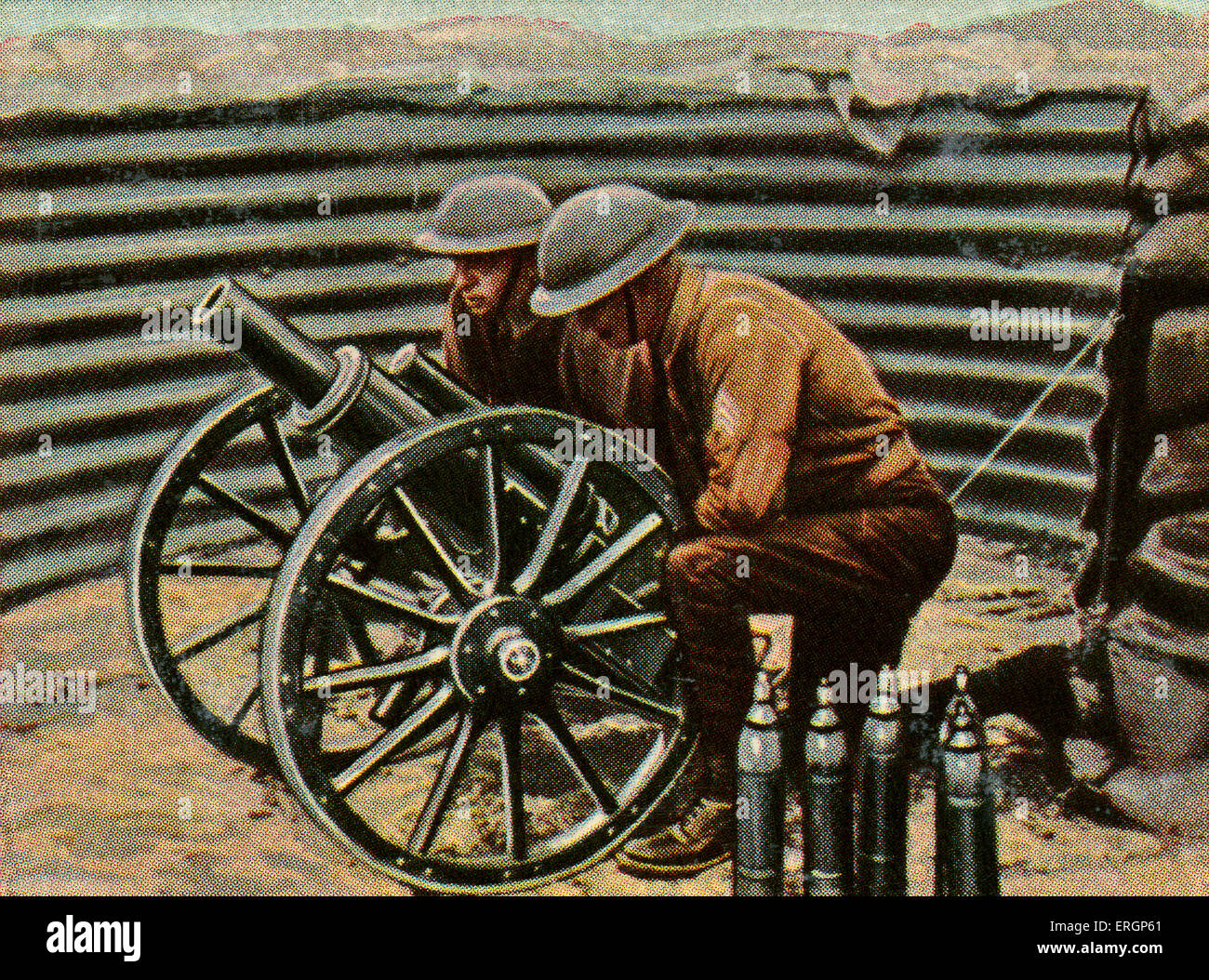 Light & heavy artillery: American short range mortar gun . Used in trench warfare and preparation for storm attacks. Stock Photohttps://www.alamy.com/image-license-details/?v=1https://www.alamy.com/stock-photo-light-heavy-artillery-american-short-range-mortar-gun-used-in-trench-83347209.html
Light & heavy artillery: American short range mortar gun . Used in trench warfare and preparation for storm attacks. Stock Photohttps://www.alamy.com/image-license-details/?v=1https://www.alamy.com/stock-photo-light-heavy-artillery-american-short-range-mortar-gun-used-in-trench-83347209.htmlRMERGP61–Light & heavy artillery: American short range mortar gun . Used in trench warfare and preparation for storm attacks.
 Pvt. J.W. Grunelle of the Signal Corps capturing a photo of 1st Lt. E.P. Brecht explaining the use of a stokes trench mortar to men. The photo was taken on August 20, 1918, in Abeele, Belgium, during World War One. It was passed by the A.E.P. censor, but the exact date of issue is not given. Stock Photohttps://www.alamy.com/image-license-details/?v=1https://www.alamy.com/pvt-jw-grunelle-of-the-signal-corps-capturing-a-photo-of-1st-lt-ep-brecht-explaining-the-use-of-a-stokes-trench-mortar-to-men-the-photo-was-taken-on-august-20-1918-in-abeele-belgium-during-world-war-one-it-was-passed-by-the-aep-censor-but-the-exact-date-of-issue-is-not-given-image558253201.html
Pvt. J.W. Grunelle of the Signal Corps capturing a photo of 1st Lt. E.P. Brecht explaining the use of a stokes trench mortar to men. The photo was taken on August 20, 1918, in Abeele, Belgium, during World War One. It was passed by the A.E.P. censor, but the exact date of issue is not given. Stock Photohttps://www.alamy.com/image-license-details/?v=1https://www.alamy.com/pvt-jw-grunelle-of-the-signal-corps-capturing-a-photo-of-1st-lt-ep-brecht-explaining-the-use-of-a-stokes-trench-mortar-to-men-the-photo-was-taken-on-august-20-1918-in-abeele-belgium-during-world-war-one-it-was-passed-by-the-aep-censor-but-the-exact-date-of-issue-is-not-given-image558253201.htmlRM2RC6HJ9–Pvt. J.W. Grunelle of the Signal Corps capturing a photo of 1st Lt. E.P. Brecht explaining the use of a stokes trench mortar to men. The photo was taken on August 20, 1918, in Abeele, Belgium, during World War One. It was passed by the A.E.P. censor, but the exact date of issue is not given.
 Trench mortars captured from the Germans seen here at Ramscapelle behind the Yser line. They throw 'a murderous shell at very close range'. Date: 1914 Stock Photohttps://www.alamy.com/image-license-details/?v=1https://www.alamy.com/trench-mortars-captured-from-the-germans-seen-here-at-ramscapelle-behind-the-yser-line-they-throw-a-murderous-shell-at-very-close-range-date-1914-image557108536.html
Trench mortars captured from the Germans seen here at Ramscapelle behind the Yser line. They throw 'a murderous shell at very close range'. Date: 1914 Stock Photohttps://www.alamy.com/image-license-details/?v=1https://www.alamy.com/trench-mortars-captured-from-the-germans-seen-here-at-ramscapelle-behind-the-yser-line-they-throw-a-murderous-shell-at-very-close-range-date-1914-image557108536.htmlRM2RAADHC–Trench mortars captured from the Germans seen here at Ramscapelle behind the Yser line. They throw 'a murderous shell at very close range'. Date: 1914
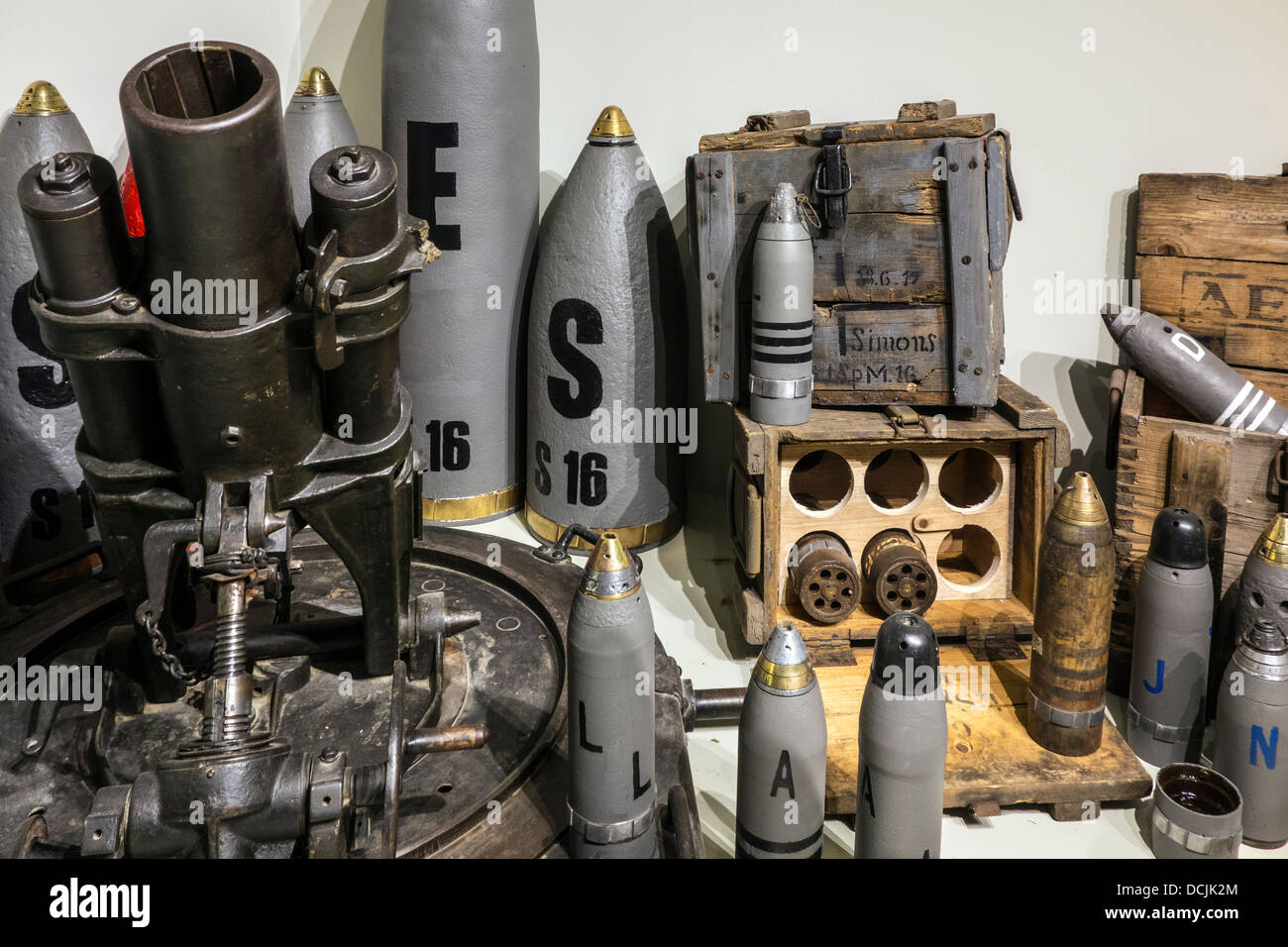 First World War One artillery munitions and Minenwerfer, German trench mortar in the Memorial Museum Passchendaele 1917, Belgium Stock Photohttps://www.alamy.com/image-license-details/?v=1https://www.alamy.com/stock-photo-first-world-war-one-artillery-munitions-and-minenwerfer-german-trench-59417084.html
First World War One artillery munitions and Minenwerfer, German trench mortar in the Memorial Museum Passchendaele 1917, Belgium Stock Photohttps://www.alamy.com/image-license-details/?v=1https://www.alamy.com/stock-photo-first-world-war-one-artillery-munitions-and-minenwerfer-german-trench-59417084.htmlRMDCJK2M–First World War One artillery munitions and Minenwerfer, German trench mortar in the Memorial Museum Passchendaele 1917, Belgium
 Brig. Gen. Ira L. Haynes, commanding general of the 64th Brigade during World War One, is pictured in this photograph. He oversaw the 140th F.A., 142nd F.A., 141st F.A., 114th Trench Mortar Battery, and 114th Ammunition Train. Gen. Haynes also served as a camp commander and commanded the Artillery School of Instruction in Le Valdahon, France. Stock Photohttps://www.alamy.com/image-license-details/?v=1https://www.alamy.com/brig-gen-ira-l-haynes-commanding-general-of-the-64th-brigade-during-world-war-one-is-pictured-in-this-photograph-he-oversaw-the-140th-fa-142nd-fa-141st-fa-114th-trench-mortar-battery-and-114th-ammunition-train-gen-haynes-also-served-as-a-camp-commander-and-commanded-the-artillery-school-of-instruction-in-le-valdahon-france-image558488121.html
Brig. Gen. Ira L. Haynes, commanding general of the 64th Brigade during World War One, is pictured in this photograph. He oversaw the 140th F.A., 142nd F.A., 141st F.A., 114th Trench Mortar Battery, and 114th Ammunition Train. Gen. Haynes also served as a camp commander and commanded the Artillery School of Instruction in Le Valdahon, France. Stock Photohttps://www.alamy.com/image-license-details/?v=1https://www.alamy.com/brig-gen-ira-l-haynes-commanding-general-of-the-64th-brigade-during-world-war-one-is-pictured-in-this-photograph-he-oversaw-the-140th-fa-142nd-fa-141st-fa-114th-trench-mortar-battery-and-114th-ammunition-train-gen-haynes-also-served-as-a-camp-commander-and-commanded-the-artillery-school-of-instruction-in-le-valdahon-france-image558488121.htmlRM2RCH989–Brig. Gen. Ira L. Haynes, commanding general of the 64th Brigade during World War One, is pictured in this photograph. He oversaw the 140th F.A., 142nd F.A., 141st F.A., 114th Trench Mortar Battery, and 114th Ammunition Train. Gen. Haynes also served as a camp commander and commanded the Artillery School of Instruction in Le Valdahon, France.
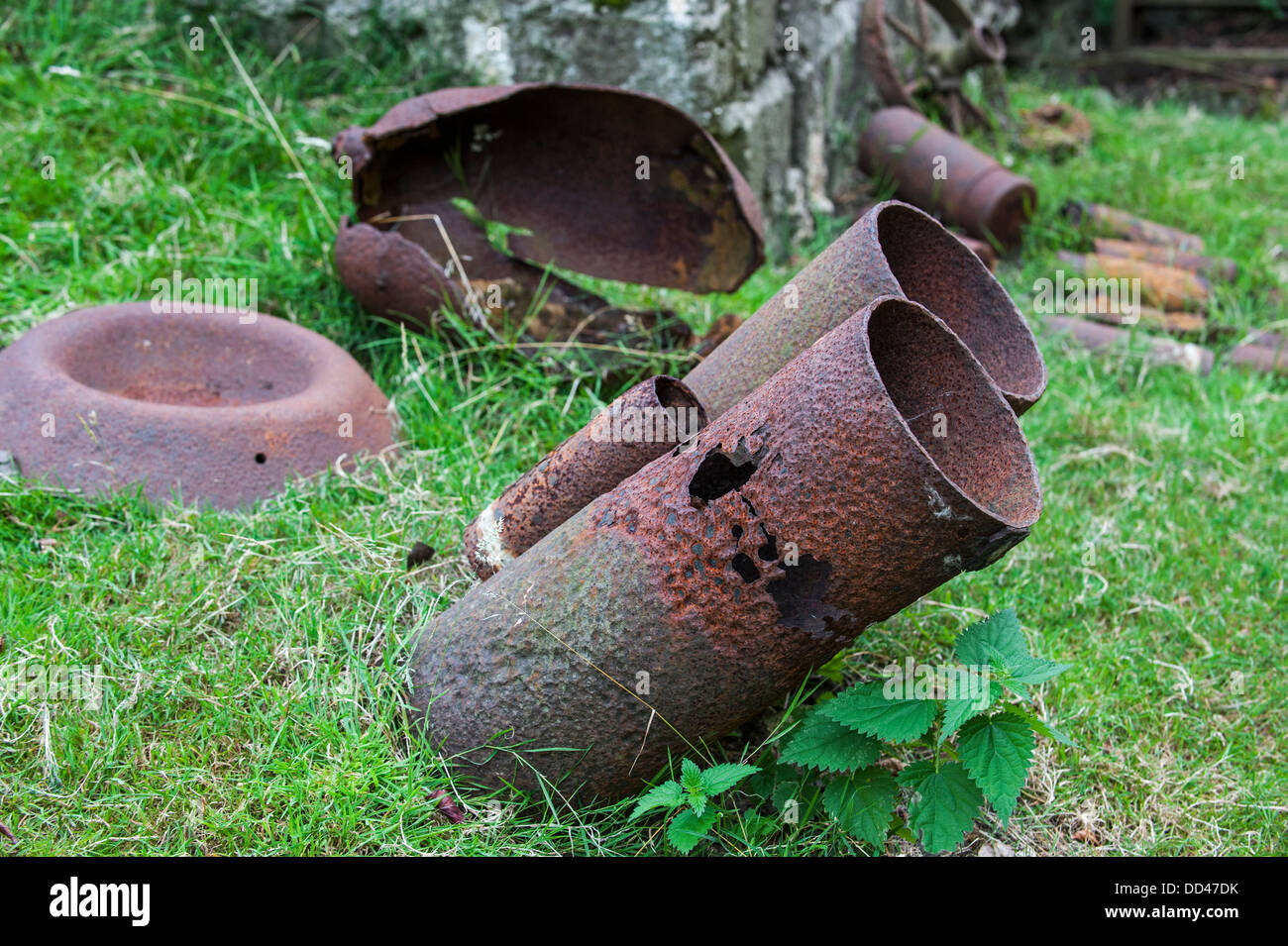 Base plate and Livens projectors, British mortars for firing poison gas canisters during the First World War One trench warfare Stock Photohttps://www.alamy.com/image-license-details/?v=1https://www.alamy.com/stock-photo-base-plate-and-livens-projectors-british-mortars-for-firing-poison-59715311.html
Base plate and Livens projectors, British mortars for firing poison gas canisters during the First World War One trench warfare Stock Photohttps://www.alamy.com/image-license-details/?v=1https://www.alamy.com/stock-photo-base-plate-and-livens-projectors-british-mortars-for-firing-poison-59715311.htmlRMDD47DK–Base plate and Livens projectors, British mortars for firing poison gas canisters during the First World War One trench warfare
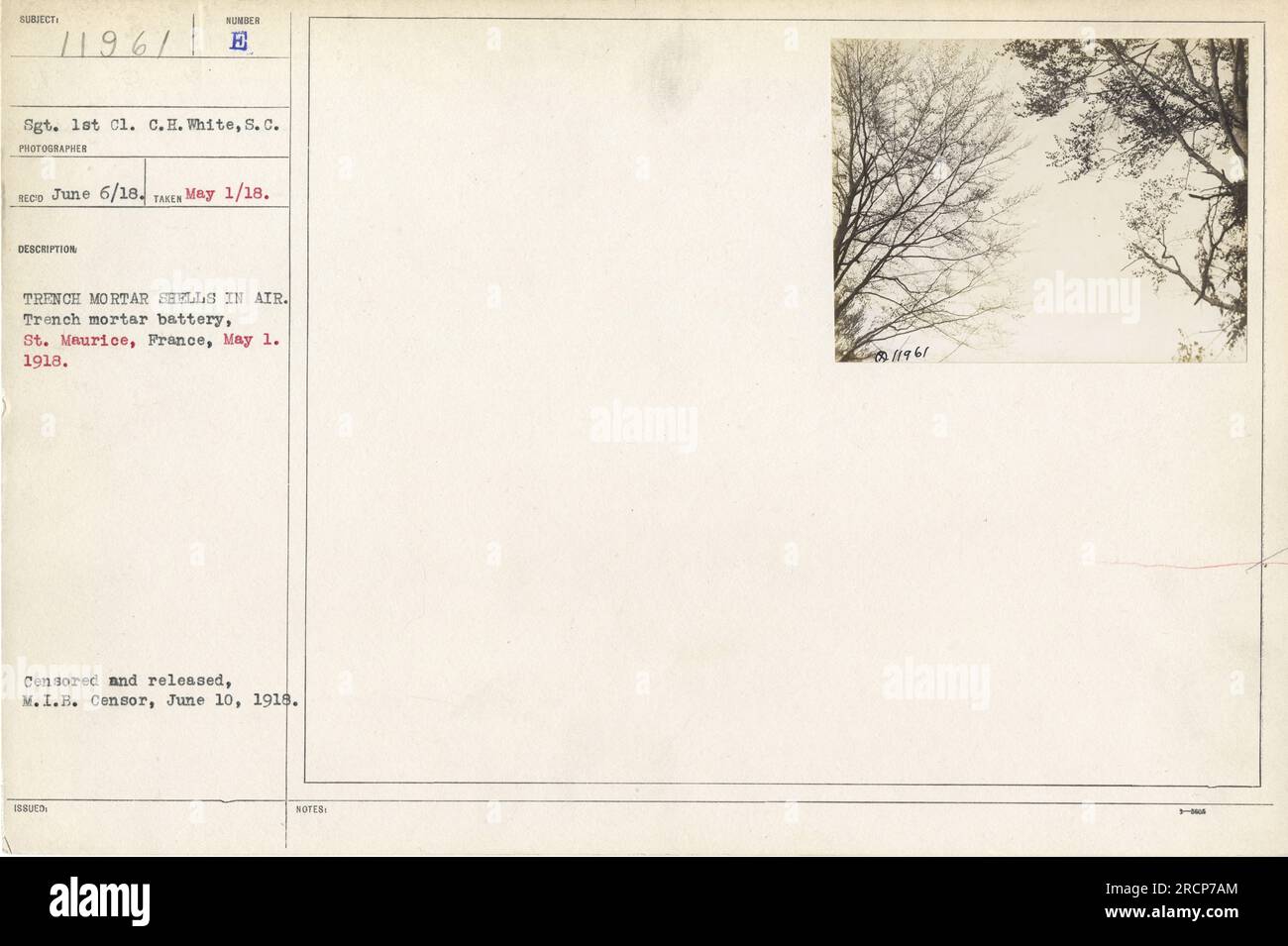 Soldier Sgt. 1st Class C.H. White of the Signal Corps photographed trench mortar shells in the air on May 1, 1918 in St. Maurice, France. The image was censored and released on June 10, 1918 by the M.I.B Censor. The photo illustrates American military activities during World War One. Stock Photohttps://www.alamy.com/image-license-details/?v=1https://www.alamy.com/soldier-sgt-1st-class-ch-white-of-the-signal-corps-photographed-trench-mortar-shells-in-the-air-on-may-1-1918-in-st-maurice-france-the-image-was-censored-and-released-on-june-10-1918-by-the-mib-censor-the-photo-illustrates-american-military-activities-during-world-war-one-image558596380.html
Soldier Sgt. 1st Class C.H. White of the Signal Corps photographed trench mortar shells in the air on May 1, 1918 in St. Maurice, France. The image was censored and released on June 10, 1918 by the M.I.B Censor. The photo illustrates American military activities during World War One. Stock Photohttps://www.alamy.com/image-license-details/?v=1https://www.alamy.com/soldier-sgt-1st-class-ch-white-of-the-signal-corps-photographed-trench-mortar-shells-in-the-air-on-may-1-1918-in-st-maurice-france-the-image-was-censored-and-released-on-june-10-1918-by-the-mib-censor-the-photo-illustrates-american-military-activities-during-world-war-one-image558596380.htmlRM2RCP7AM–Soldier Sgt. 1st Class C.H. White of the Signal Corps photographed trench mortar shells in the air on May 1, 1918 in St. Maurice, France. The image was censored and released on June 10, 1918 by the M.I.B Censor. The photo illustrates American military activities during World War One.
 Fusing Stokes trench mortar shells before going into the lines Stock Photohttps://www.alamy.com/image-license-details/?v=1https://www.alamy.com/stock-photo-fusing-stokes-trench-mortar-shells-before-going-into-the-lines-54839432.html
Fusing Stokes trench mortar shells before going into the lines Stock Photohttps://www.alamy.com/image-license-details/?v=1https://www.alamy.com/stock-photo-fusing-stokes-trench-mortar-shells-before-going-into-the-lines-54839432.htmlRMD56474–Fusing Stokes trench mortar shells before going into the lines
 Image: Trench Mortar at Aberdeen Proving Grounds, April 1918. Description: The photograph portrays a trench mortar at Aberdeen Proving Grounds, Maryland. Taken in April 1918, it provides a glimpse into the military activities during World War One. The mortar is positioned in a trench, showcasing the equipment utilized during training exercises and preparing soldiers for combat. Stock Photohttps://www.alamy.com/image-license-details/?v=1https://www.alamy.com/image-trench-mortar-at-aberdeen-proving-grounds-april-1918-description-the-photograph-portrays-a-trench-mortar-at-aberdeen-proving-grounds-maryland-taken-in-april-1918-it-provides-a-glimpse-into-the-military-activities-during-world-war-one-the-mortar-is-positioned-in-a-trench-showcasing-the-equipment-utilized-during-training-exercises-and-preparing-soldiers-for-combat-image558397951.html
Image: Trench Mortar at Aberdeen Proving Grounds, April 1918. Description: The photograph portrays a trench mortar at Aberdeen Proving Grounds, Maryland. Taken in April 1918, it provides a glimpse into the military activities during World War One. The mortar is positioned in a trench, showcasing the equipment utilized during training exercises and preparing soldiers for combat. Stock Photohttps://www.alamy.com/image-license-details/?v=1https://www.alamy.com/image-trench-mortar-at-aberdeen-proving-grounds-april-1918-description-the-photograph-portrays-a-trench-mortar-at-aberdeen-proving-grounds-maryland-taken-in-april-1918-it-provides-a-glimpse-into-the-military-activities-during-world-war-one-the-mortar-is-positioned-in-a-trench-showcasing-the-equipment-utilized-during-training-exercises-and-preparing-soldiers-for-combat-image558397951.htmlRM2RCD67Y–Image: Trench Mortar at Aberdeen Proving Grounds, April 1918. Description: The photograph portrays a trench mortar at Aberdeen Proving Grounds, Maryland. Taken in April 1918, it provides a glimpse into the military activities during World War One. The mortar is positioned in a trench, showcasing the equipment utilized during training exercises and preparing soldiers for combat.
 WW1 German trench mortar sitting rusting away at the Sanctuary Wood trenches near Ypres in Belgium. Stock Photohttps://www.alamy.com/image-license-details/?v=1https://www.alamy.com/stock-photo-ww1-german-trench-mortar-sitting-rusting-away-at-the-sanctuary-wood-52754266.html
WW1 German trench mortar sitting rusting away at the Sanctuary Wood trenches near Ypres in Belgium. Stock Photohttps://www.alamy.com/image-license-details/?v=1https://www.alamy.com/stock-photo-ww1-german-trench-mortar-sitting-rusting-away-at-the-sanctuary-wood-52754266.htmlRMD1R4GX–WW1 German trench mortar sitting rusting away at the Sanctuary Wood trenches near Ypres in Belgium.
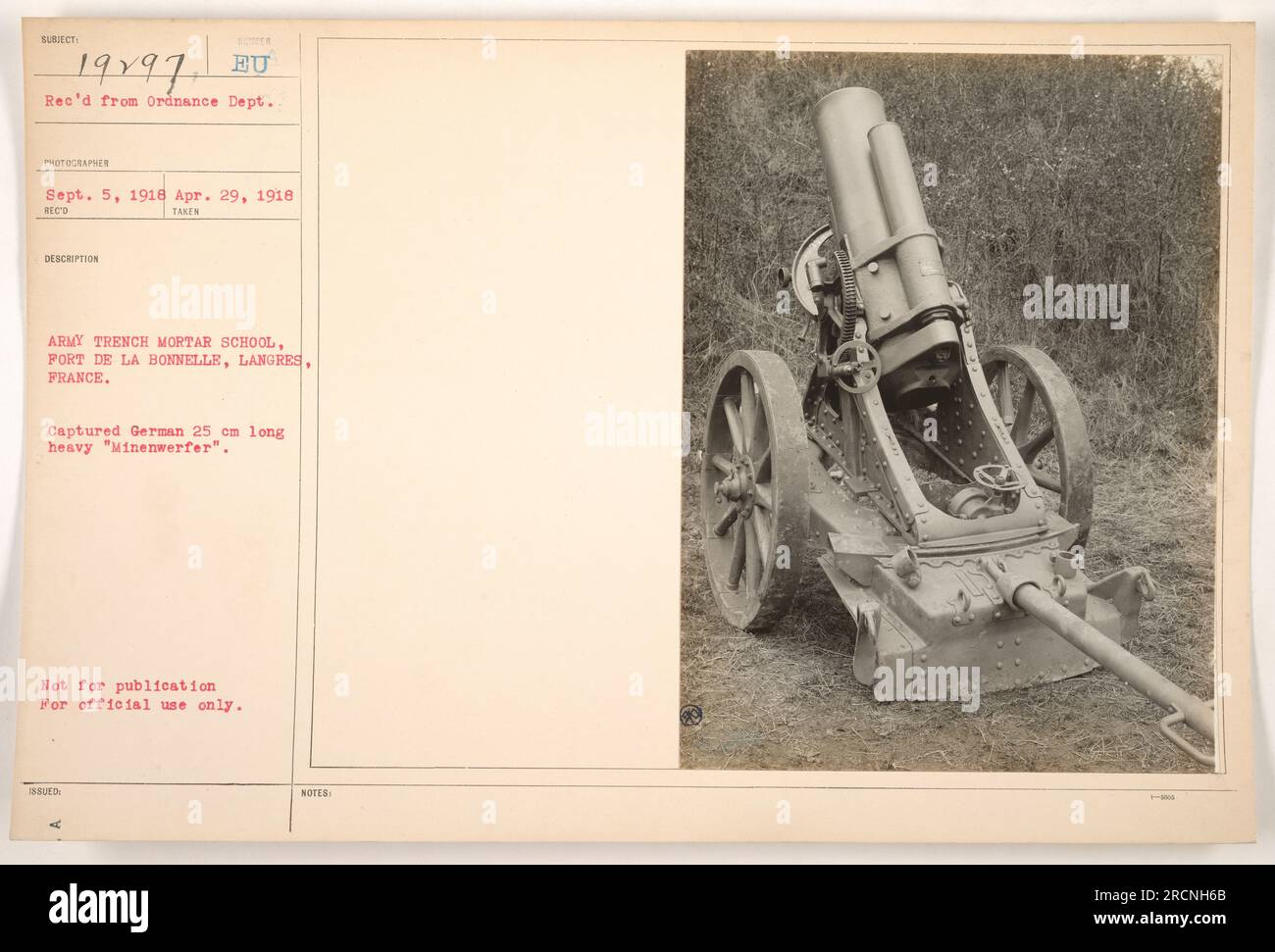 Soldiers practicing with a captured German 25 cm long heavy 'Minenwerfer' at the Army Trench Mortar School in Fort de la Bonnelle, Langres, France during World War One. This photo was taken on September 5, 1918 and received from the Ordnance Department on April 29, 1918. It is not for publication and is intended for official use only. Stock Photohttps://www.alamy.com/image-license-details/?v=1https://www.alamy.com/soldiers-practicing-with-a-captured-german-25-cm-long-heavy-minenwerfer-at-the-army-trench-mortar-school-in-fort-de-la-bonnelle-langres-france-during-world-war-one-this-photo-was-taken-on-september-5-1918-and-received-from-the-ordnance-department-on-april-29-1918-it-is-not-for-publication-and-is-intended-for-official-use-only-image558582147.html
Soldiers practicing with a captured German 25 cm long heavy 'Minenwerfer' at the Army Trench Mortar School in Fort de la Bonnelle, Langres, France during World War One. This photo was taken on September 5, 1918 and received from the Ordnance Department on April 29, 1918. It is not for publication and is intended for official use only. Stock Photohttps://www.alamy.com/image-license-details/?v=1https://www.alamy.com/soldiers-practicing-with-a-captured-german-25-cm-long-heavy-minenwerfer-at-the-army-trench-mortar-school-in-fort-de-la-bonnelle-langres-france-during-world-war-one-this-photo-was-taken-on-september-5-1918-and-received-from-the-ordnance-department-on-april-29-1918-it-is-not-for-publication-and-is-intended-for-official-use-only-image558582147.htmlRM2RCNH6B–Soldiers practicing with a captured German 25 cm long heavy 'Minenwerfer' at the Army Trench Mortar School in Fort de la Bonnelle, Langres, France during World War One. This photo was taken on September 5, 1918 and received from the Ordnance Department on April 29, 1918. It is not for publication and is intended for official use only.
![French soldiers raiding a German trench, First World War, 1914-1918, (1933). 'French troops making a daylight raid on the German trenches in search of prisoners for information purposes'. From "The Pageant of the Century". [Odhams Press Ltd, 1933] Stock Photo French soldiers raiding a German trench, First World War, 1914-1918, (1933). 'French troops making a daylight raid on the German trenches in search of prisoners for information purposes'. From "The Pageant of the Century". [Odhams Press Ltd, 1933] Stock Photo](https://c8.alamy.com/comp/WX0D4Y/french-soldiers-raiding-a-german-trench-first-world-war-1914-1918-1933-french-troops-making-a-daylight-raid-on-the-german-trenches-in-search-of-prisoners-for-information-purposes-from-quotthe-pageant-of-the-centuryquot-odhams-press-ltd-1933-WX0D4Y.jpg) French soldiers raiding a German trench, First World War, 1914-1918, (1933). 'French troops making a daylight raid on the German trenches in search of prisoners for information purposes'. From "The Pageant of the Century". [Odhams Press Ltd, 1933] Stock Photohttps://www.alamy.com/image-license-details/?v=1https://www.alamy.com/french-soldiers-raiding-a-german-trench-first-world-war-1914-1918-1933-french-troops-making-a-daylight-raid-on-the-german-trenches-in-search-of-prisoners-for-information-purposes-from-quotthe-pageant-of-the-centuryquot-odhams-press-ltd-1933-image274146907.html
French soldiers raiding a German trench, First World War, 1914-1918, (1933). 'French troops making a daylight raid on the German trenches in search of prisoners for information purposes'. From "The Pageant of the Century". [Odhams Press Ltd, 1933] Stock Photohttps://www.alamy.com/image-license-details/?v=1https://www.alamy.com/french-soldiers-raiding-a-german-trench-first-world-war-1914-1918-1933-french-troops-making-a-daylight-raid-on-the-german-trenches-in-search-of-prisoners-for-information-purposes-from-quotthe-pageant-of-the-centuryquot-odhams-press-ltd-1933-image274146907.htmlRMWX0D4Y–French soldiers raiding a German trench, First World War, 1914-1918, (1933). 'French troops making a daylight raid on the German trenches in search of prisoners for information purposes'. From "The Pageant of the Century". [Odhams Press Ltd, 1933]
 A view of a trench mortar battery operated by members of Co. C, 1st Gas Regt., showing a smoke screen in the distance. This image was taken at Le Neufour, Meuse, France, during World War One. The 80th Division, originally composed of troops from Virginia, Maryland, and Washington D.C., was organized and trained at Camp Lee, Petersp Burg, Virginia. Stock Photohttps://www.alamy.com/image-license-details/?v=1https://www.alamy.com/a-view-of-a-trench-mortar-battery-operated-by-members-of-co-c-1st-gas-regt-showing-a-smoke-screen-in-the-distance-this-image-was-taken-at-le-neufour-meuse-france-during-world-war-one-the-80th-division-originally-composed-of-troops-from-virginia-maryland-and-washington-dc-was-organized-and-trained-at-camp-lee-petersp-burg-virginia-image558118216.html
A view of a trench mortar battery operated by members of Co. C, 1st Gas Regt., showing a smoke screen in the distance. This image was taken at Le Neufour, Meuse, France, during World War One. The 80th Division, originally composed of troops from Virginia, Maryland, and Washington D.C., was organized and trained at Camp Lee, Petersp Burg, Virginia. Stock Photohttps://www.alamy.com/image-license-details/?v=1https://www.alamy.com/a-view-of-a-trench-mortar-battery-operated-by-members-of-co-c-1st-gas-regt-showing-a-smoke-screen-in-the-distance-this-image-was-taken-at-le-neufour-meuse-france-during-world-war-one-the-80th-division-originally-composed-of-troops-from-virginia-maryland-and-washington-dc-was-organized-and-trained-at-camp-lee-petersp-burg-virginia-image558118216.htmlRM2RC0DDC–A view of a trench mortar battery operated by members of Co. C, 1st Gas Regt., showing a smoke screen in the distance. This image was taken at Le Neufour, Meuse, France, during World War One. The 80th Division, originally composed of troops from Virginia, Maryland, and Washington D.C., was organized and trained at Camp Lee, Petersp Burg, Virginia.
 War Workers in the West Country, Britain, 1943 Women war workers on their way to the small West Country arms factory of J & F Pool Ltd in Hayle, Cornwall. The factory had produced one million trench mortar bombs and the workers were allowed to visit the range and see their work in action. Stock Photohttps://www.alamy.com/image-license-details/?v=1https://www.alamy.com/war-workers-in-the-west-country-britain-1943-women-war-workers-on-their-way-to-the-small-west-country-arms-factory-of-j-f-pool-ltd-in-hayle-cornwall-the-factory-had-produced-one-million-trench-mortar-bombs-and-the-workers-were-allowed-to-visit-the-range-and-see-their-work-in-action-image568987411.html
War Workers in the West Country, Britain, 1943 Women war workers on their way to the small West Country arms factory of J & F Pool Ltd in Hayle, Cornwall. The factory had produced one million trench mortar bombs and the workers were allowed to visit the range and see their work in action. Stock Photohttps://www.alamy.com/image-license-details/?v=1https://www.alamy.com/war-workers-in-the-west-country-britain-1943-women-war-workers-on-their-way-to-the-small-west-country-arms-factory-of-j-f-pool-ltd-in-hayle-cornwall-the-factory-had-produced-one-million-trench-mortar-bombs-and-the-workers-were-allowed-to-visit-the-range-and-see-their-work-in-action-image568987411.htmlRM2T1KH6Y–War Workers in the West Country, Britain, 1943 Women war workers on their way to the small West Country arms factory of J & F Pool Ltd in Hayle, Cornwall. The factory had produced one million trench mortar bombs and the workers were allowed to visit the range and see their work in action.
 Soldier Cpl. Paul O. Bogart, serving in the U.S. Army, captured this photograph on September 10, 1918, during World War One. The image shows an unexploded trench mortar bomb in the surroundings of Co. M, 6th Infantry, located near Croix de Charemont in France. The date and location of the photo were confirmed by the A.E.F. Censor. No further details were provided. Stock Photohttps://www.alamy.com/image-license-details/?v=1https://www.alamy.com/soldier-cpl-paul-o-bogart-serving-in-the-us-army-captured-this-photograph-on-september-10-1918-during-world-war-one-the-image-shows-an-unexploded-trench-mortar-bomb-in-the-surroundings-of-co-m-6th-infantry-located-near-croix-de-charemont-in-france-the-date-and-location-of-the-photo-were-confirmed-by-the-aef-censor-no-further-details-were-provided-image558541268.html
Soldier Cpl. Paul O. Bogart, serving in the U.S. Army, captured this photograph on September 10, 1918, during World War One. The image shows an unexploded trench mortar bomb in the surroundings of Co. M, 6th Infantry, located near Croix de Charemont in France. The date and location of the photo were confirmed by the A.E.F. Censor. No further details were provided. Stock Photohttps://www.alamy.com/image-license-details/?v=1https://www.alamy.com/soldier-cpl-paul-o-bogart-serving-in-the-us-army-captured-this-photograph-on-september-10-1918-during-world-war-one-the-image-shows-an-unexploded-trench-mortar-bomb-in-the-surroundings-of-co-m-6th-infantry-located-near-croix-de-charemont-in-france-the-date-and-location-of-the-photo-were-confirmed-by-the-aef-censor-no-further-details-were-provided-image558541268.htmlRM2RCKN2C–Soldier Cpl. Paul O. Bogart, serving in the U.S. Army, captured this photograph on September 10, 1918, during World War One. The image shows an unexploded trench mortar bomb in the surroundings of Co. M, 6th Infantry, located near Croix de Charemont in France. The date and location of the photo were confirmed by the A.E.F. Censor. No further details were provided.
 Fields pocked with craters and full of unexploded bombs from WWI near the Canadian National Vimy Memorial (First World War Memorial) near Arras. Stock Photohttps://www.alamy.com/image-license-details/?v=1https://www.alamy.com/fields-pocked-with-craters-and-full-of-unexploded-bombs-from-wwi-near-the-canadian-national-vimy-memorial-first-world-war-memorial-near-arras-image337641110.html
Fields pocked with craters and full of unexploded bombs from WWI near the Canadian National Vimy Memorial (First World War Memorial) near Arras. Stock Photohttps://www.alamy.com/image-license-details/?v=1https://www.alamy.com/fields-pocked-with-craters-and-full-of-unexploded-bombs-from-wwi-near-the-canadian-national-vimy-memorial-first-world-war-memorial-near-arras-image337641110.htmlRF2AH8TK2–Fields pocked with craters and full of unexploded bombs from WWI near the Canadian National Vimy Memorial (First World War Memorial) near Arras.
 '1st Lt. Richard W. Sears of the S.R.C. took this photograph on December 27, 1918. The image shows a trench mortar battery operated by members of Company C, 1st Gas Regiment, creating a smoke screen in the distance. This took place in Le Neufour, Meuse, France, as part of the 80th Division's activities during World War One. The photograph was passed by the A.E.P. censor, with no information about the exact date.' Stock Photohttps://www.alamy.com/image-license-details/?v=1https://www.alamy.com/1st-lt-richard-w-sears-of-the-src-took-this-photograph-on-december-27-1918-the-image-shows-a-trench-mortar-battery-operated-by-members-of-company-c-1st-gas-regiment-creating-a-smoke-screen-in-the-distance-this-took-place-in-le-neufour-meuse-france-as-part-of-the-80th-divisions-activities-during-world-war-one-the-photograph-was-passed-by-the-aep-censor-with-no-information-about-the-exact-date-image558116441.html
'1st Lt. Richard W. Sears of the S.R.C. took this photograph on December 27, 1918. The image shows a trench mortar battery operated by members of Company C, 1st Gas Regiment, creating a smoke screen in the distance. This took place in Le Neufour, Meuse, France, as part of the 80th Division's activities during World War One. The photograph was passed by the A.E.P. censor, with no information about the exact date.' Stock Photohttps://www.alamy.com/image-license-details/?v=1https://www.alamy.com/1st-lt-richard-w-sears-of-the-src-took-this-photograph-on-december-27-1918-the-image-shows-a-trench-mortar-battery-operated-by-members-of-company-c-1st-gas-regiment-creating-a-smoke-screen-in-the-distance-this-took-place-in-le-neufour-meuse-france-as-part-of-the-80th-divisions-activities-during-world-war-one-the-photograph-was-passed-by-the-aep-censor-with-no-information-about-the-exact-date-image558116441.htmlRM2RC0B61–'1st Lt. Richard W. Sears of the S.R.C. took this photograph on December 27, 1918. The image shows a trench mortar battery operated by members of Company C, 1st Gas Regiment, creating a smoke screen in the distance. This took place in Le Neufour, Meuse, France, as part of the 80th Division's activities during World War One. The photograph was passed by the A.E.P. censor, with no information about the exact date.'
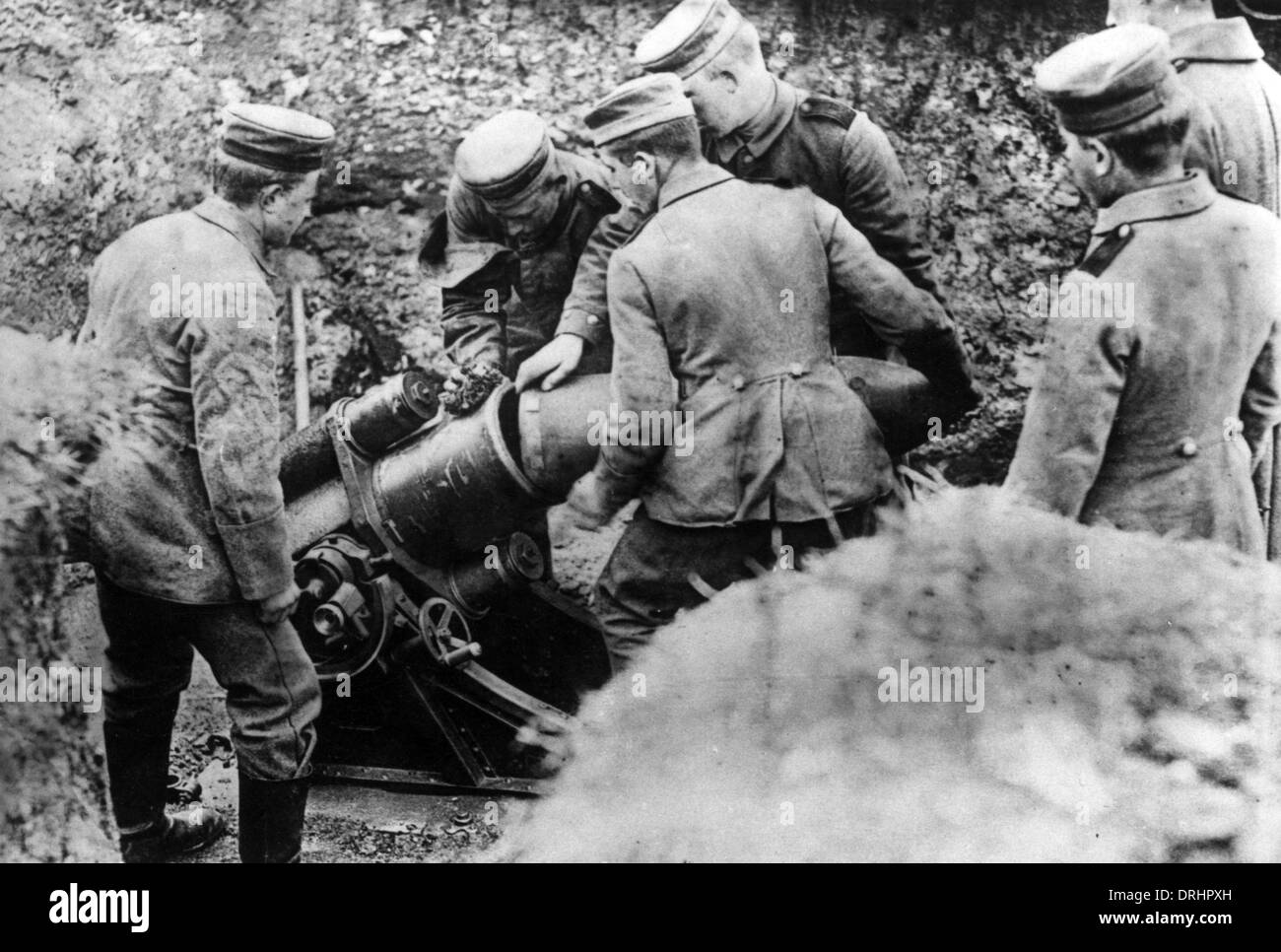 German gunners loading 25cm trench mortar, WW1 Stock Photohttps://www.alamy.com/image-license-details/?v=1https://www.alamy.com/german-gunners-loading-25cm-trench-mortar-ww1-image66159369.html
German gunners loading 25cm trench mortar, WW1 Stock Photohttps://www.alamy.com/image-license-details/?v=1https://www.alamy.com/german-gunners-loading-25cm-trench-mortar-ww1-image66159369.htmlRMDRHPXH–German gunners loading 25cm trench mortar, WW1
 Image 111-SC-39725 is a photograph taken by Lt. Sintzenich on November 22, 1918. It shows a German trench mortar known as Number H. The mortar has a caliber of 6 5/8 inches and is 2 feet 6 inches long. It is marked Nr. 2335 M.F.T. 1916 and was discovered in London, England. This particular image is from a collection of American military activities during World War One. Stock Photohttps://www.alamy.com/image-license-details/?v=1https://www.alamy.com/image-111-sc-39725-is-a-photograph-taken-by-lt-sintzenich-on-november-22-1918-it-shows-a-german-trench-mortar-known-as-number-h-the-mortar-has-a-caliber-of-6-58-inches-and-is-2-feet-6-inches-long-it-is-marked-nr-2335-mft-1916-and-was-discovered-in-london-england-this-particular-image-is-from-a-collection-of-american-military-activities-during-world-war-one-image558336320.html
Image 111-SC-39725 is a photograph taken by Lt. Sintzenich on November 22, 1918. It shows a German trench mortar known as Number H. The mortar has a caliber of 6 5/8 inches and is 2 feet 6 inches long. It is marked Nr. 2335 M.F.T. 1916 and was discovered in London, England. This particular image is from a collection of American military activities during World War One. Stock Photohttps://www.alamy.com/image-license-details/?v=1https://www.alamy.com/image-111-sc-39725-is-a-photograph-taken-by-lt-sintzenich-on-november-22-1918-it-shows-a-german-trench-mortar-known-as-number-h-the-mortar-has-a-caliber-of-6-58-inches-and-is-2-feet-6-inches-long-it-is-marked-nr-2335-mft-1916-and-was-discovered-in-london-england-this-particular-image-is-from-a-collection-of-american-military-activities-during-world-war-one-image558336320.htmlRM2RCABJT–Image 111-SC-39725 is a photograph taken by Lt. Sintzenich on November 22, 1918. It shows a German trench mortar known as Number H. The mortar has a caliber of 6 5/8 inches and is 2 feet 6 inches long. It is marked Nr. 2335 M.F.T. 1916 and was discovered in London, England. This particular image is from a collection of American military activities during World War One.
 World War One postcard In Out for Victory series by artist L Raven-Hill in Out for Victory series Stock Photohttps://www.alamy.com/image-license-details/?v=1https://www.alamy.com/stock-photo-world-war-one-postcard-in-out-for-victory-series-by-artist-l-raven-53281933.html
World War One postcard In Out for Victory series by artist L Raven-Hill in Out for Victory series Stock Photohttps://www.alamy.com/image-license-details/?v=1https://www.alamy.com/stock-photo-world-war-one-postcard-in-out-for-victory-series-by-artist-l-raven-53281933.htmlRMD2K5J5–World War One postcard In Out for Victory series by artist L Raven-Hill in Out for Victory series
 Soldier firing a Stokes Trench Mortar in open warfare position during World War One. The tripod for the mortar is not visible as it is seldom carried. This photograph, taken on November 3, 1918, shows Lt. Estep of the 142nd Regiment Infantry, previously known as the 7th Regiment Infantry Texas N.G. and 1st Regiment Infantry Okla N.G., in Ville-sur-Tierre, France. Issued by A.E.F. censor, with the notes stating its identification as 24424. Stock Photohttps://www.alamy.com/image-license-details/?v=1https://www.alamy.com/soldier-firing-a-stokes-trench-mortar-in-open-warfare-position-during-world-war-one-the-tripod-for-the-mortar-is-not-visible-as-it-is-seldom-carried-this-photograph-taken-on-november-3-1918-shows-lt-estep-of-the-142nd-regiment-infantry-previously-known-as-the-7th-regiment-infantry-texas-ng-and-1st-regiment-infantry-okla-ng-in-ville-sur-tierre-france-issued-by-aef-censor-with-the-notes-stating-its-identification-as-24424-image558389648.html
Soldier firing a Stokes Trench Mortar in open warfare position during World War One. The tripod for the mortar is not visible as it is seldom carried. This photograph, taken on November 3, 1918, shows Lt. Estep of the 142nd Regiment Infantry, previously known as the 7th Regiment Infantry Texas N.G. and 1st Regiment Infantry Okla N.G., in Ville-sur-Tierre, France. Issued by A.E.F. censor, with the notes stating its identification as 24424. Stock Photohttps://www.alamy.com/image-license-details/?v=1https://www.alamy.com/soldier-firing-a-stokes-trench-mortar-in-open-warfare-position-during-world-war-one-the-tripod-for-the-mortar-is-not-visible-as-it-is-seldom-carried-this-photograph-taken-on-november-3-1918-shows-lt-estep-of-the-142nd-regiment-infantry-previously-known-as-the-7th-regiment-infantry-texas-ng-and-1st-regiment-infantry-okla-ng-in-ville-sur-tierre-france-issued-by-aef-censor-with-the-notes-stating-its-identification-as-24424-image558389648.htmlRM2RCCRKC–Soldier firing a Stokes Trench Mortar in open warfare position during World War One. The tripod for the mortar is not visible as it is seldom carried. This photograph, taken on November 3, 1918, shows Lt. Estep of the 142nd Regiment Infantry, previously known as the 7th Regiment Infantry Texas N.G. and 1st Regiment Infantry Okla N.G., in Ville-sur-Tierre, France. Issued by A.E.F. censor, with the notes stating its identification as 24424.